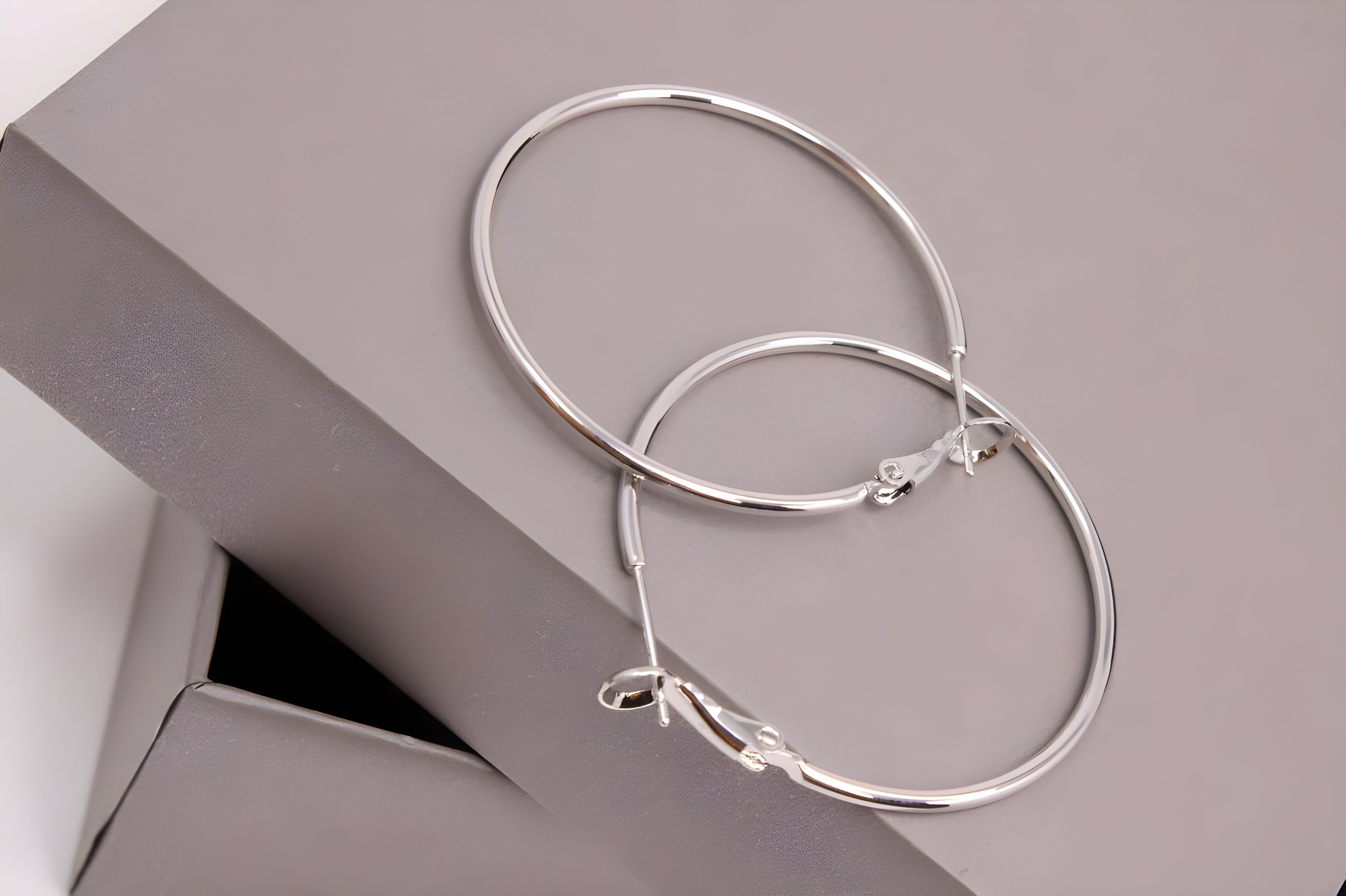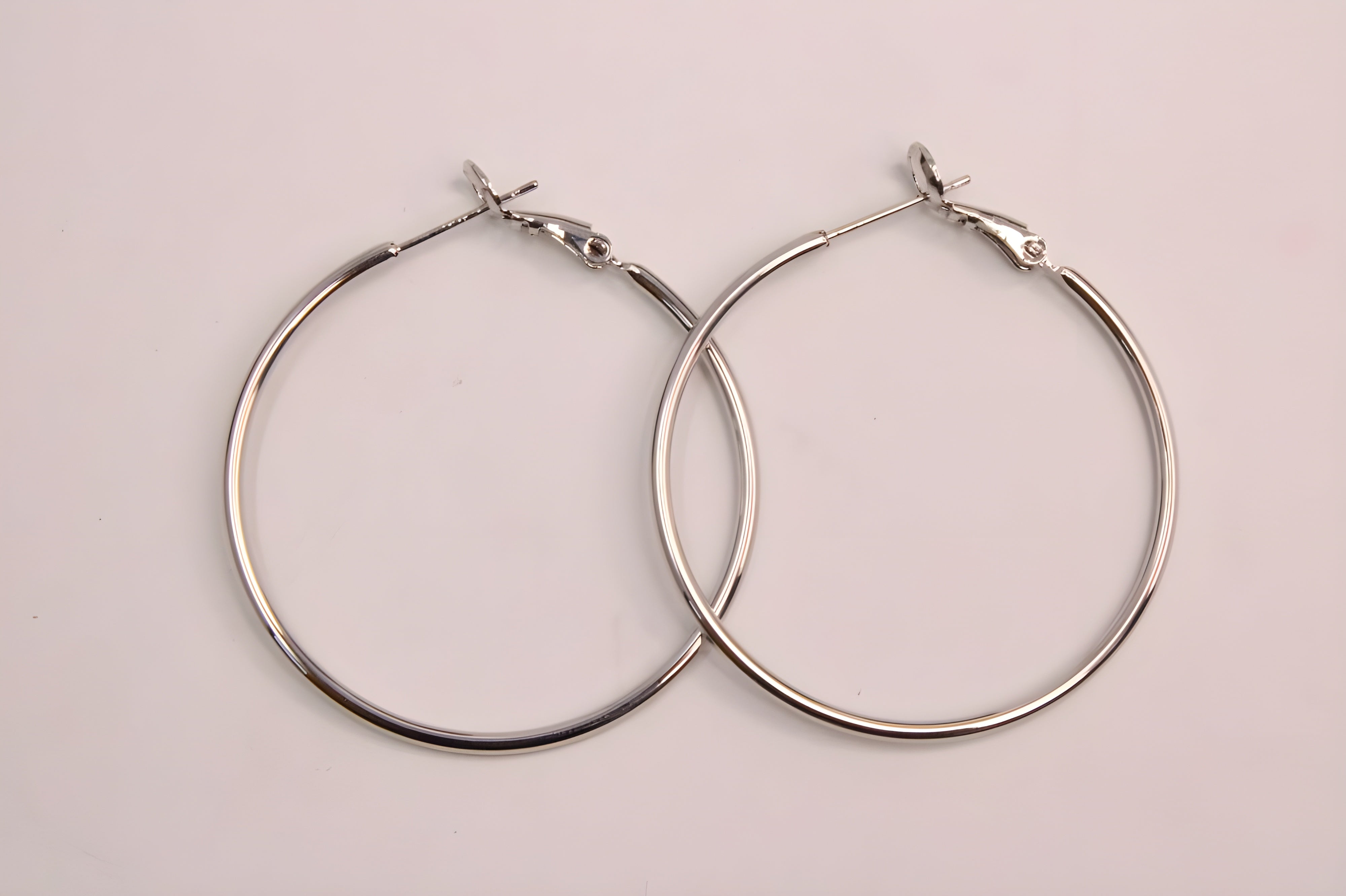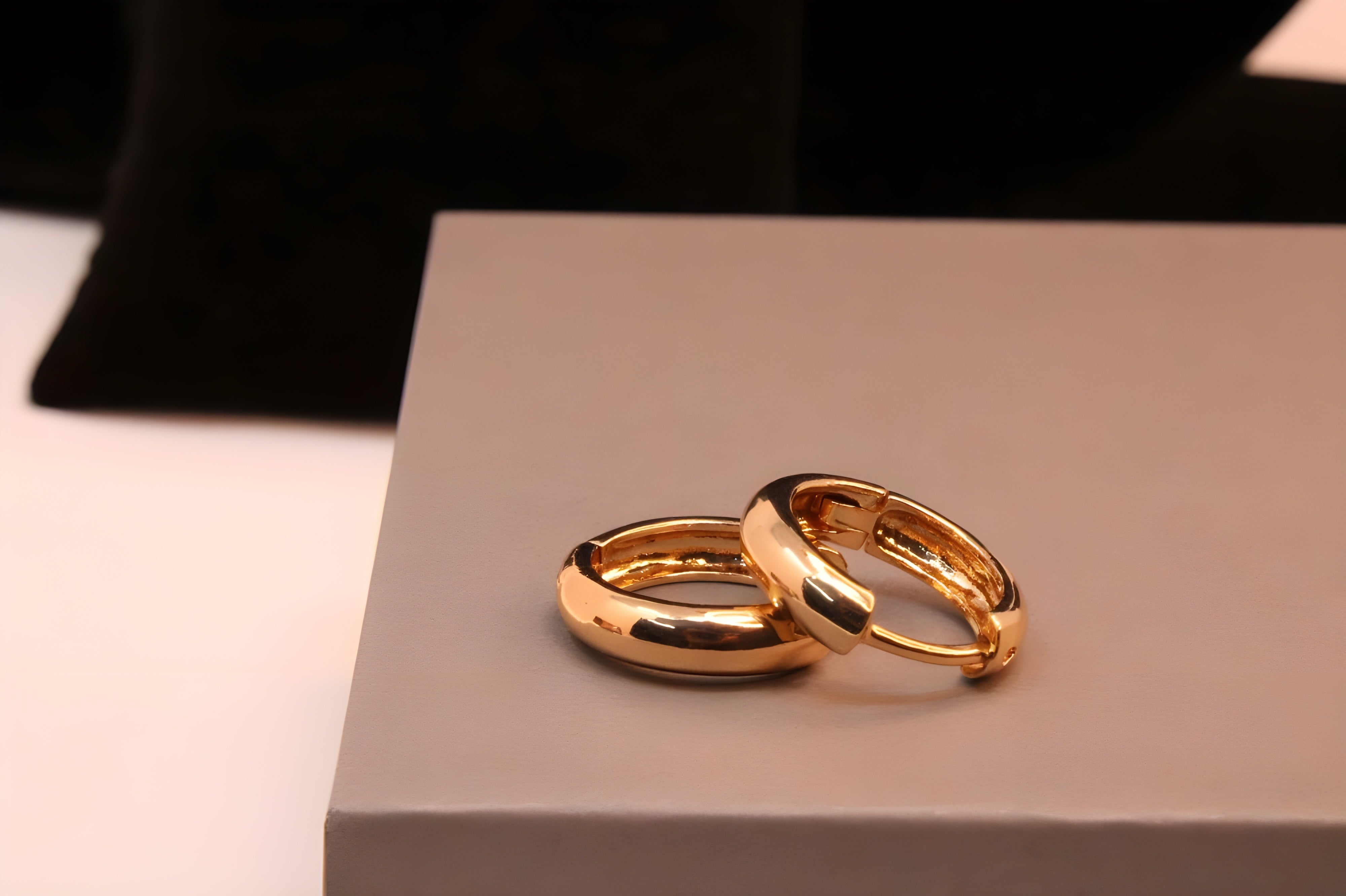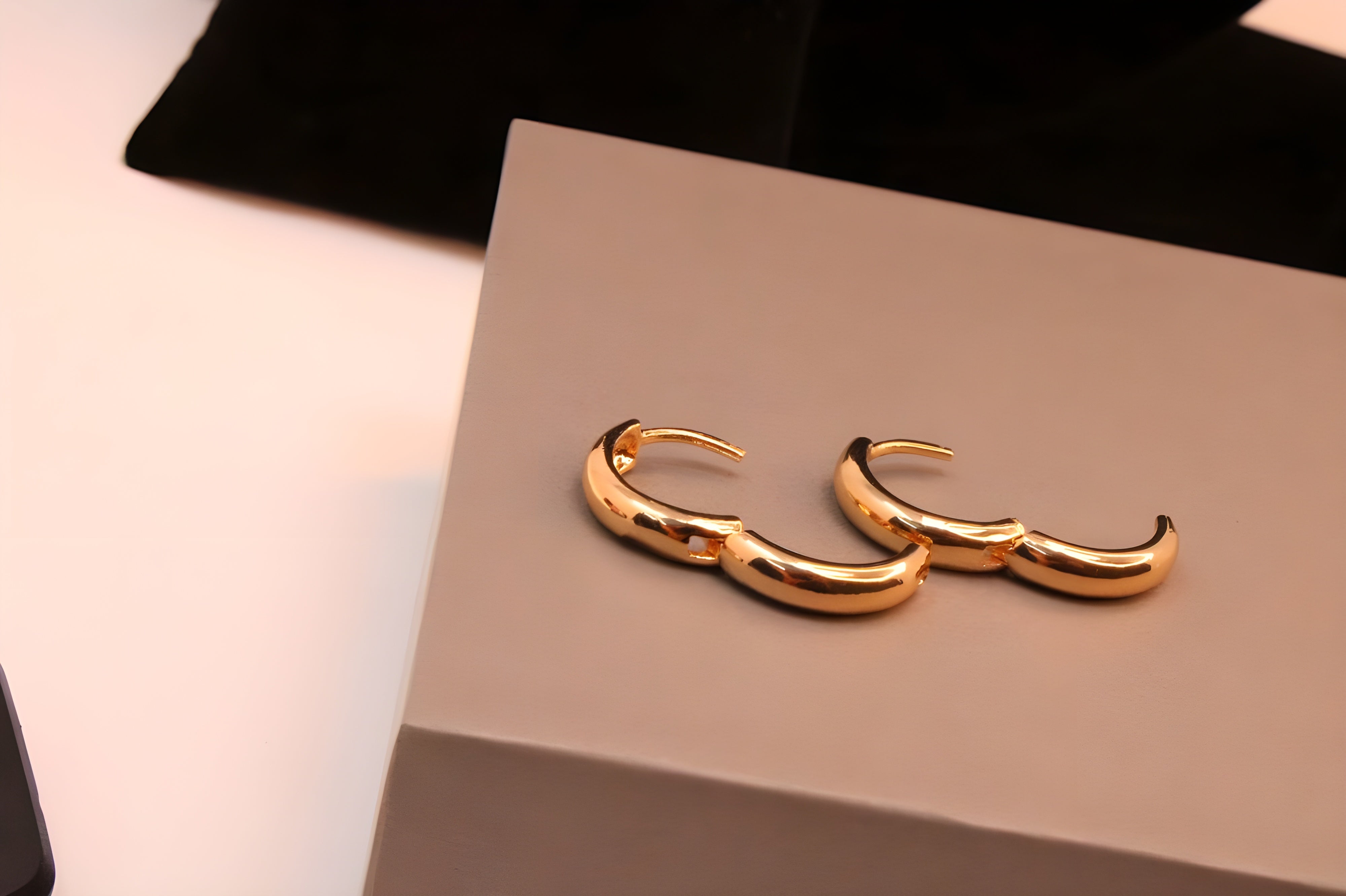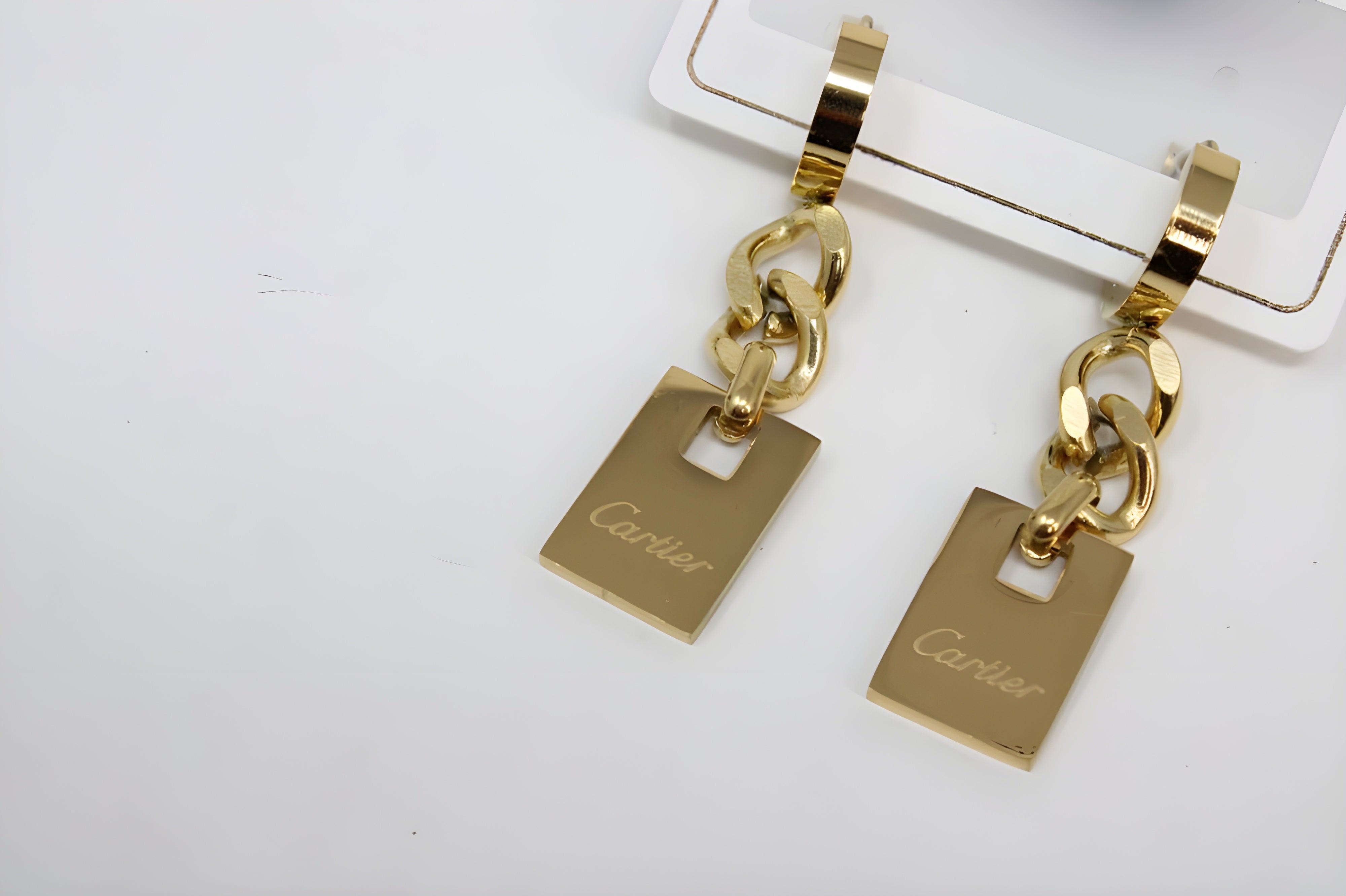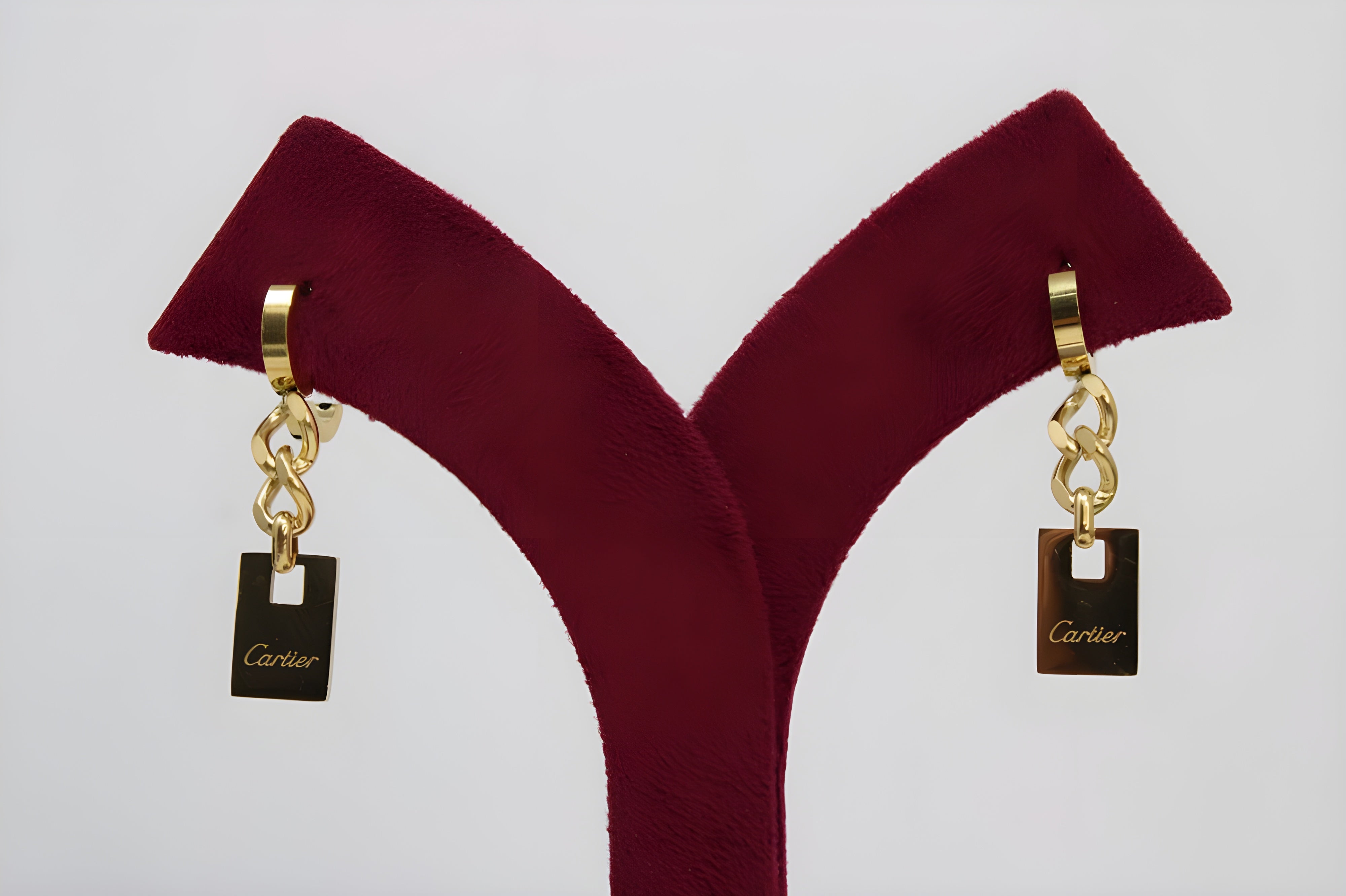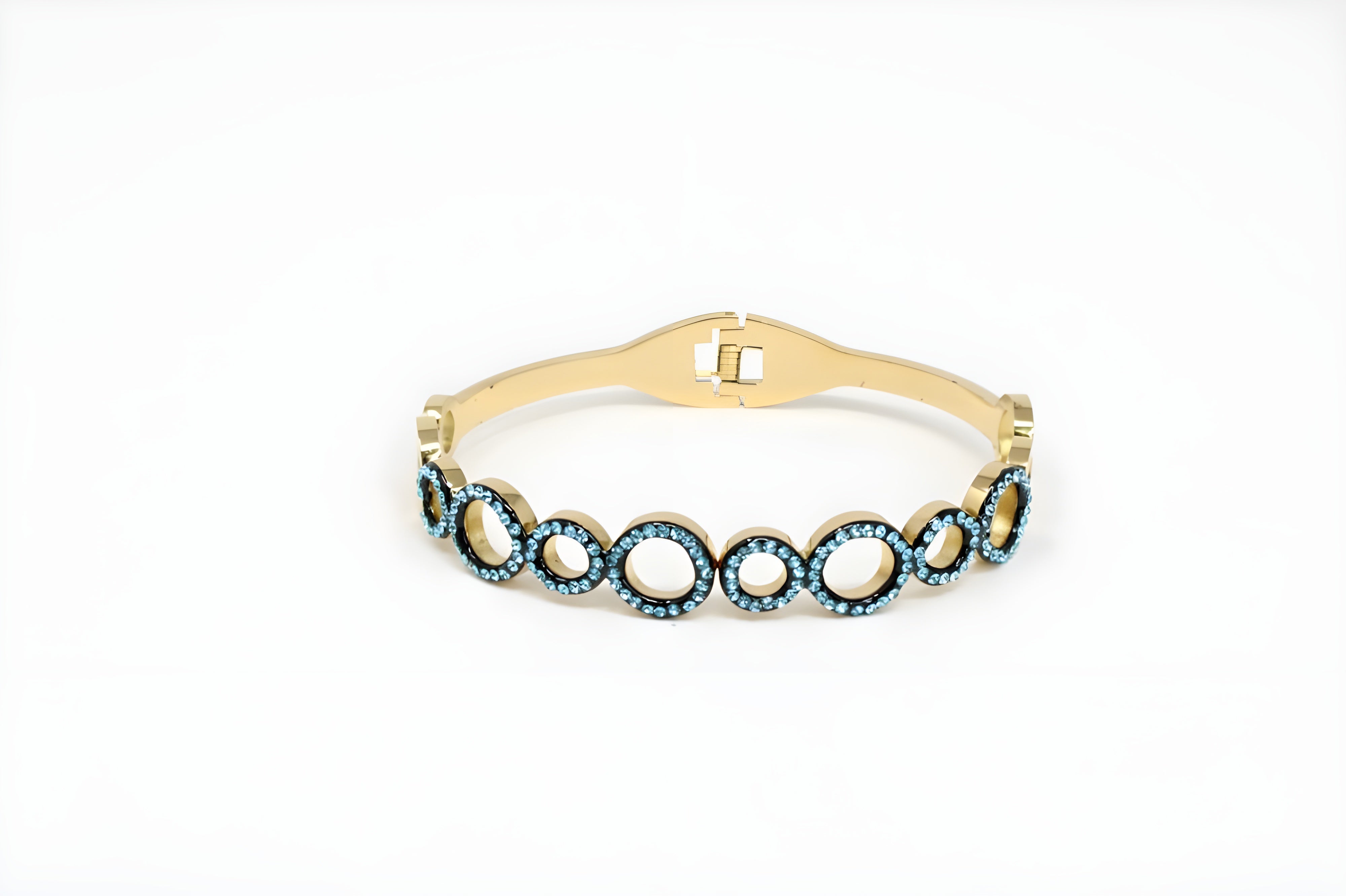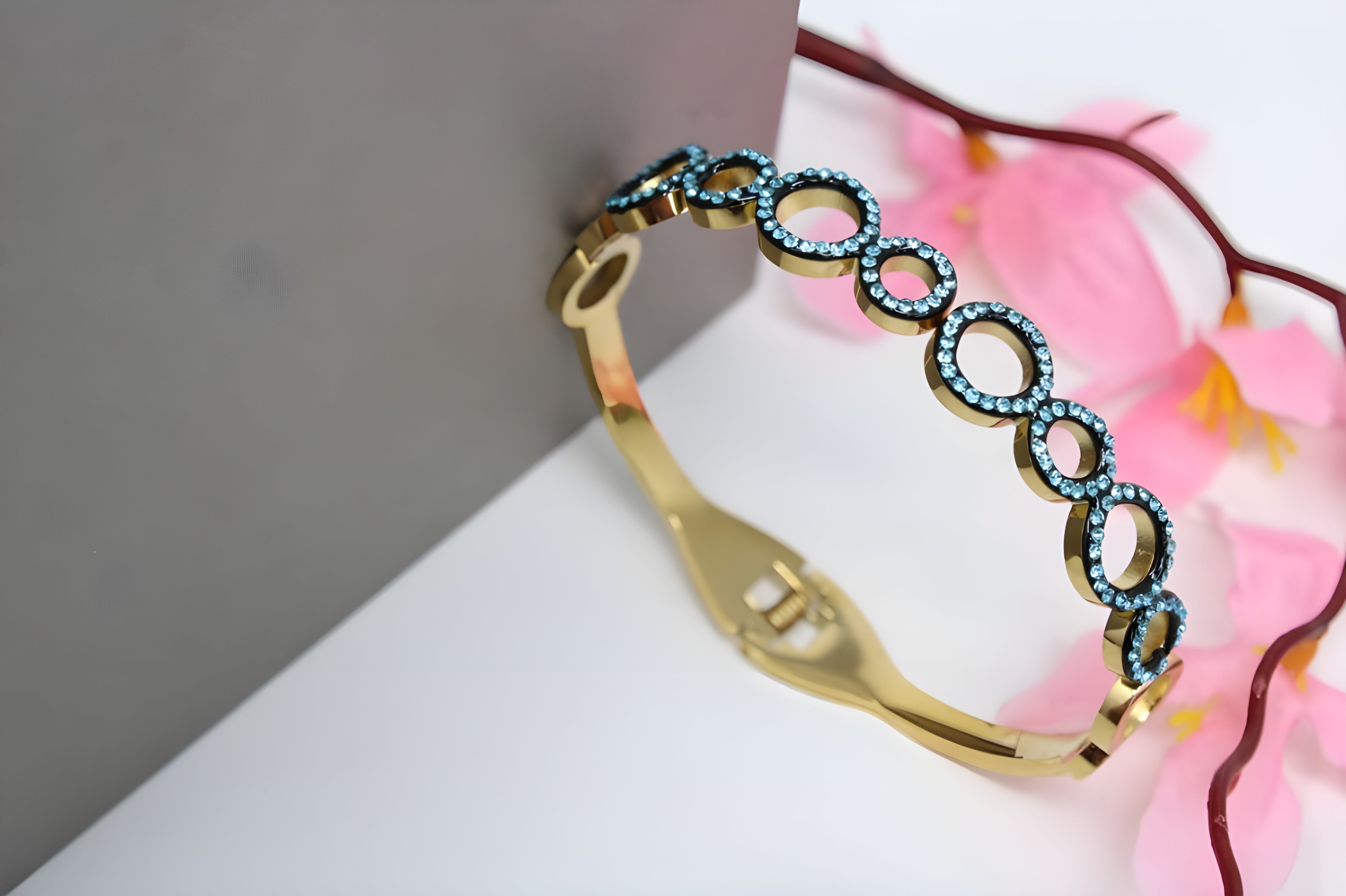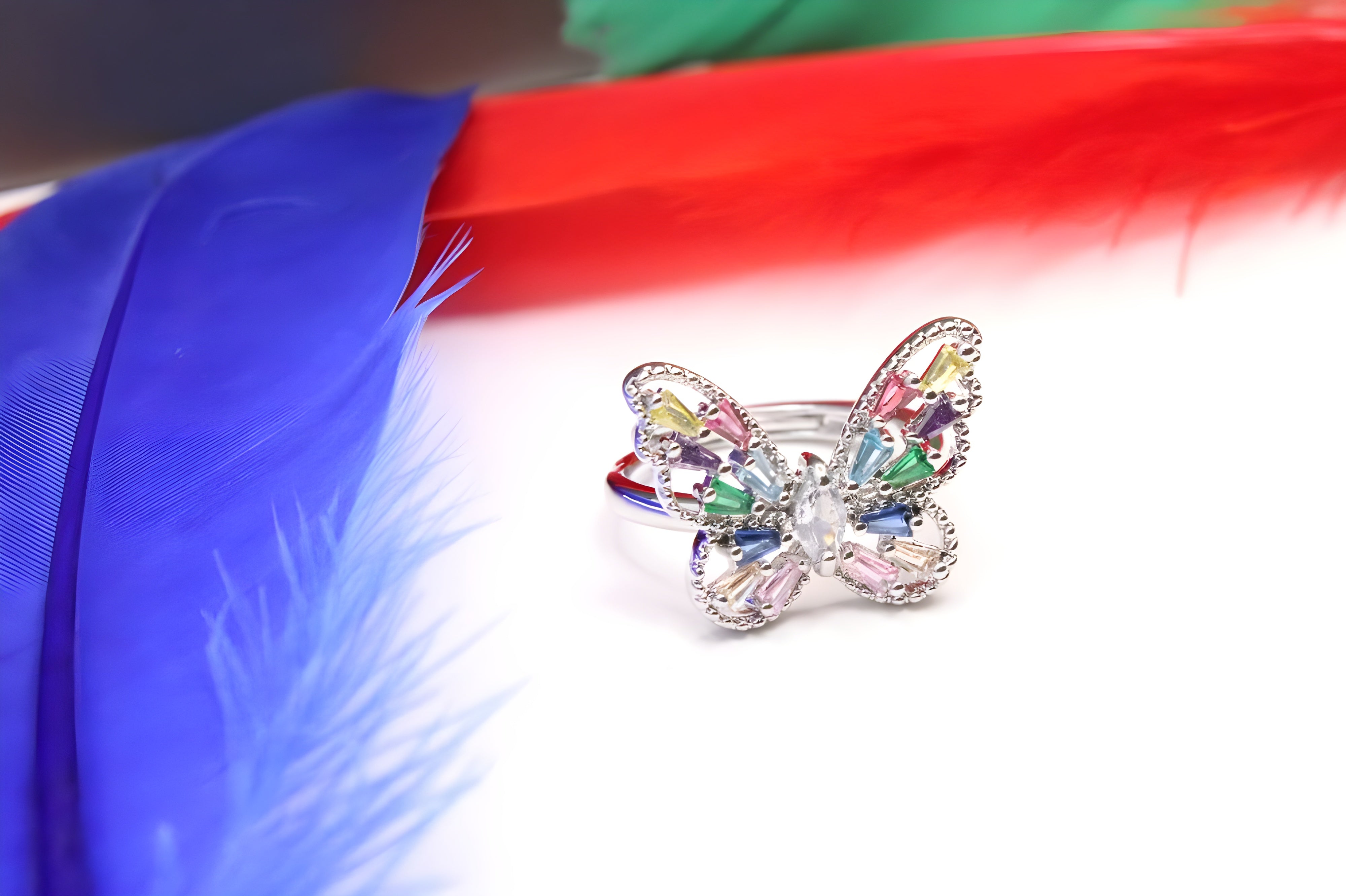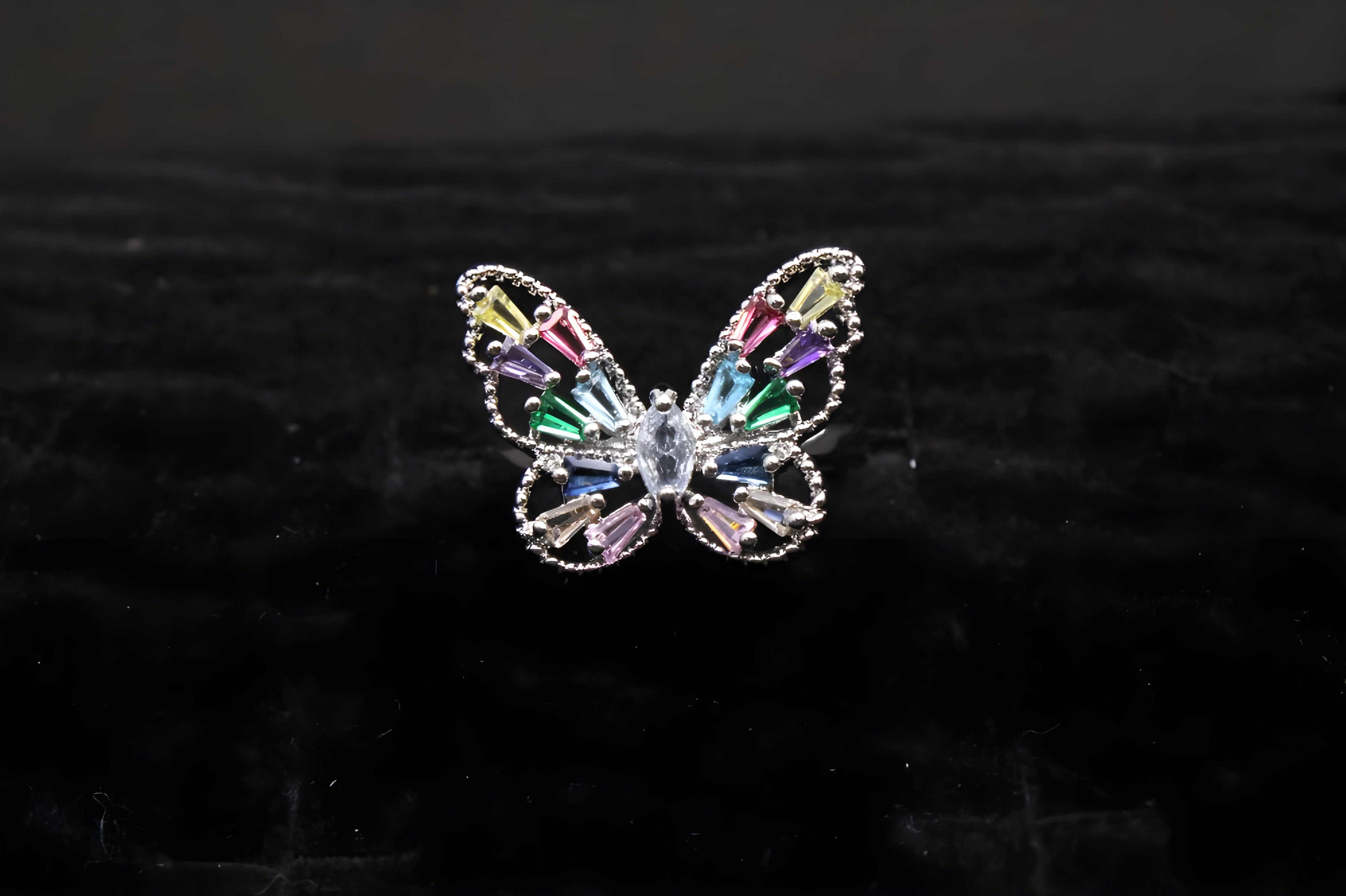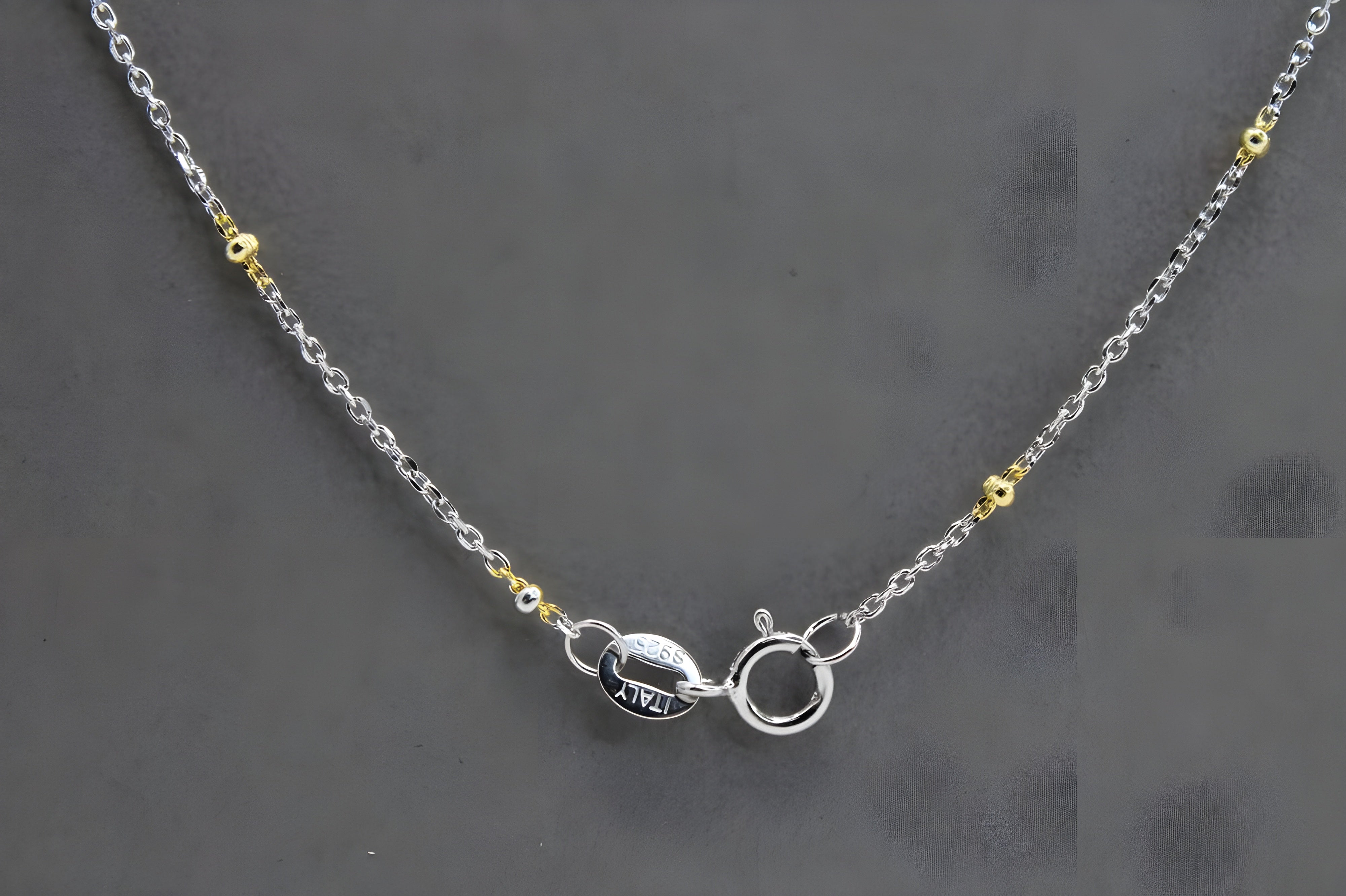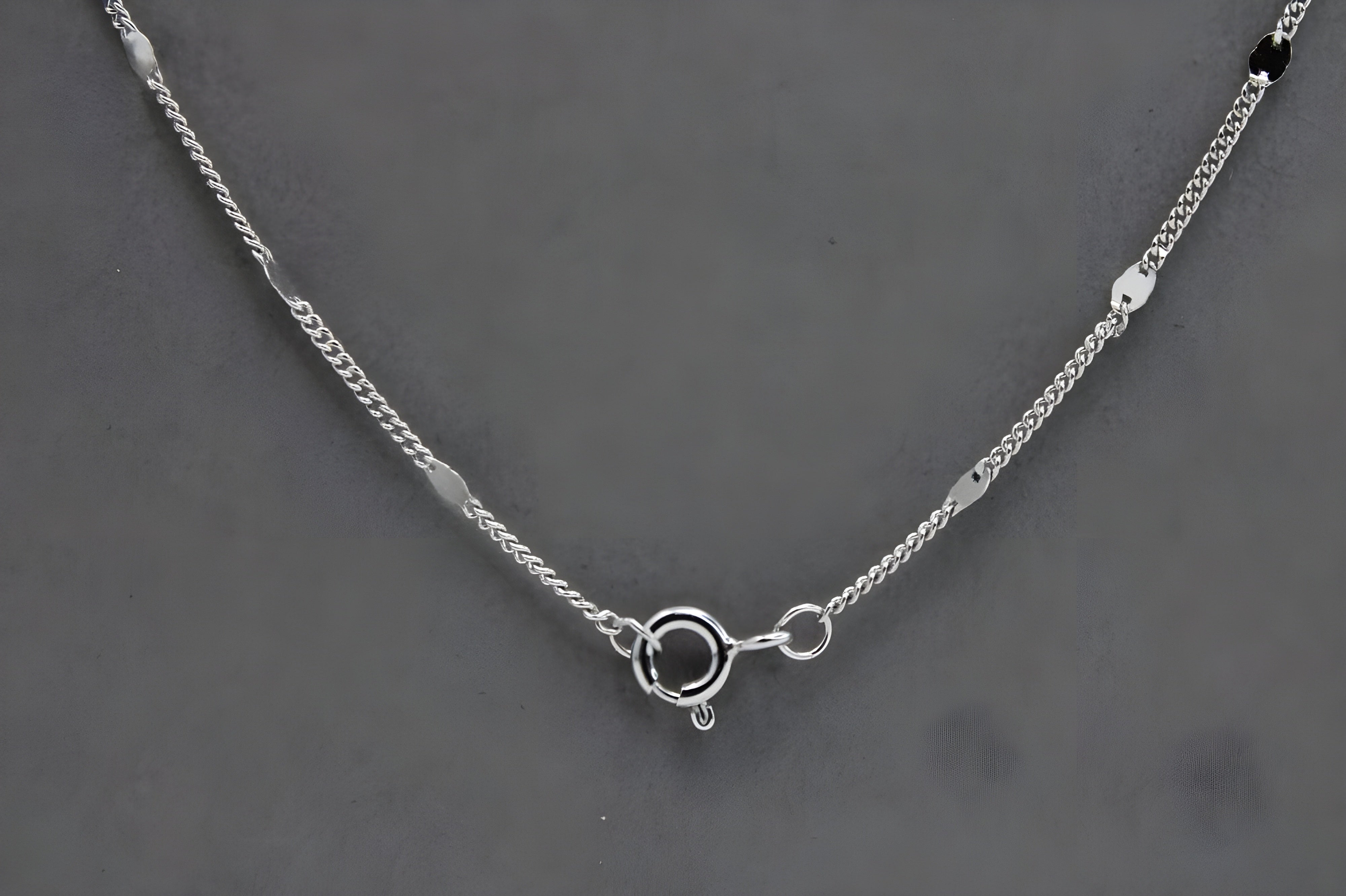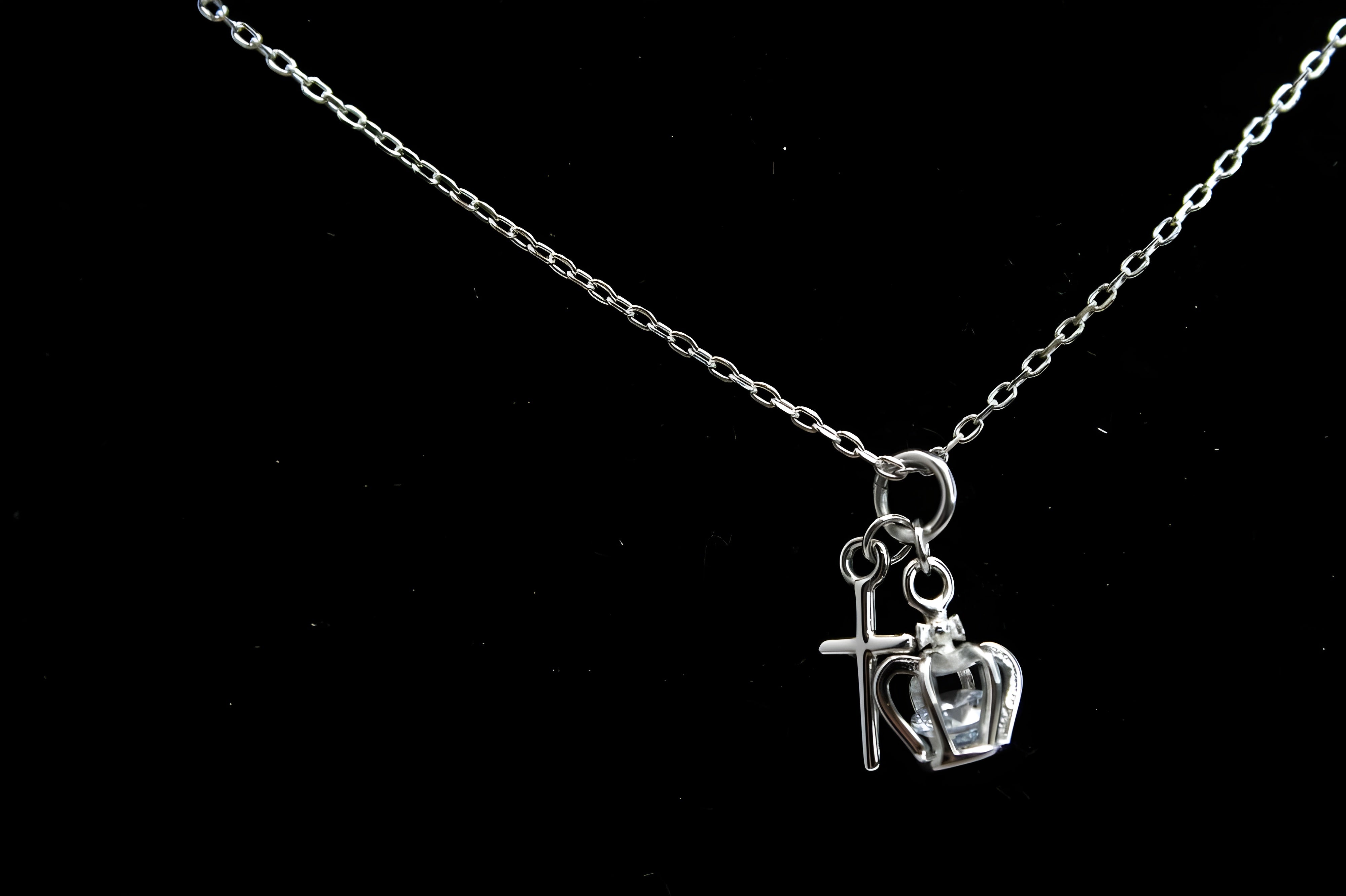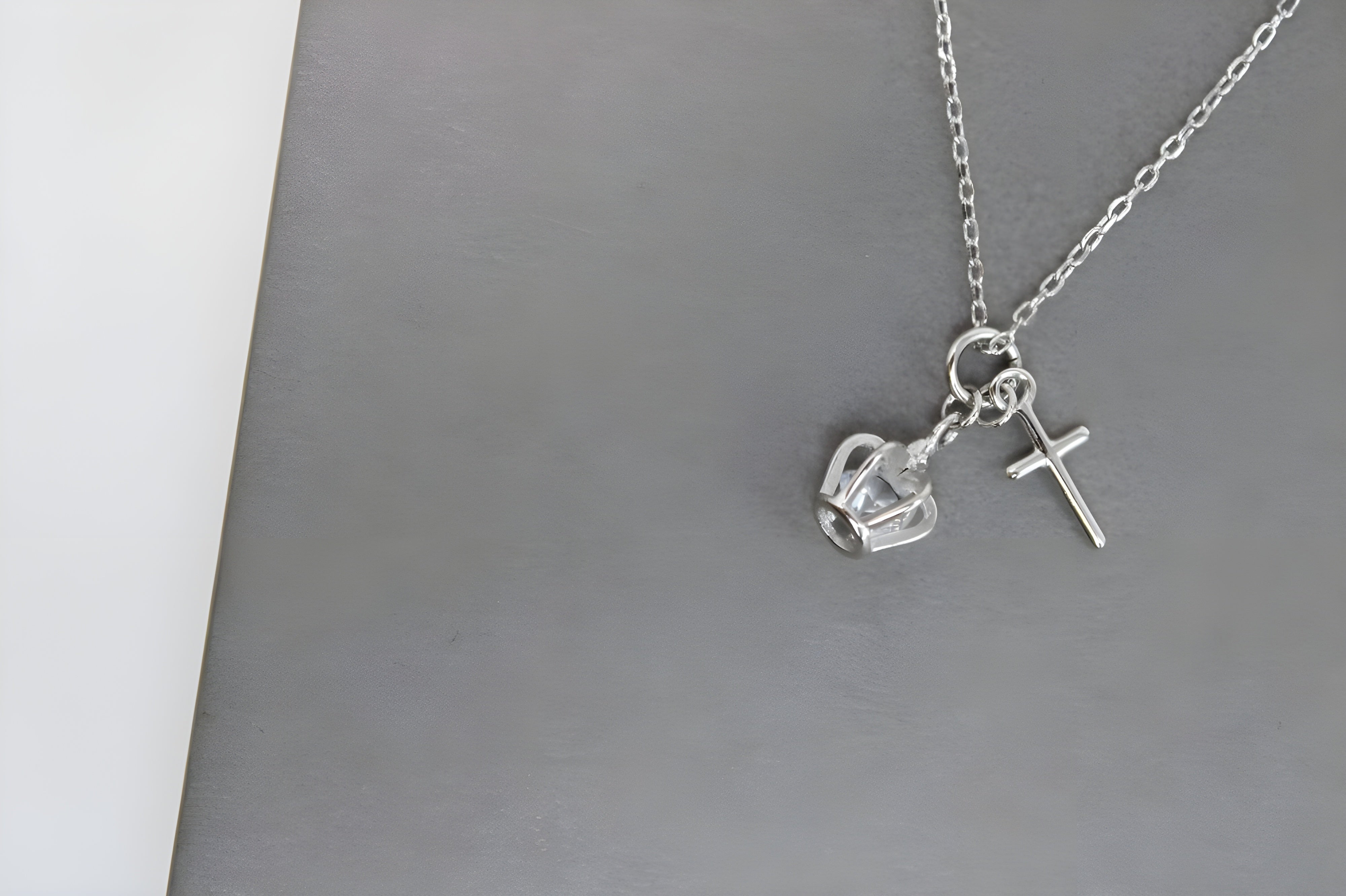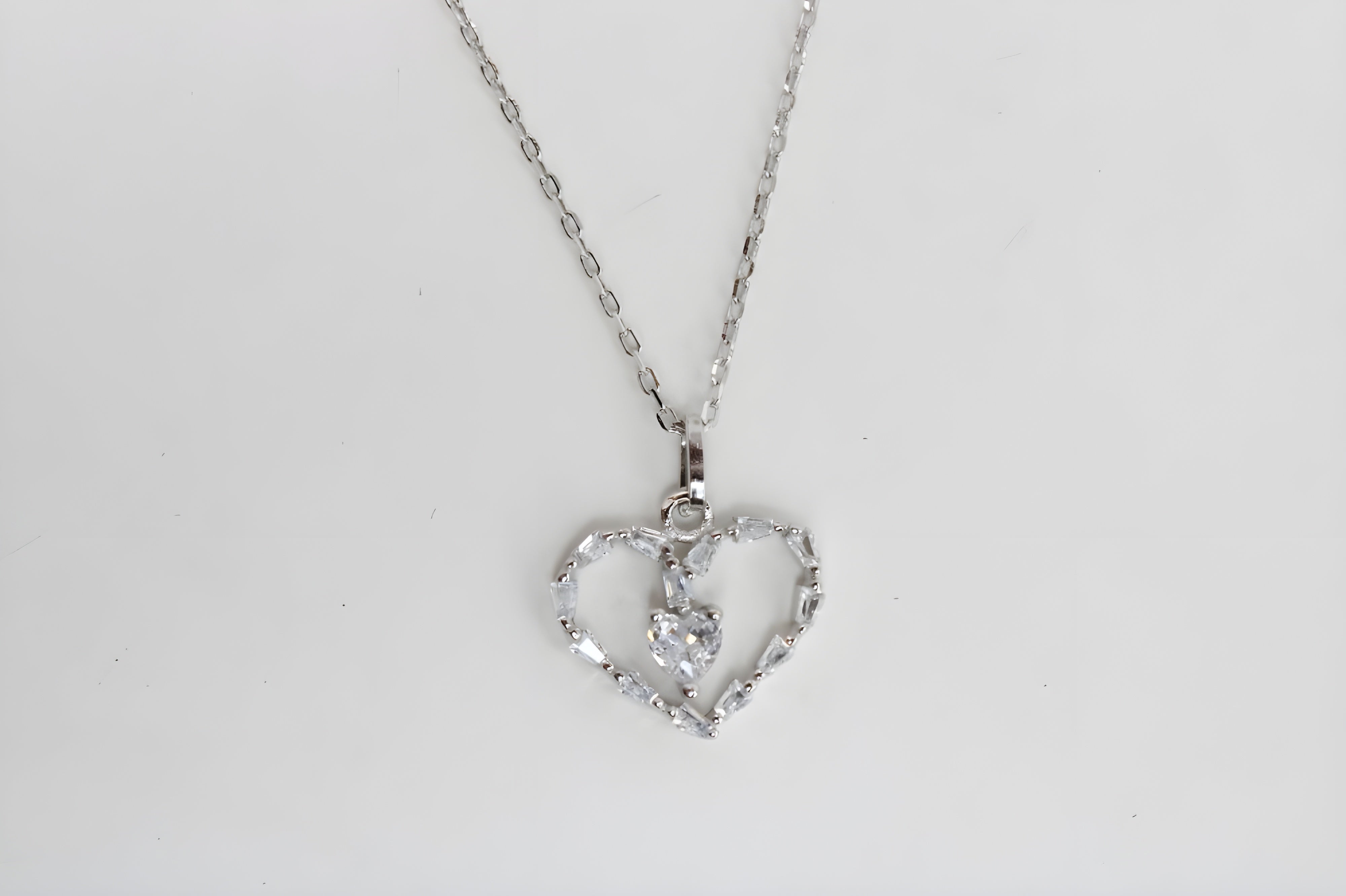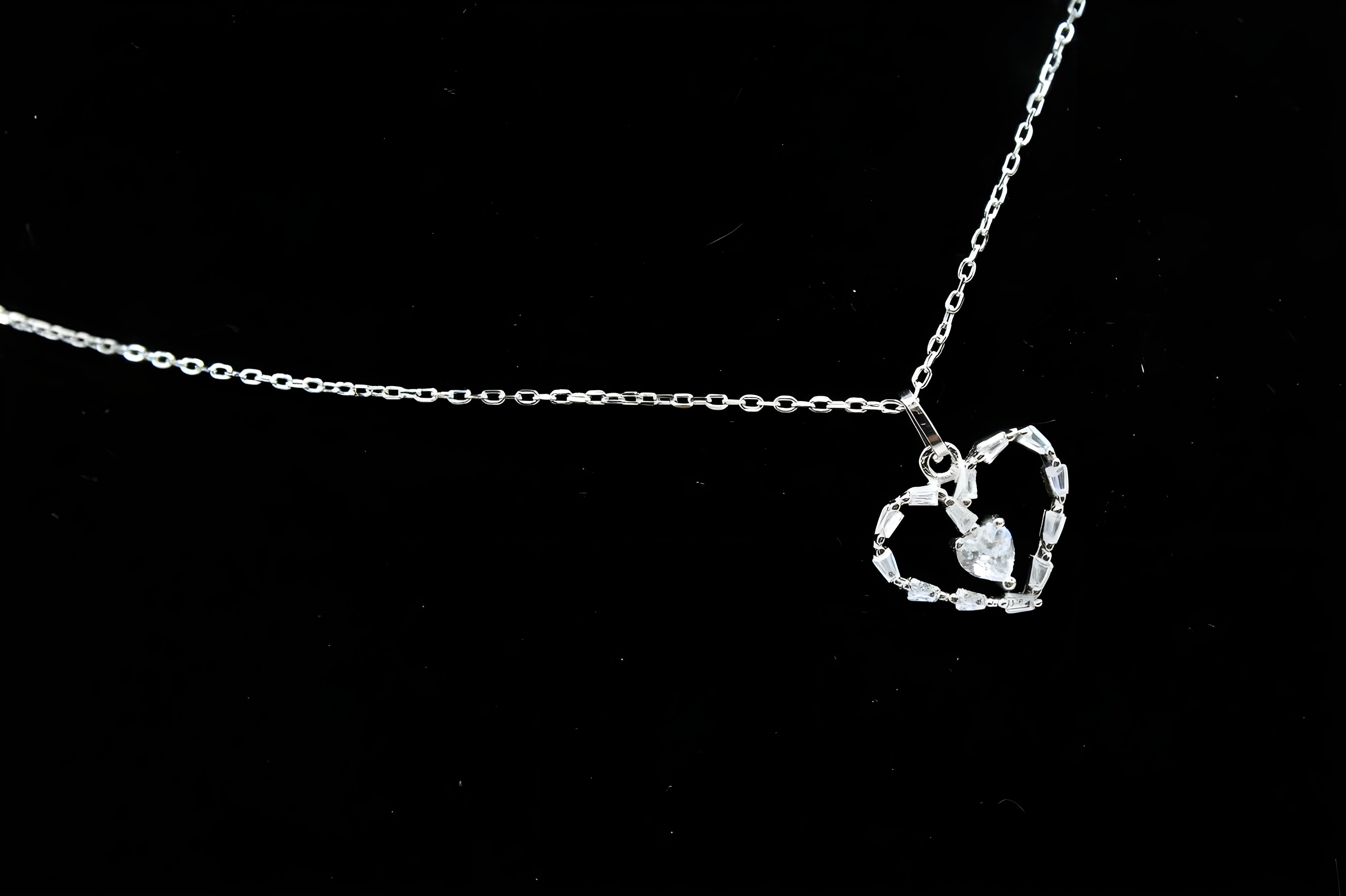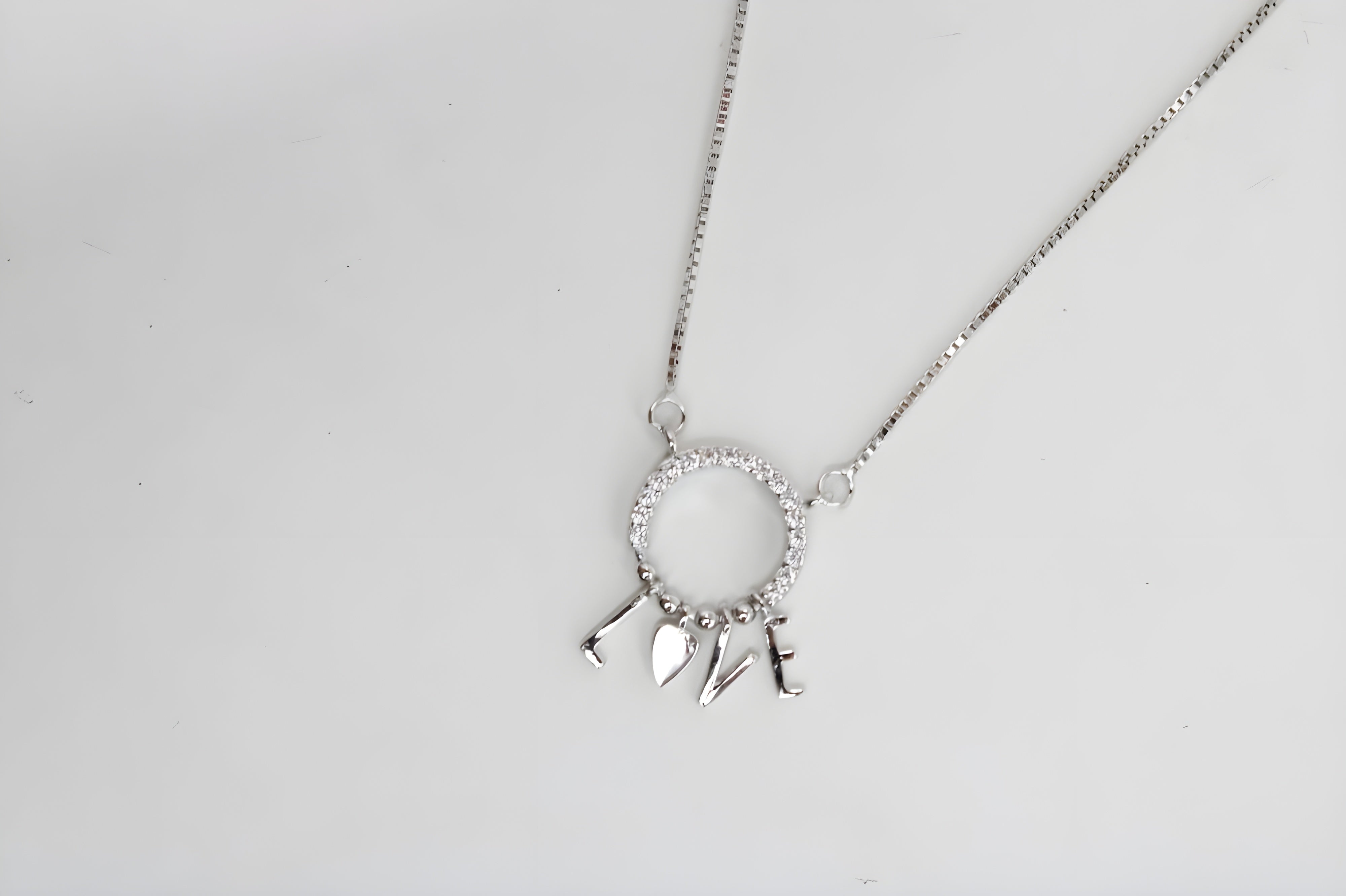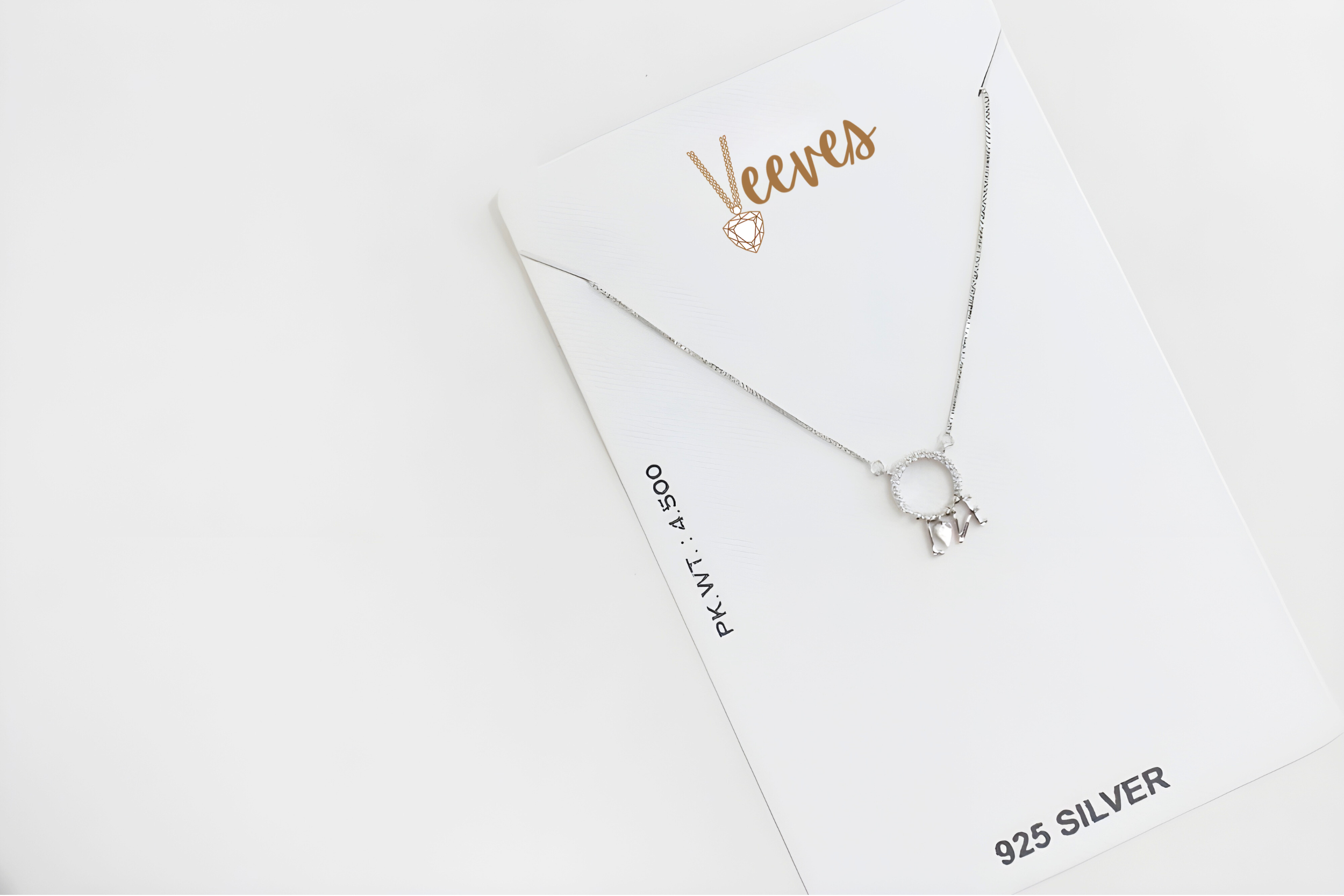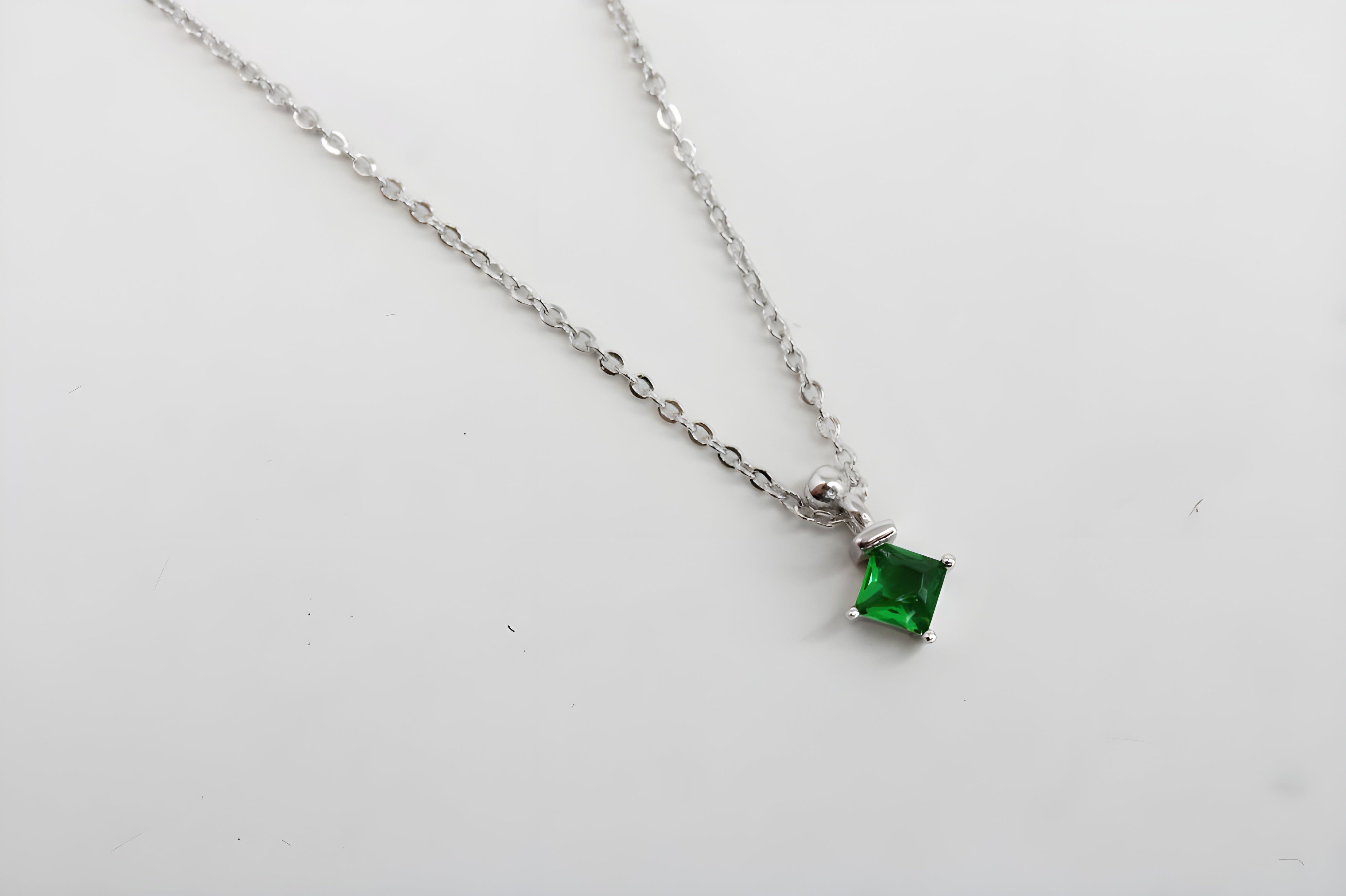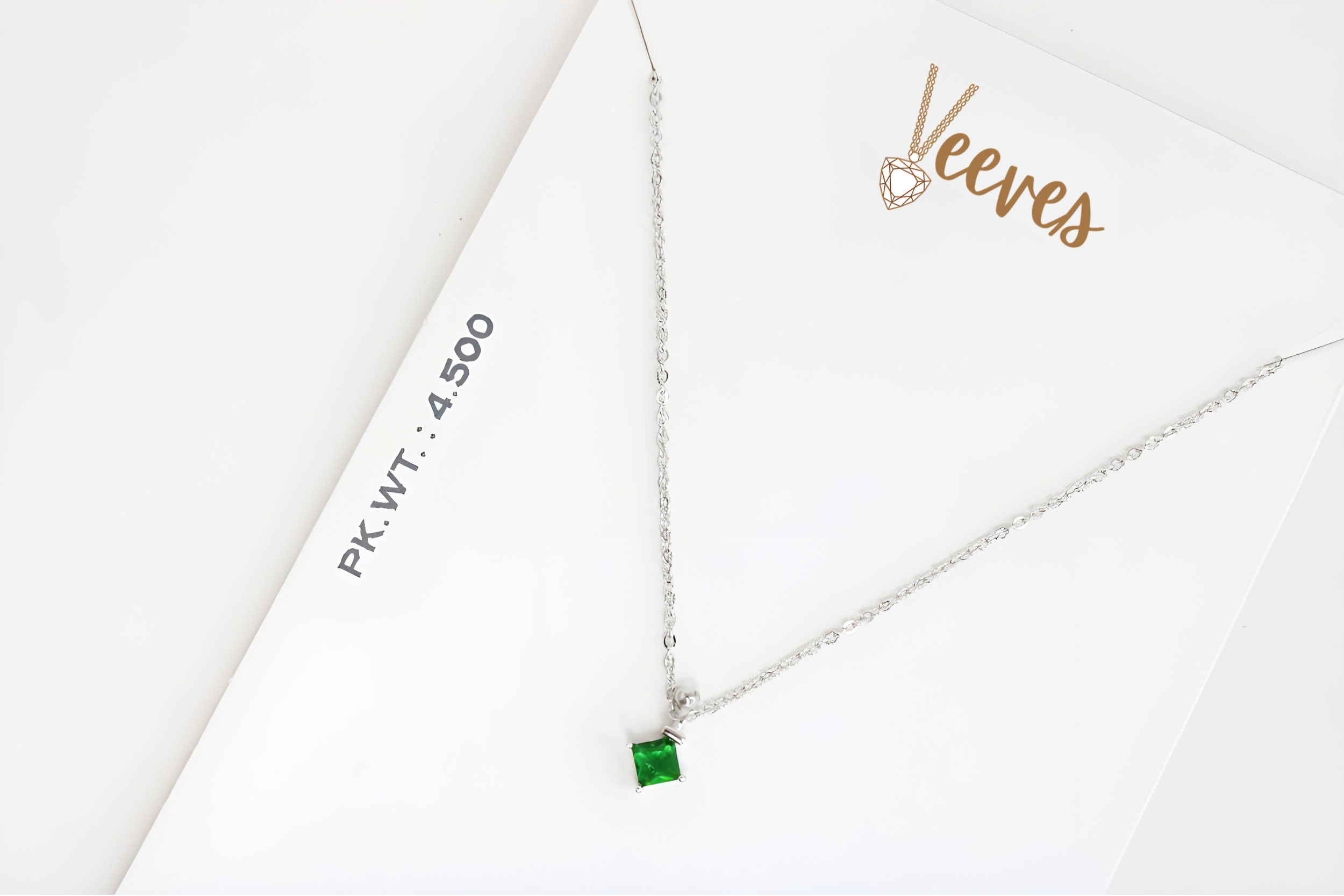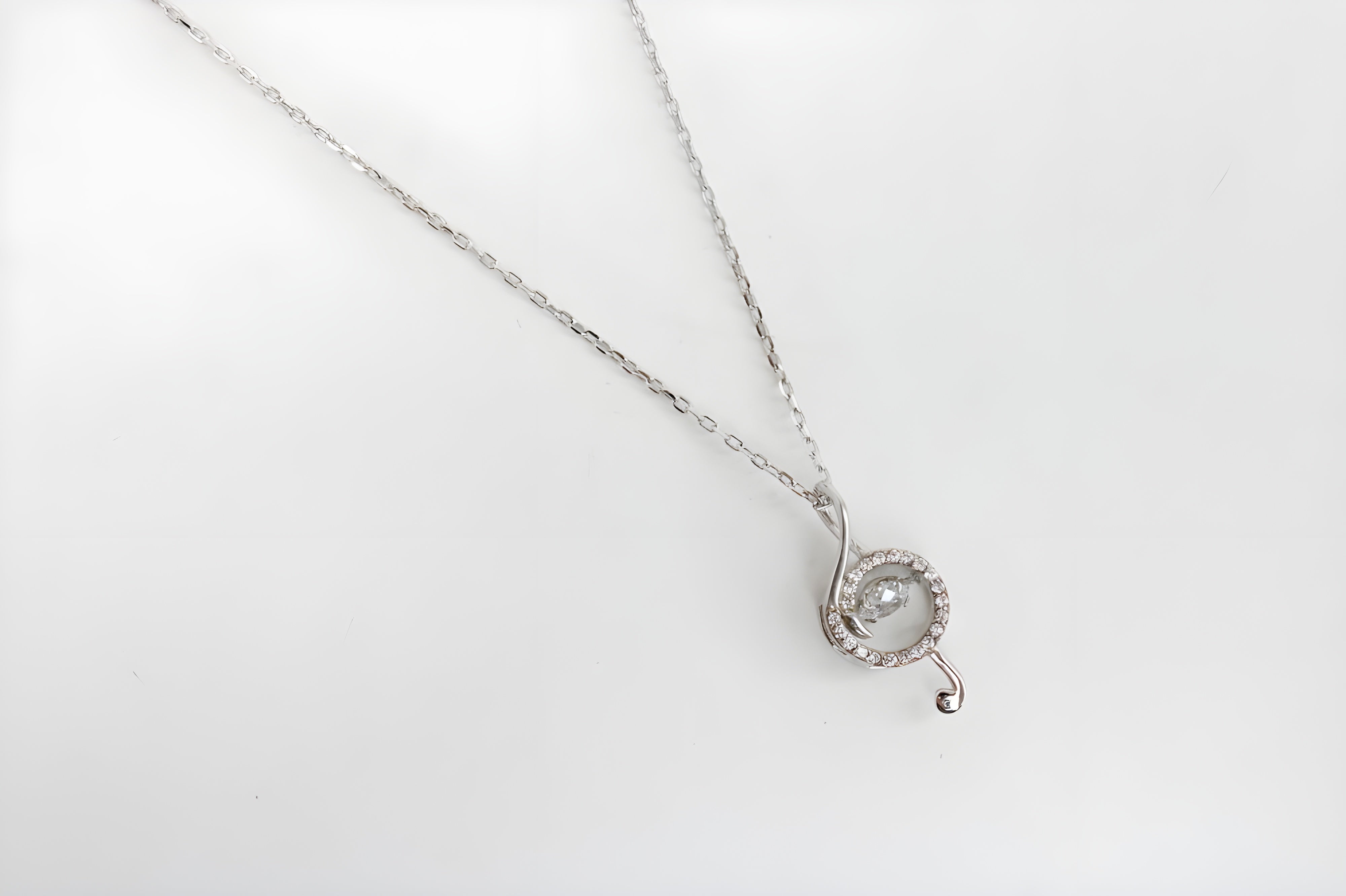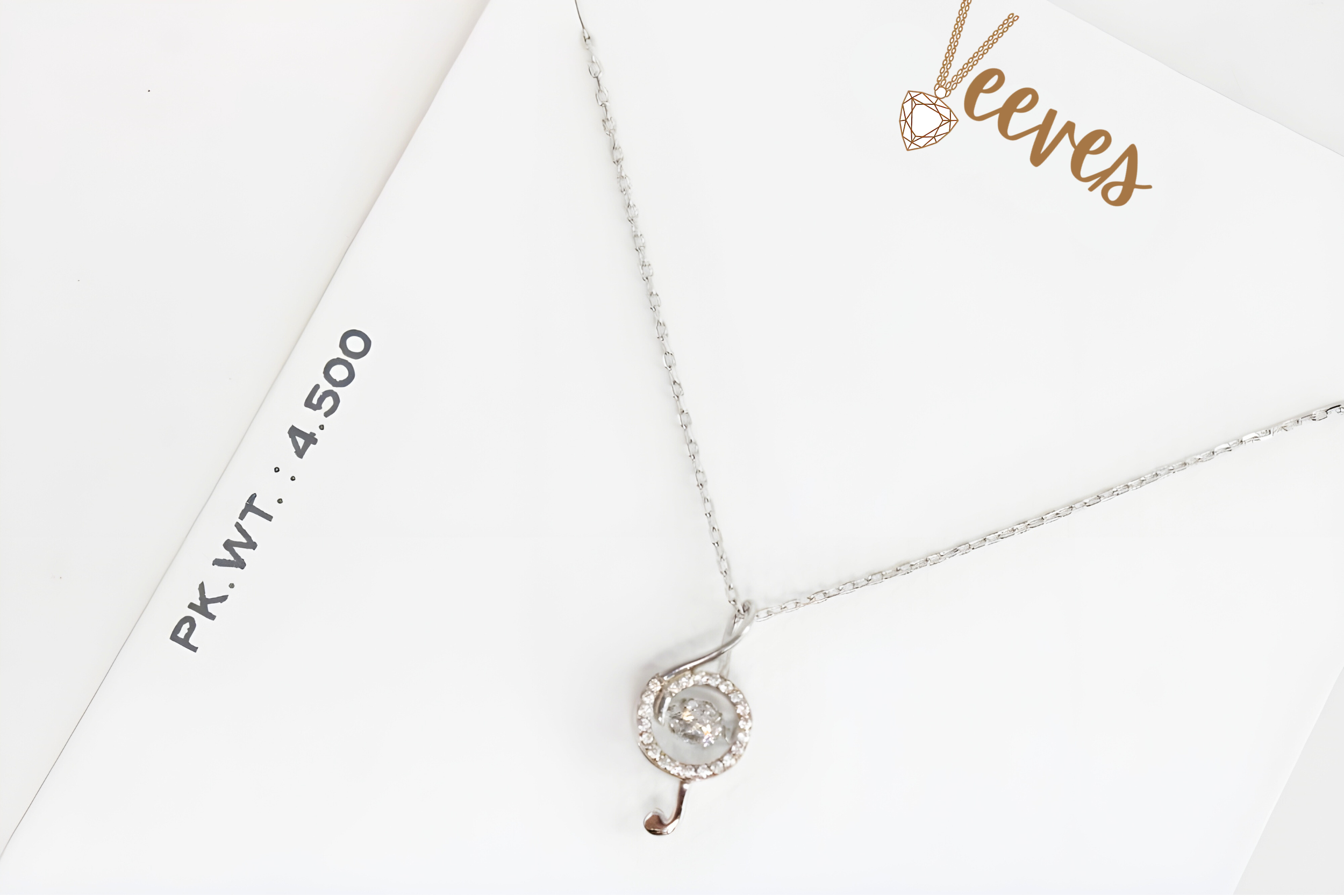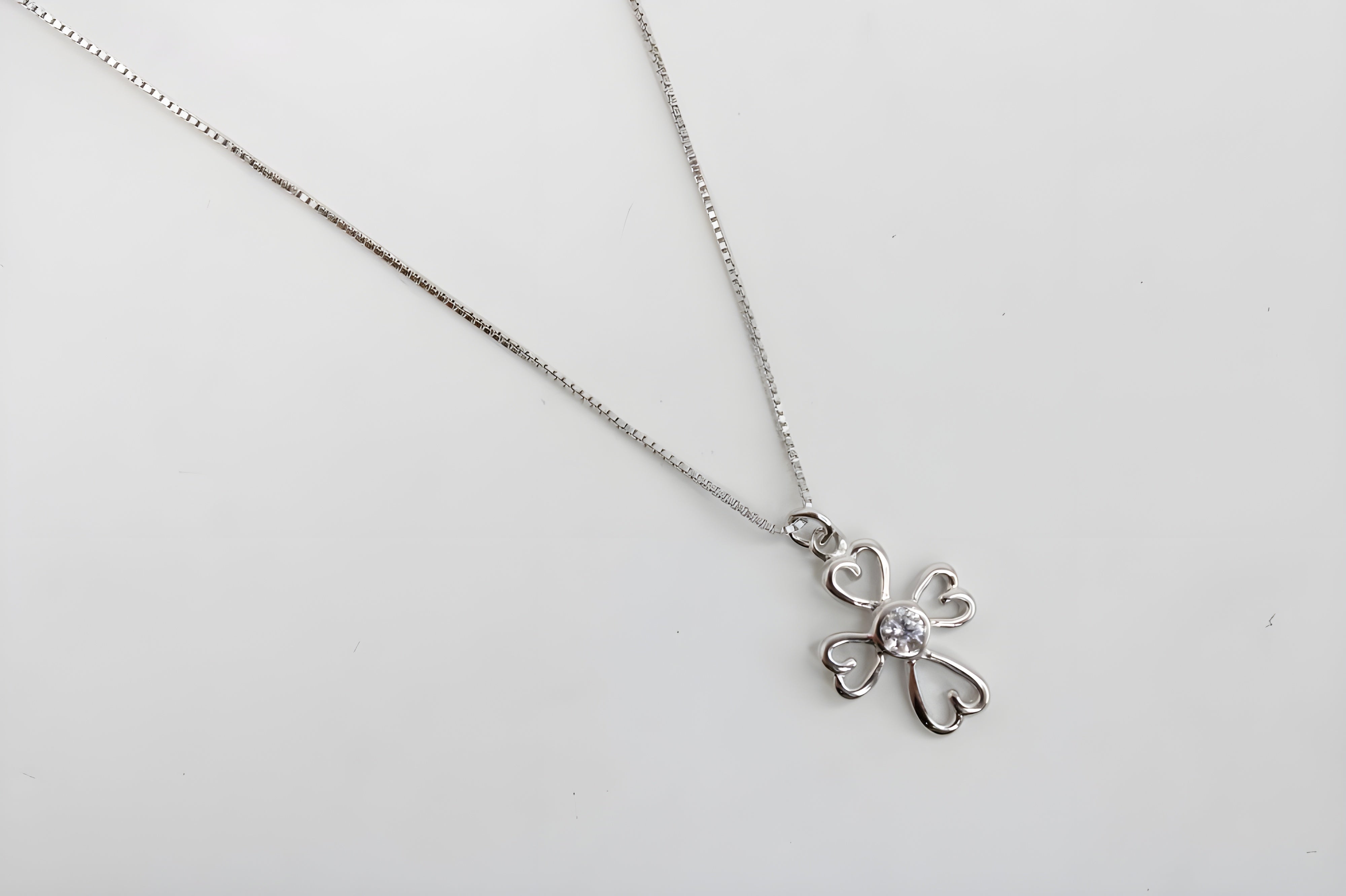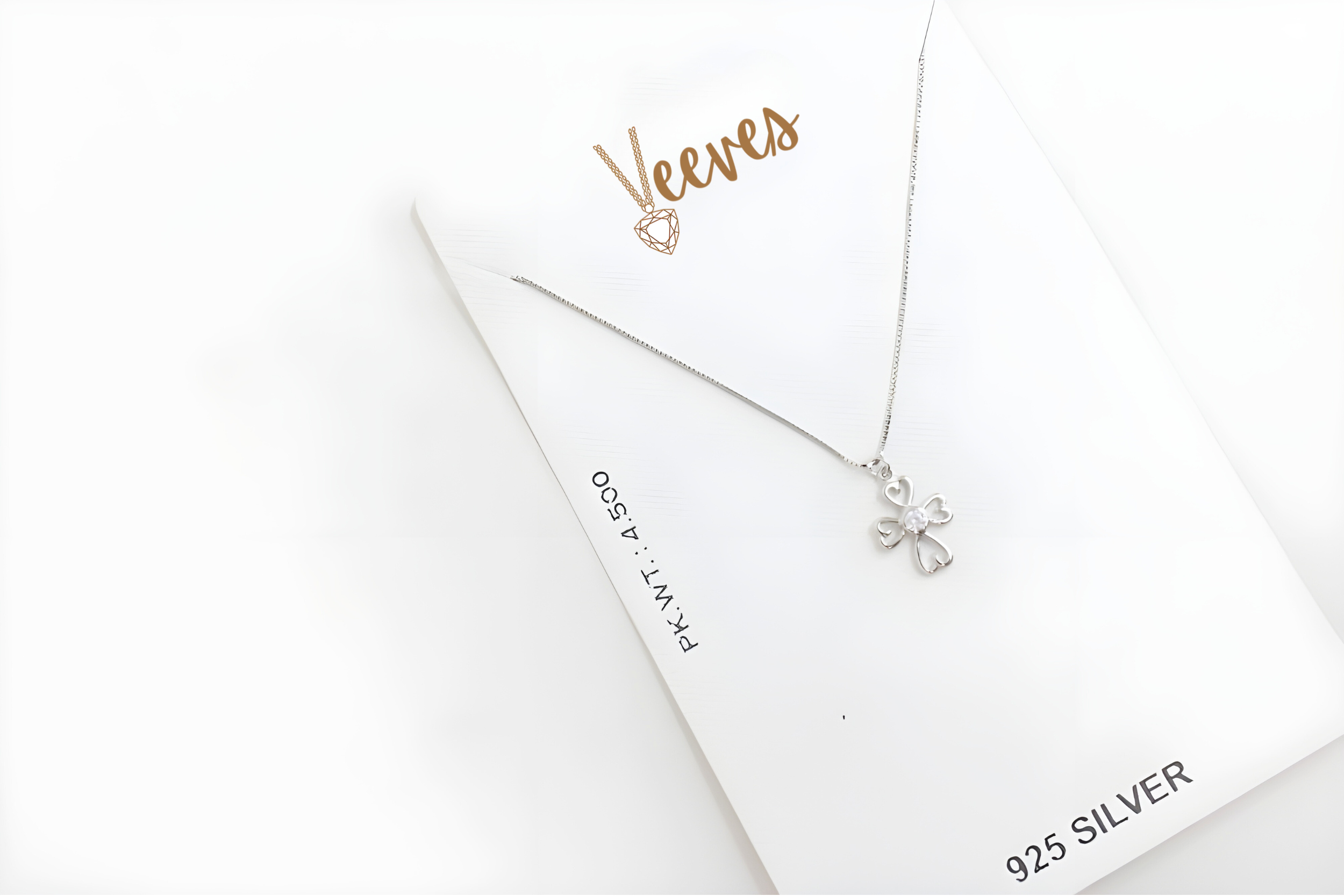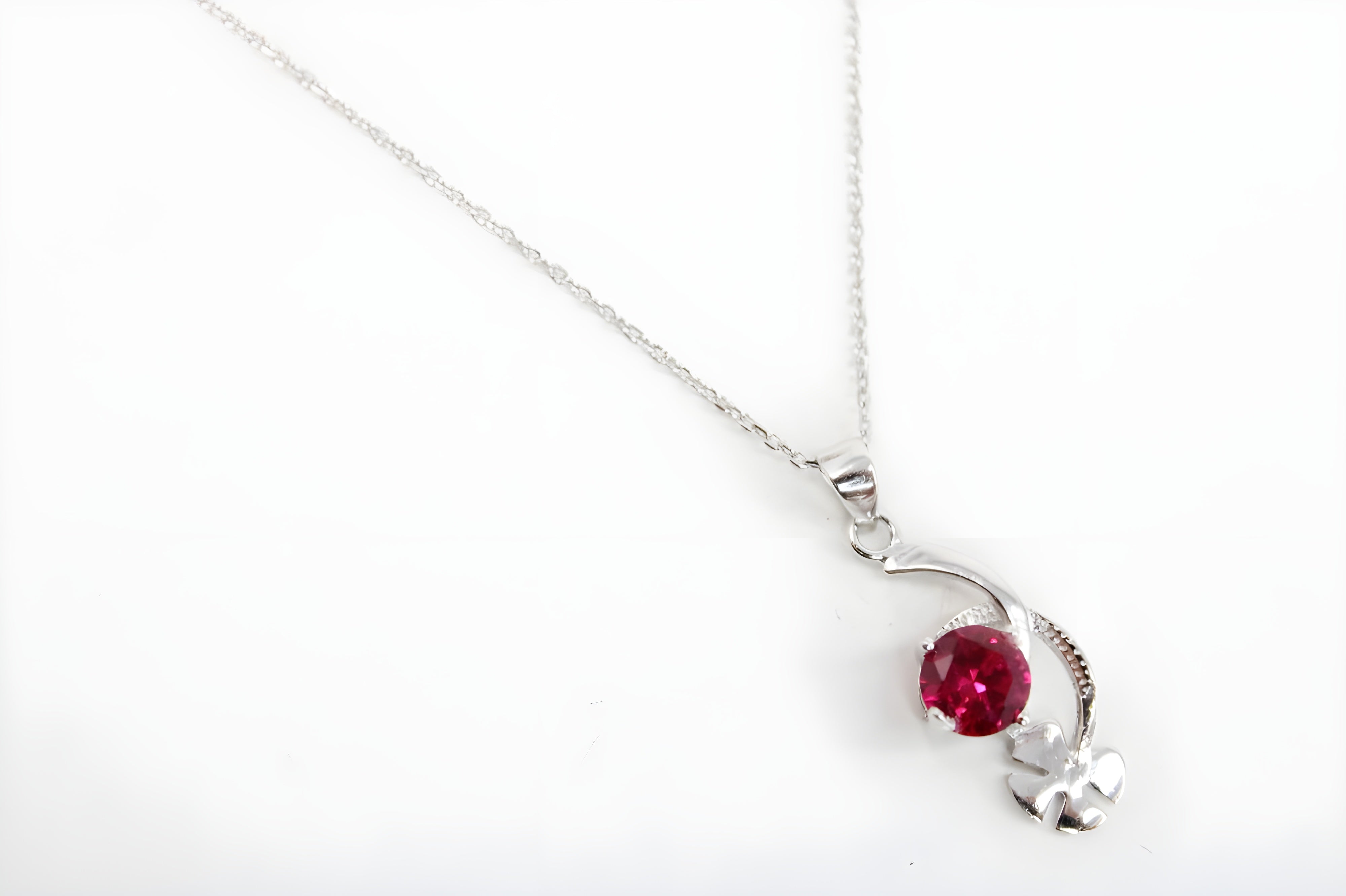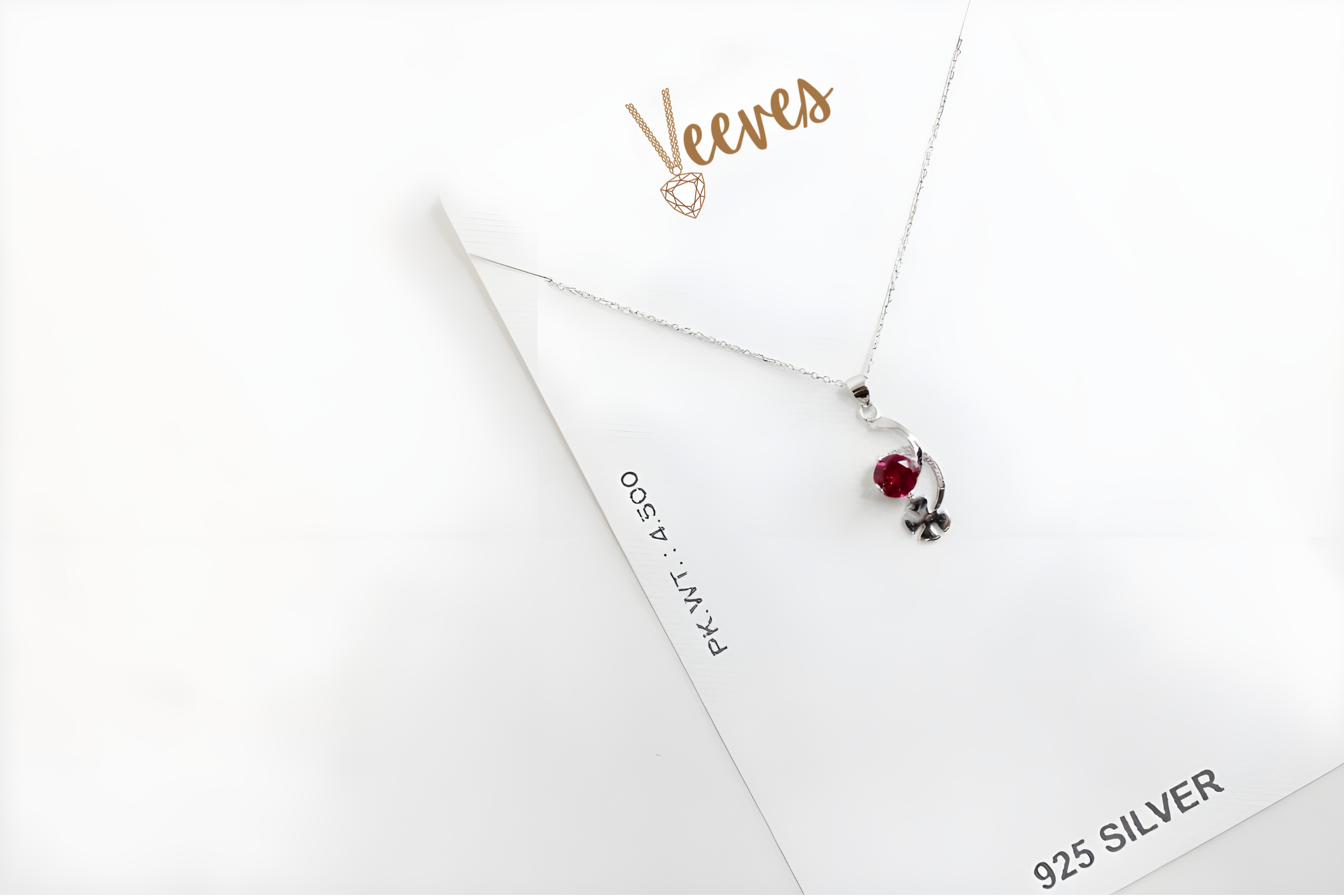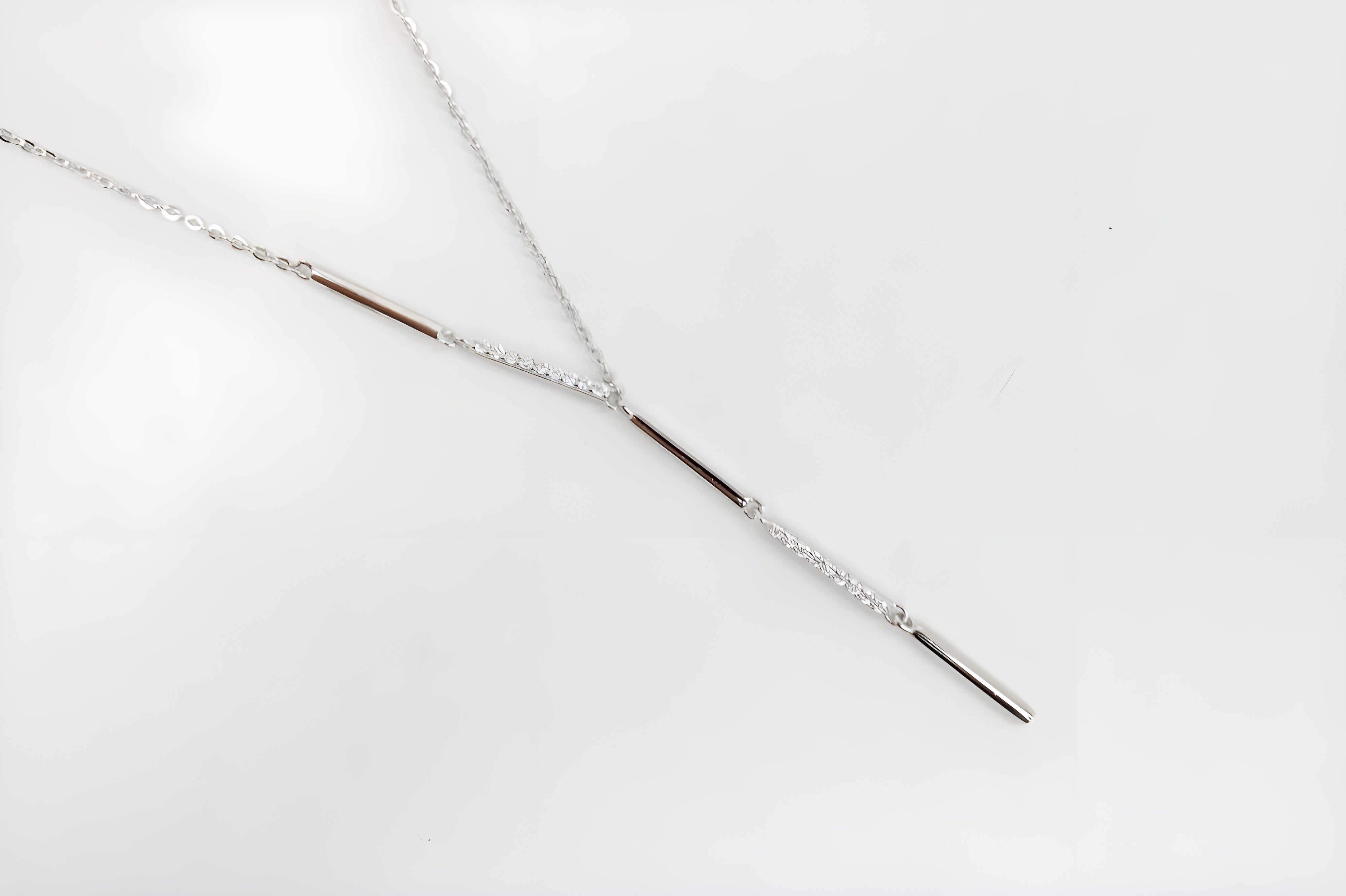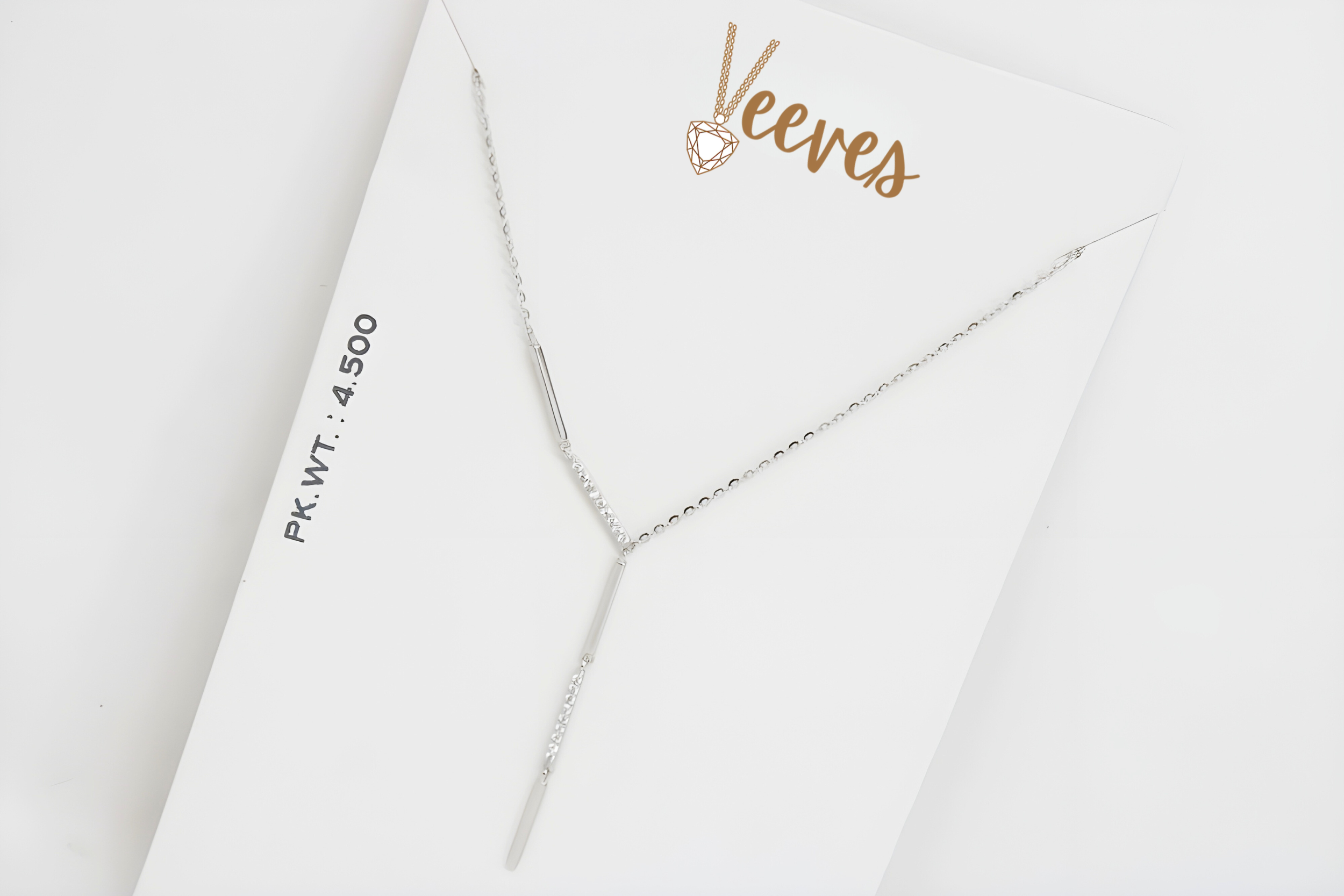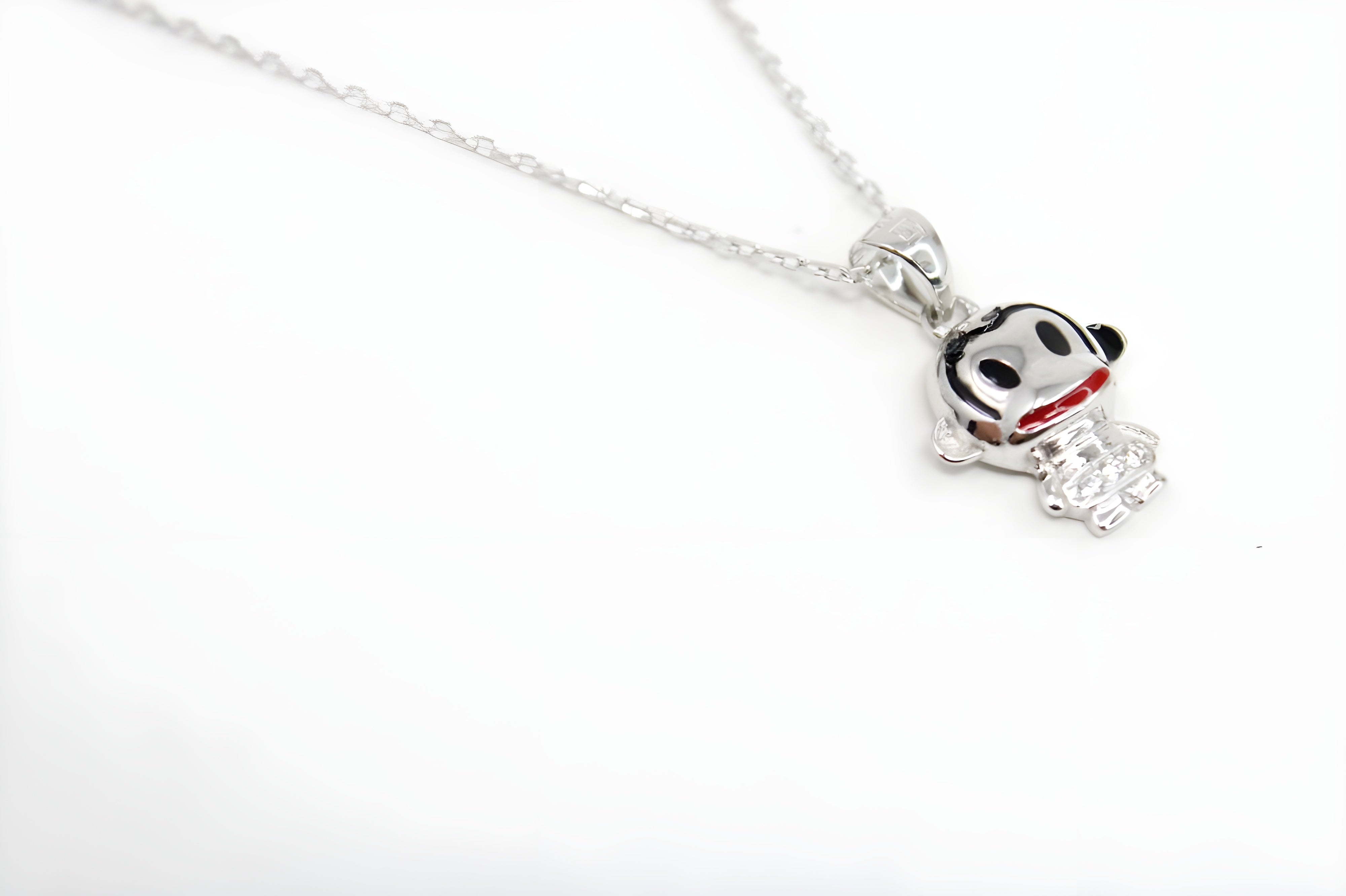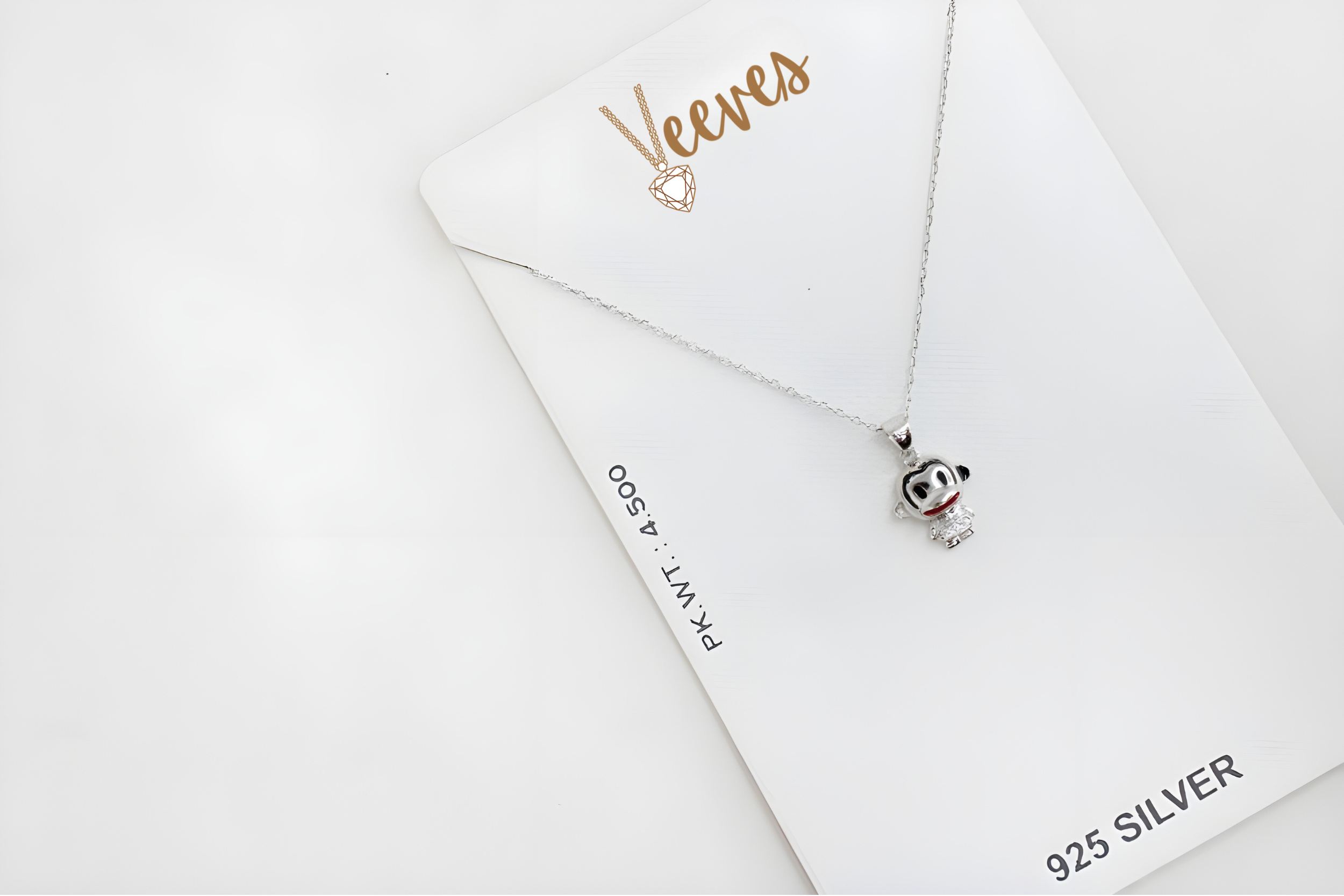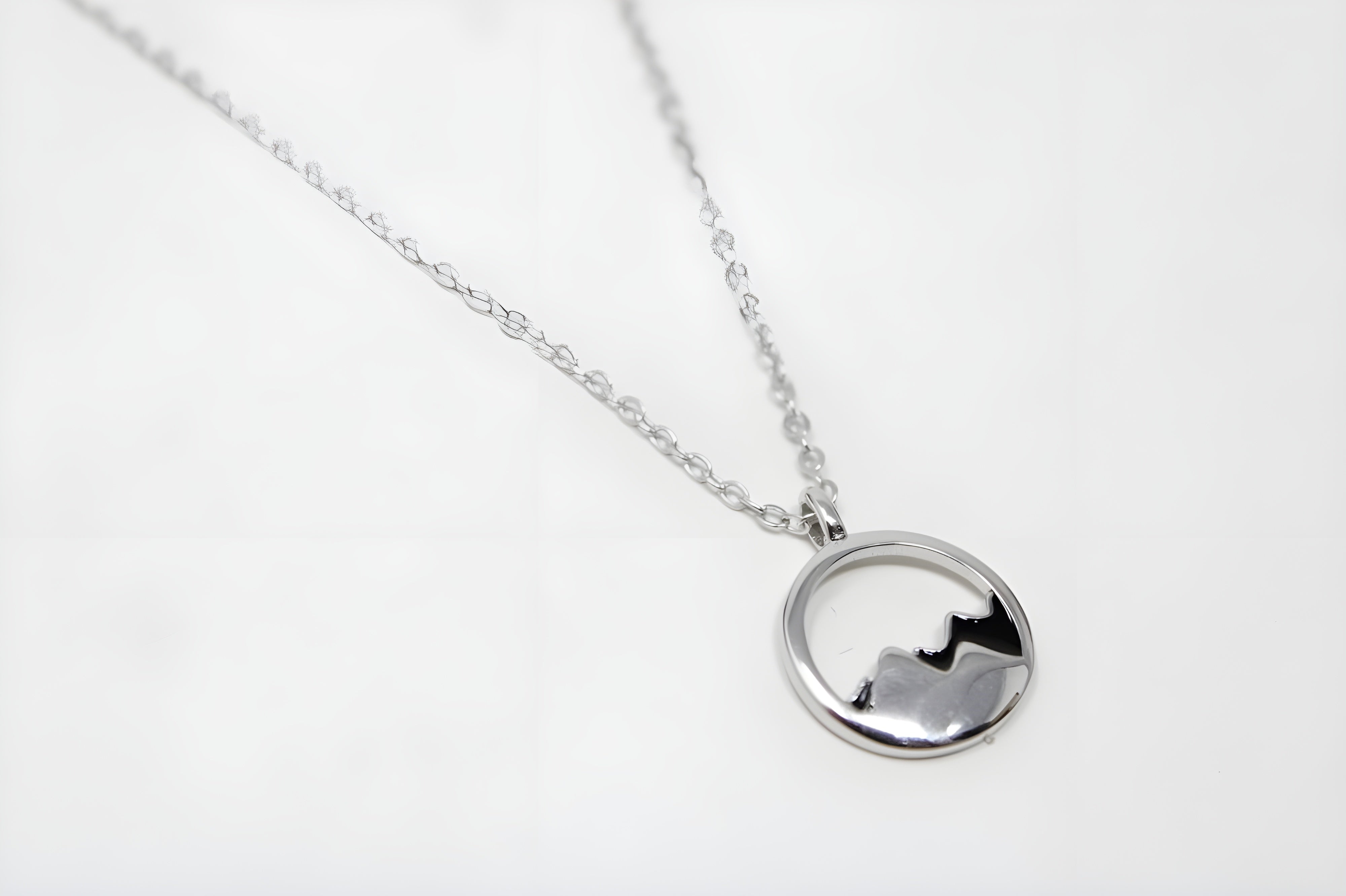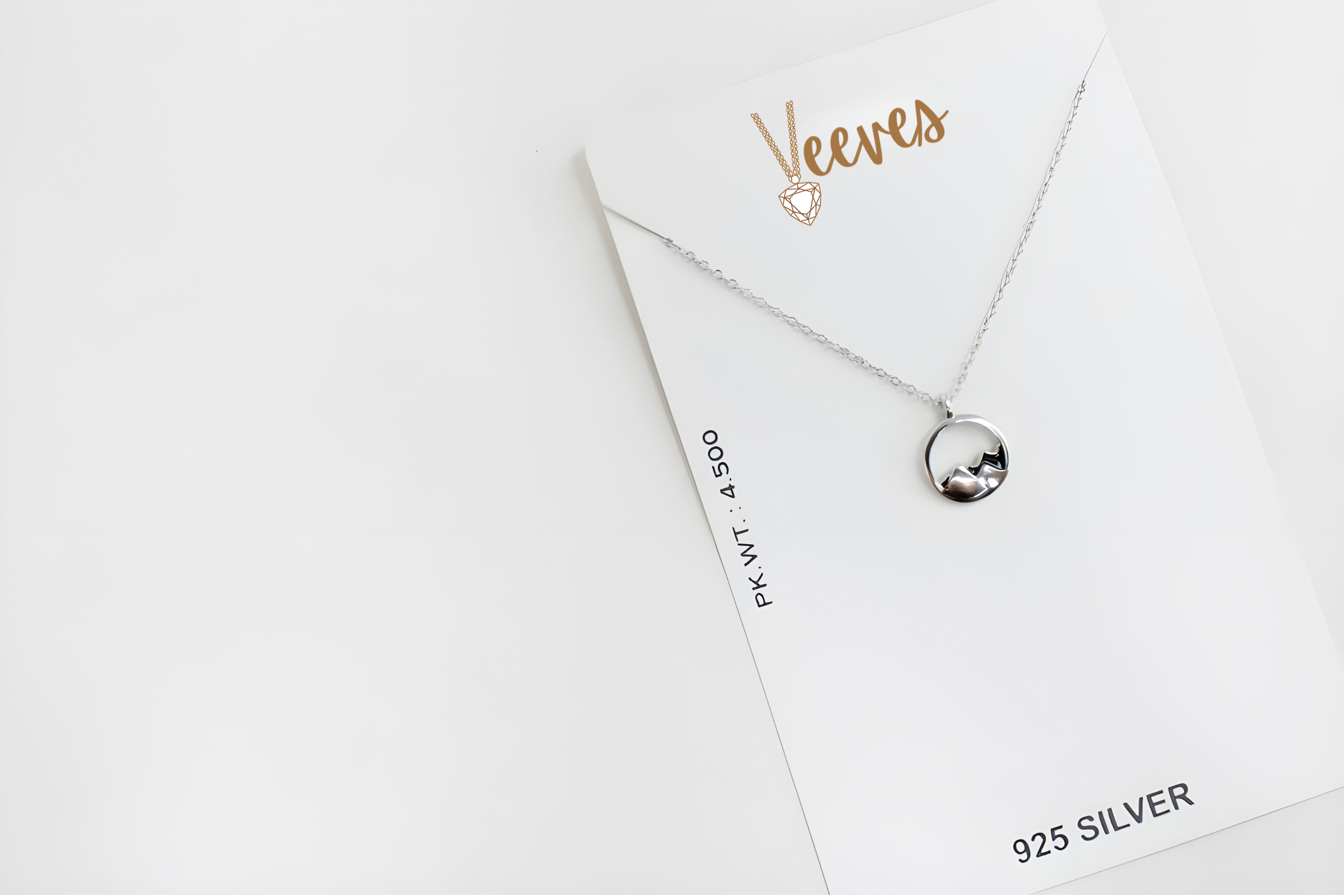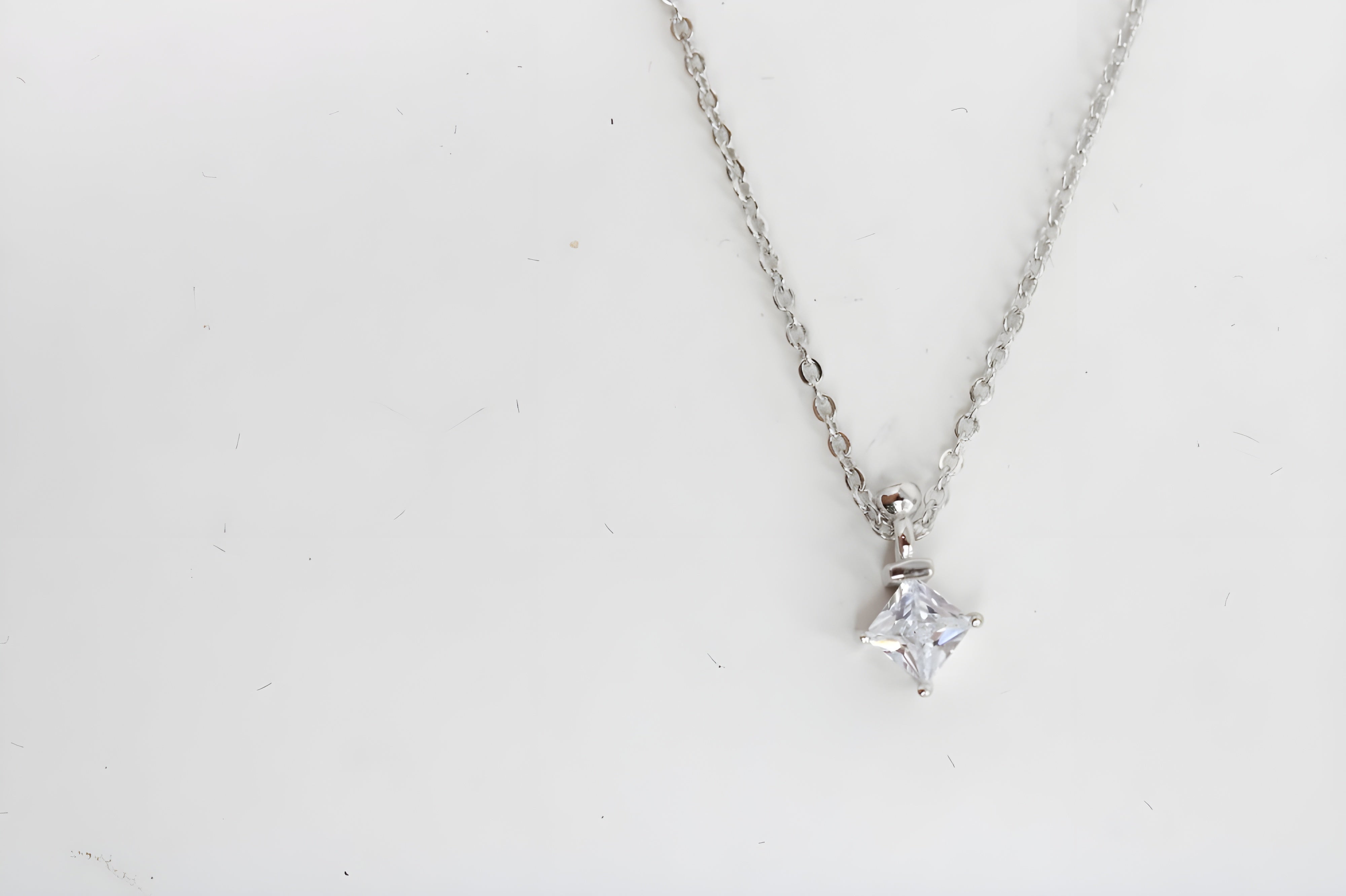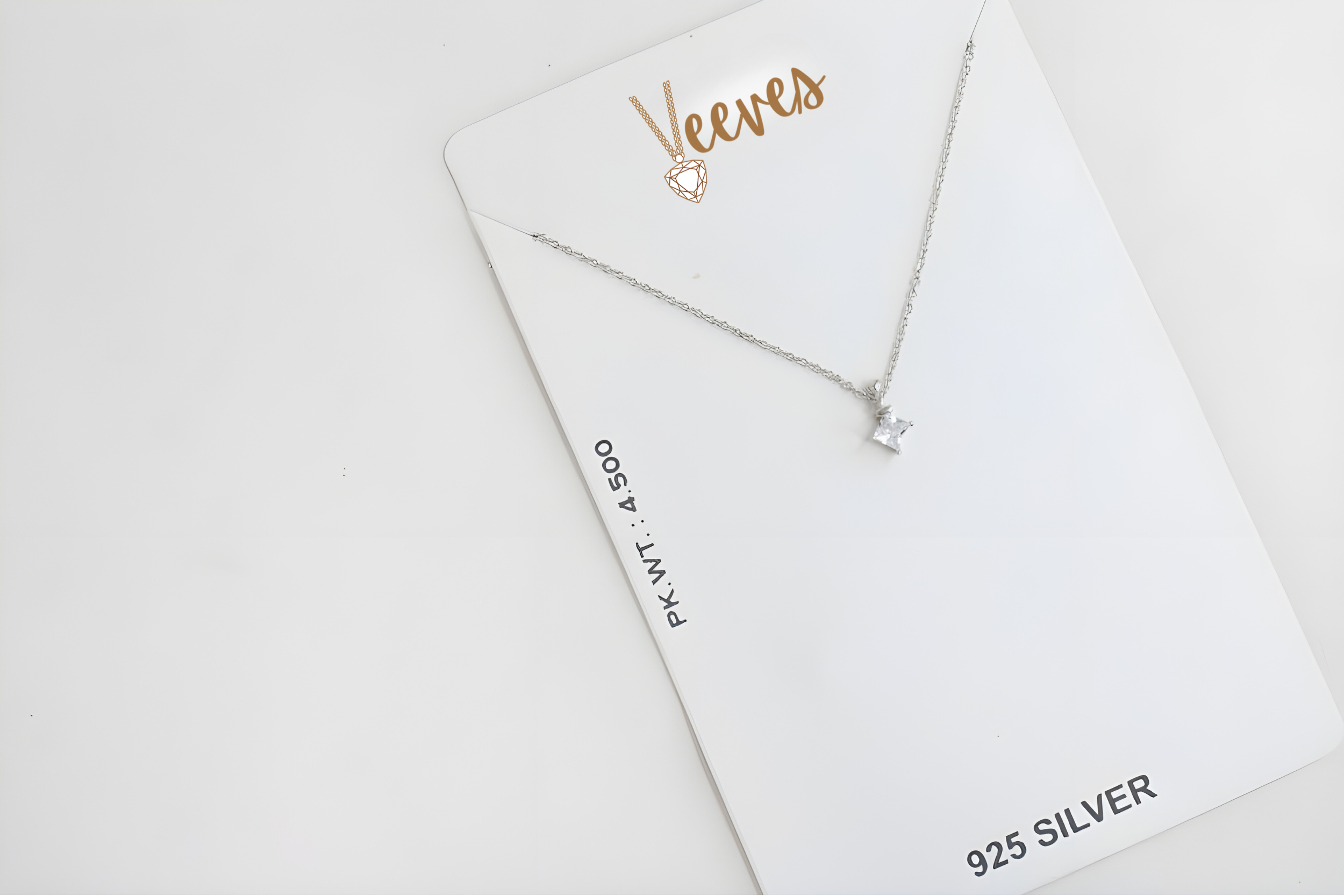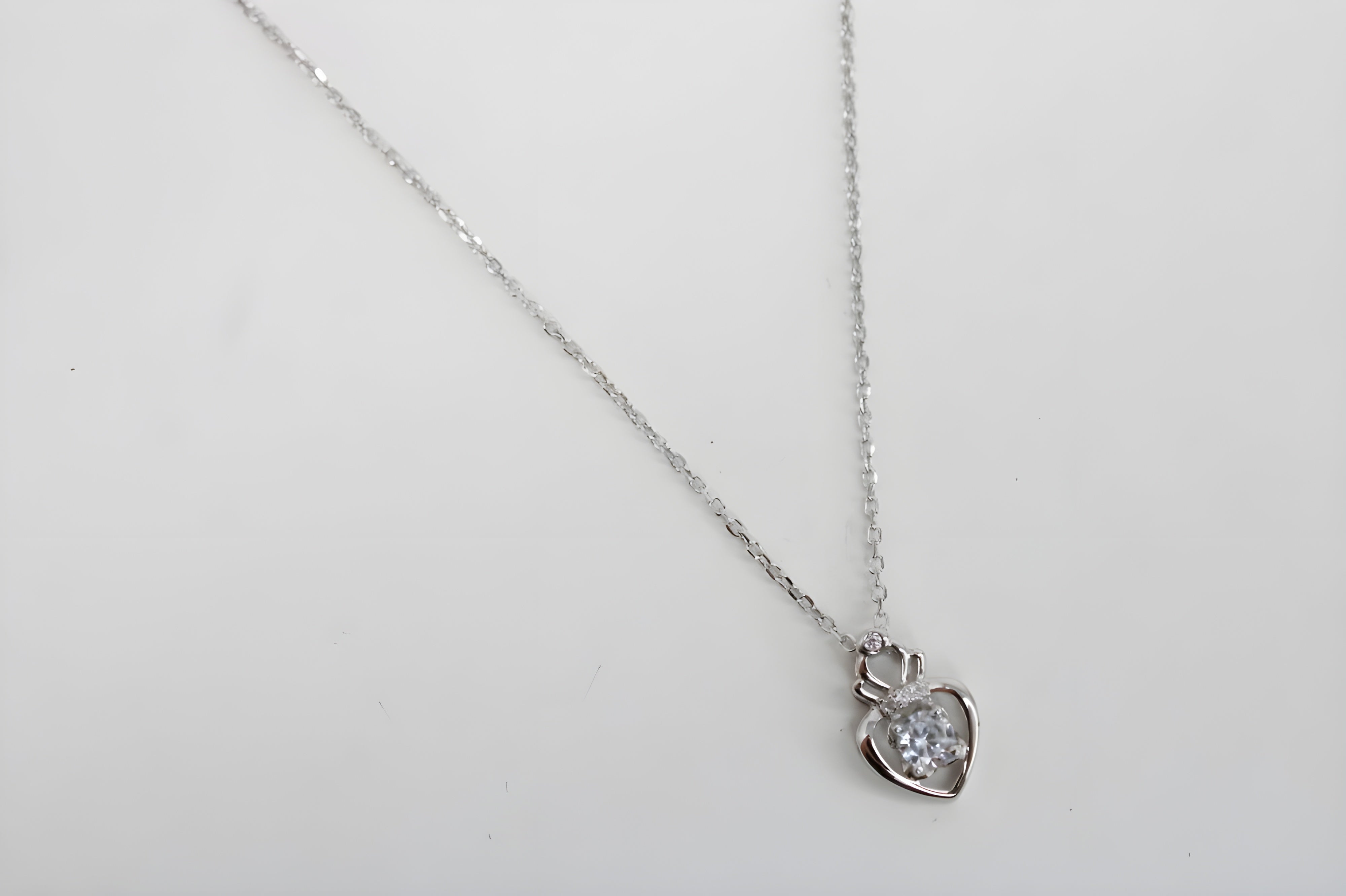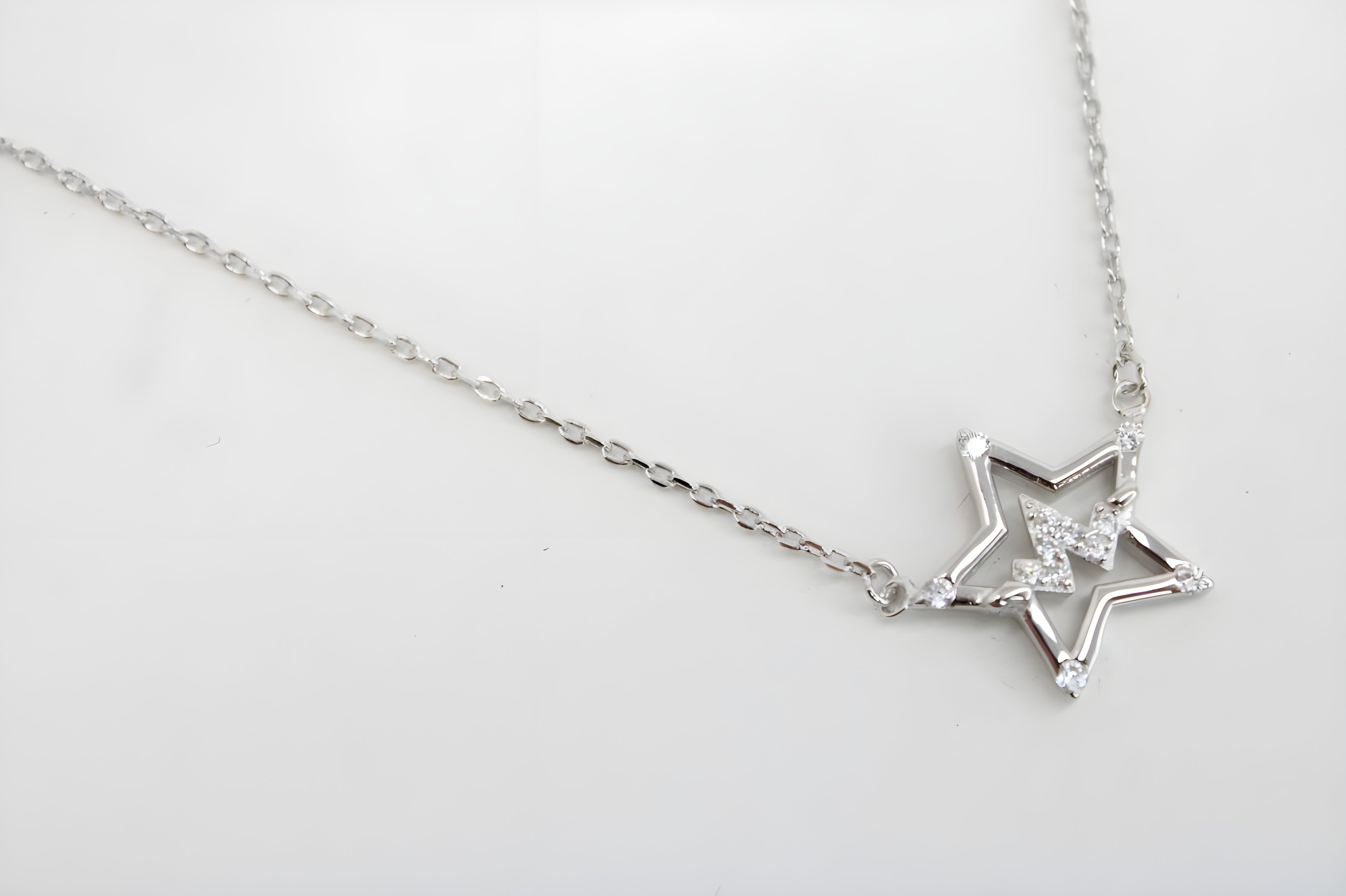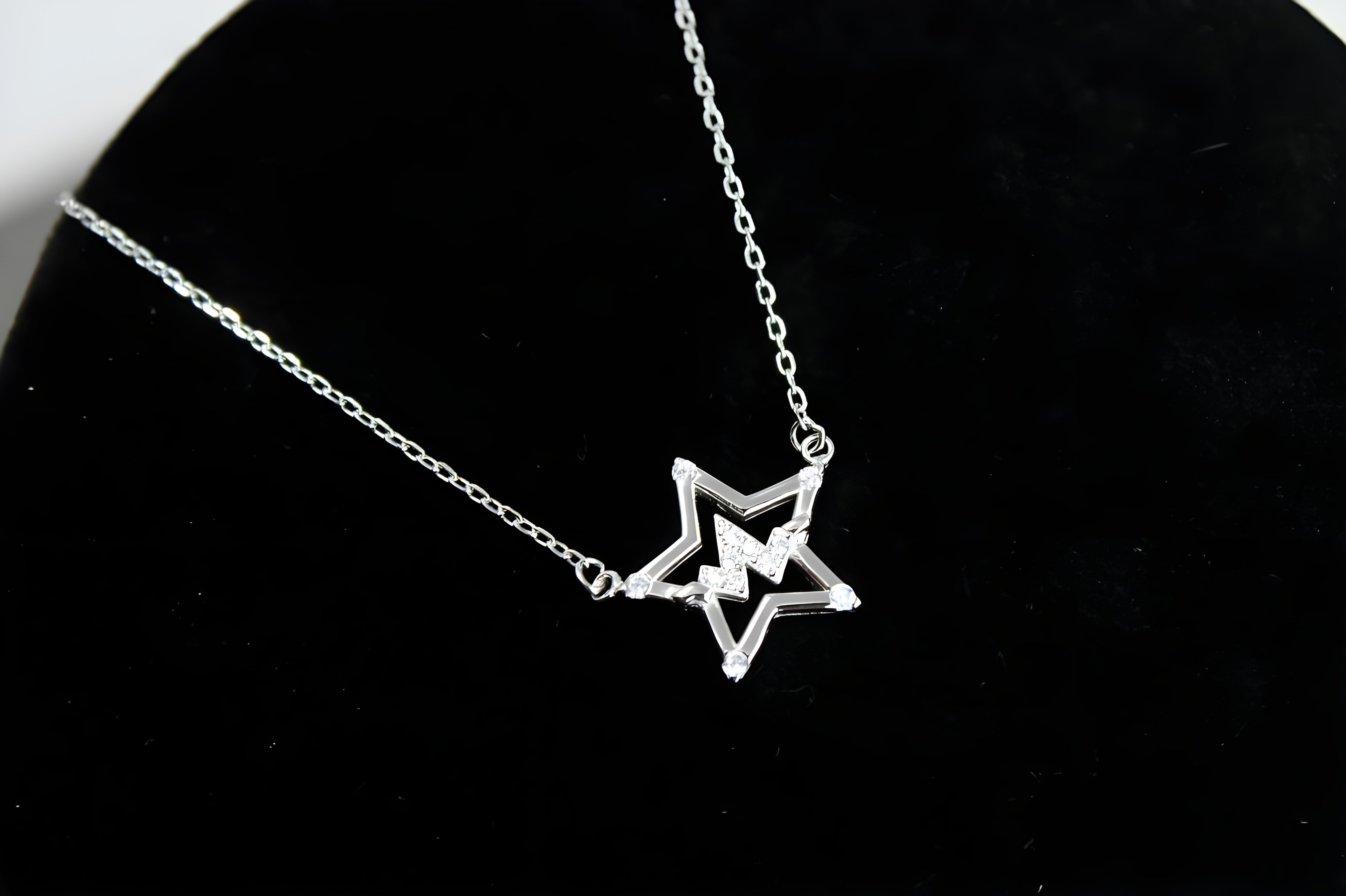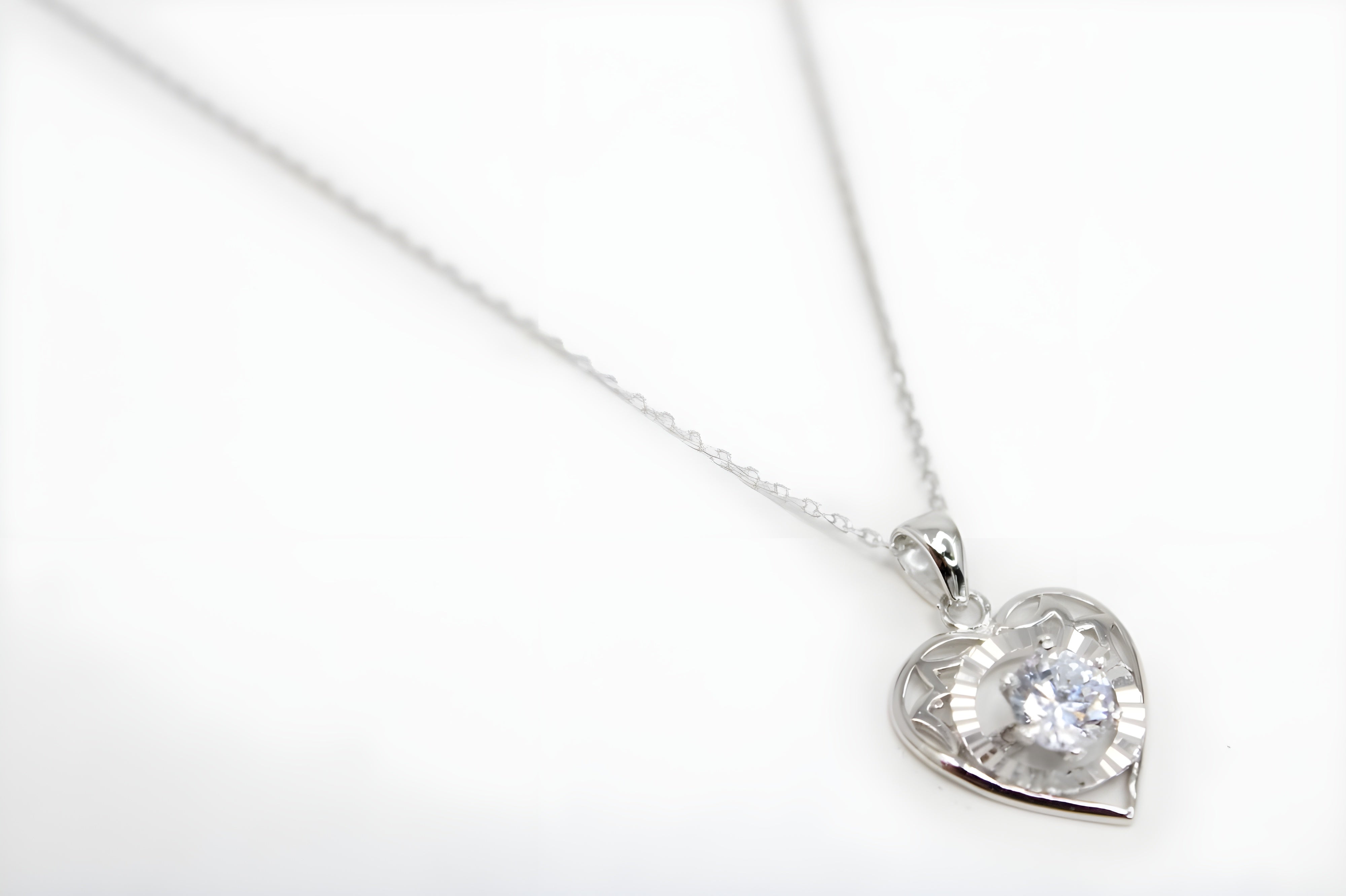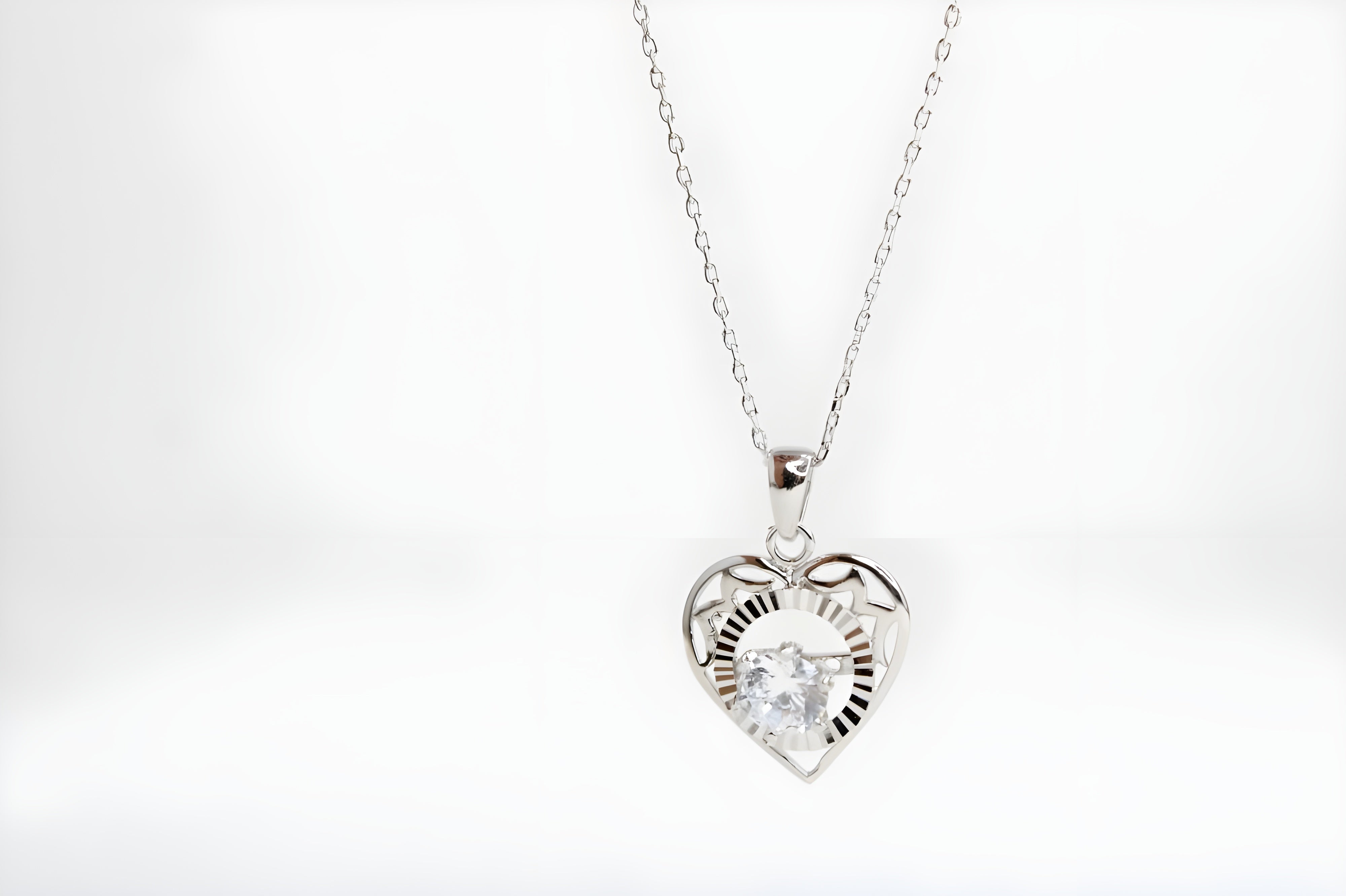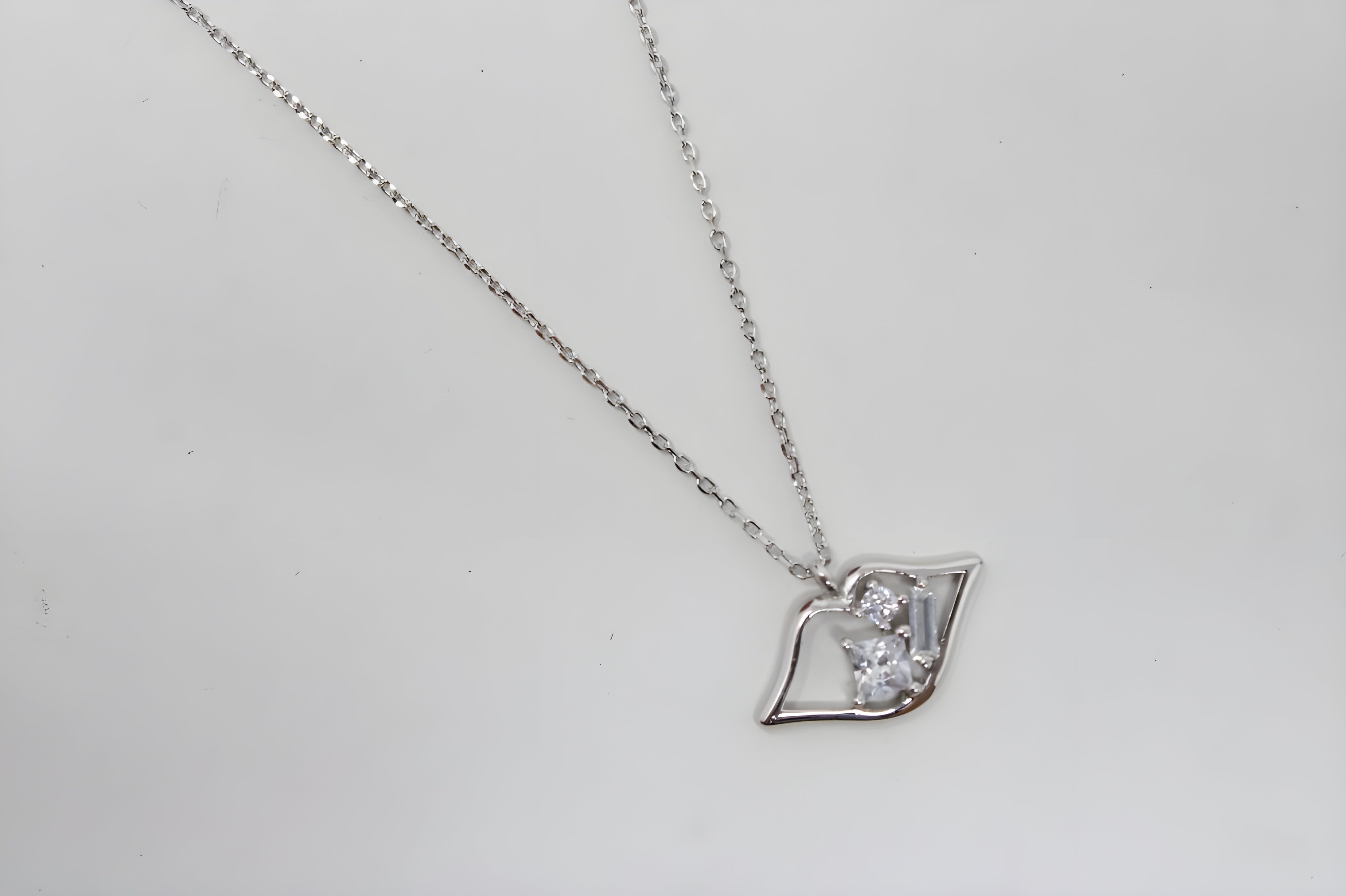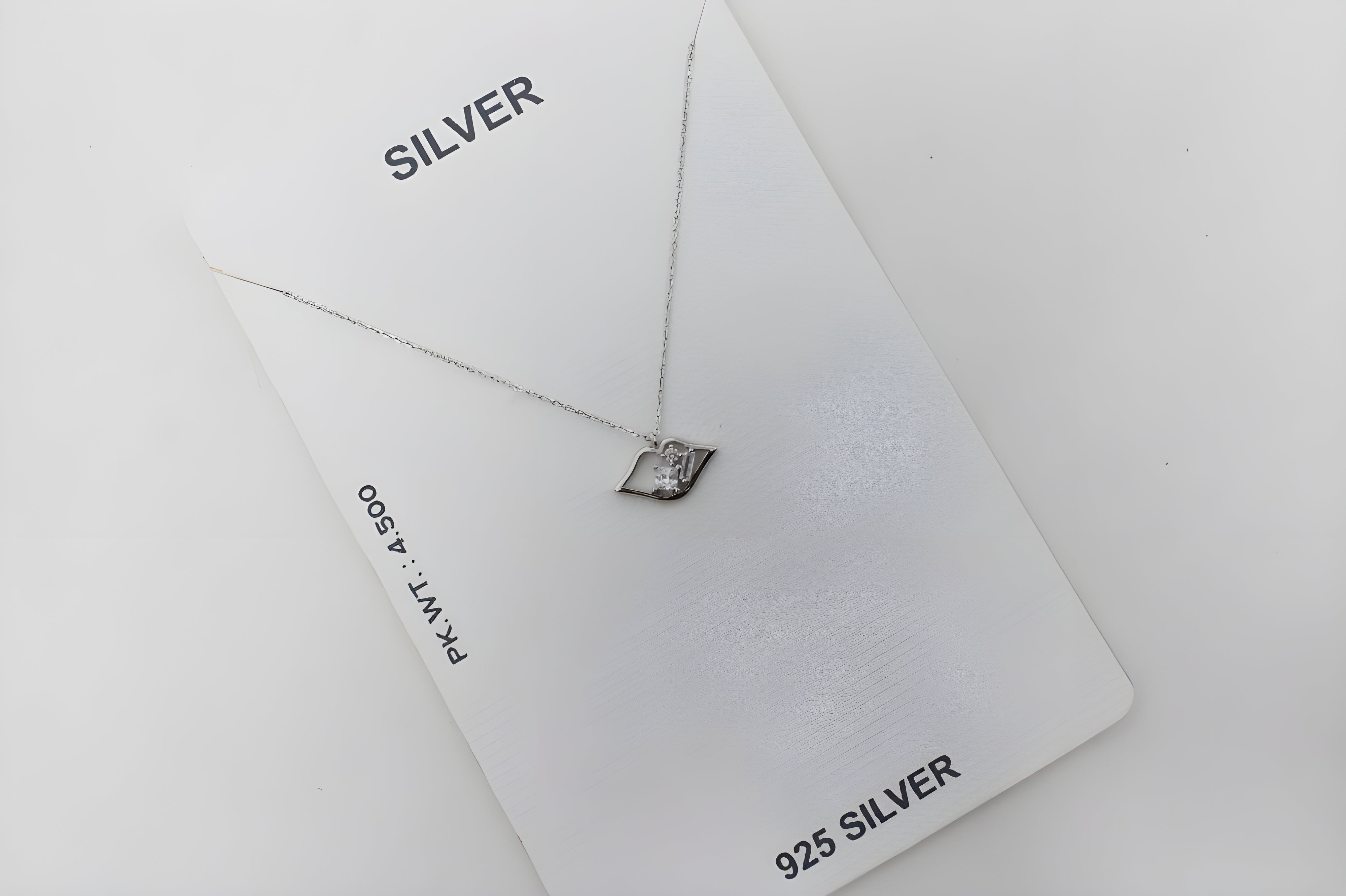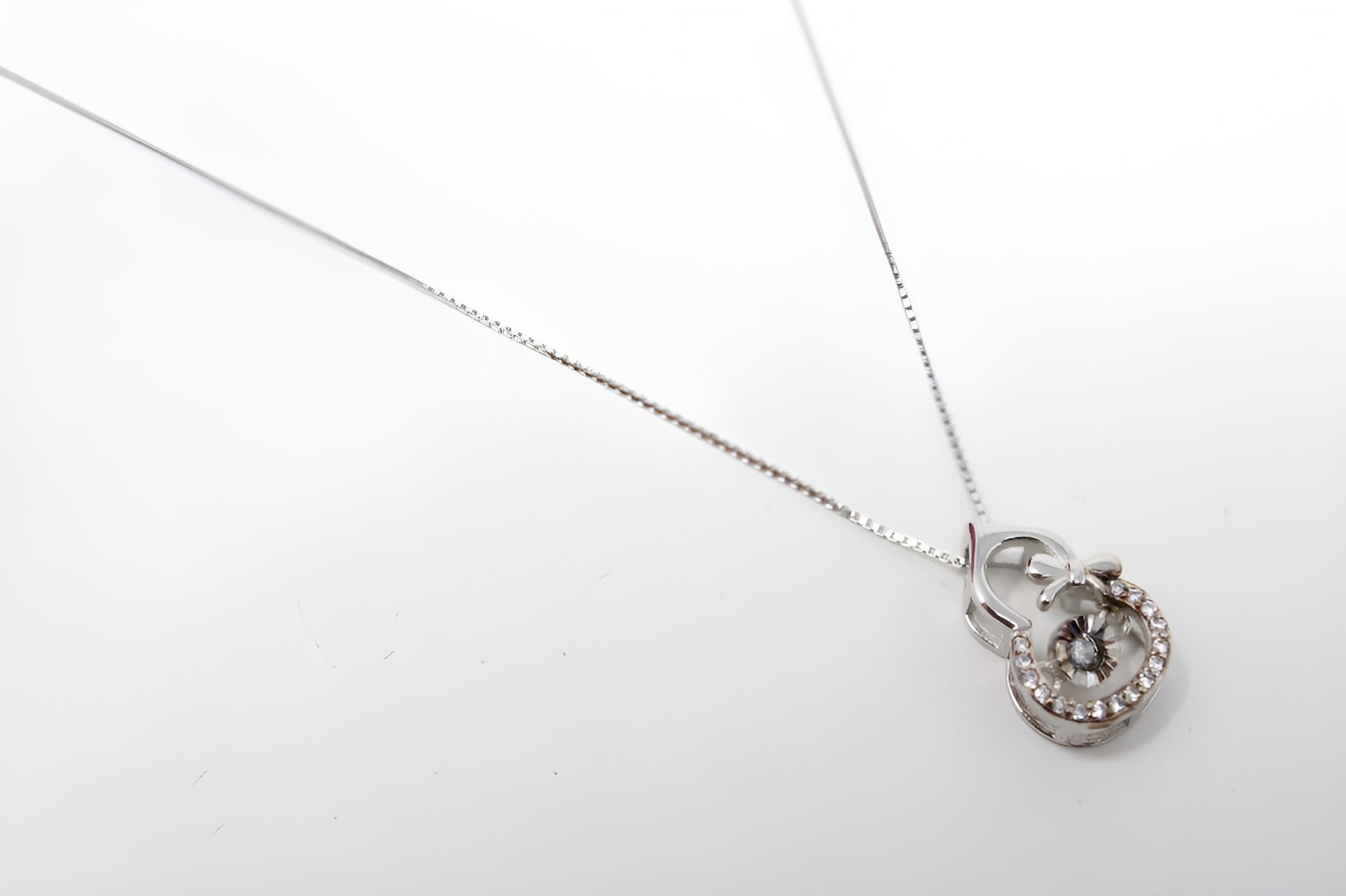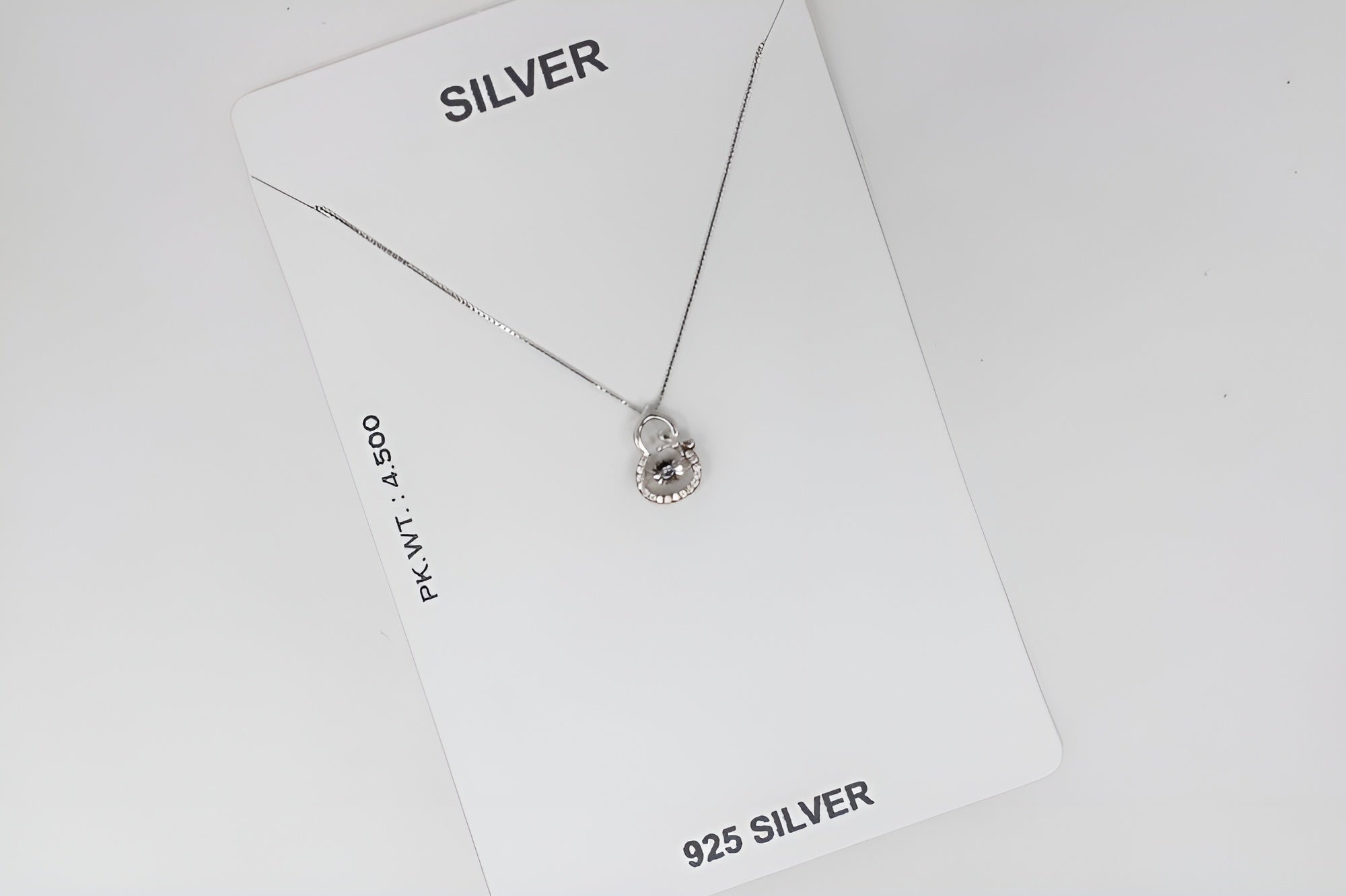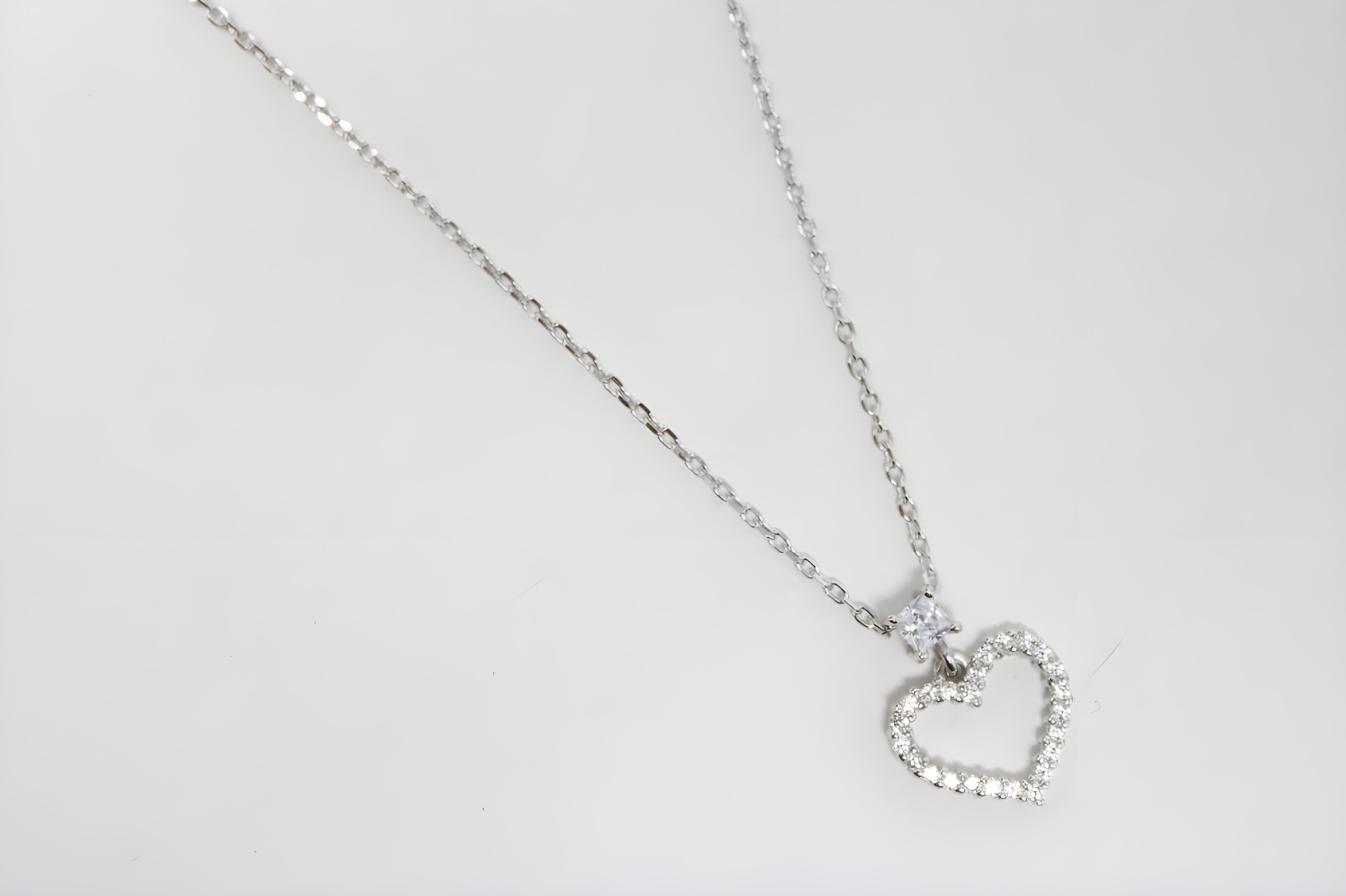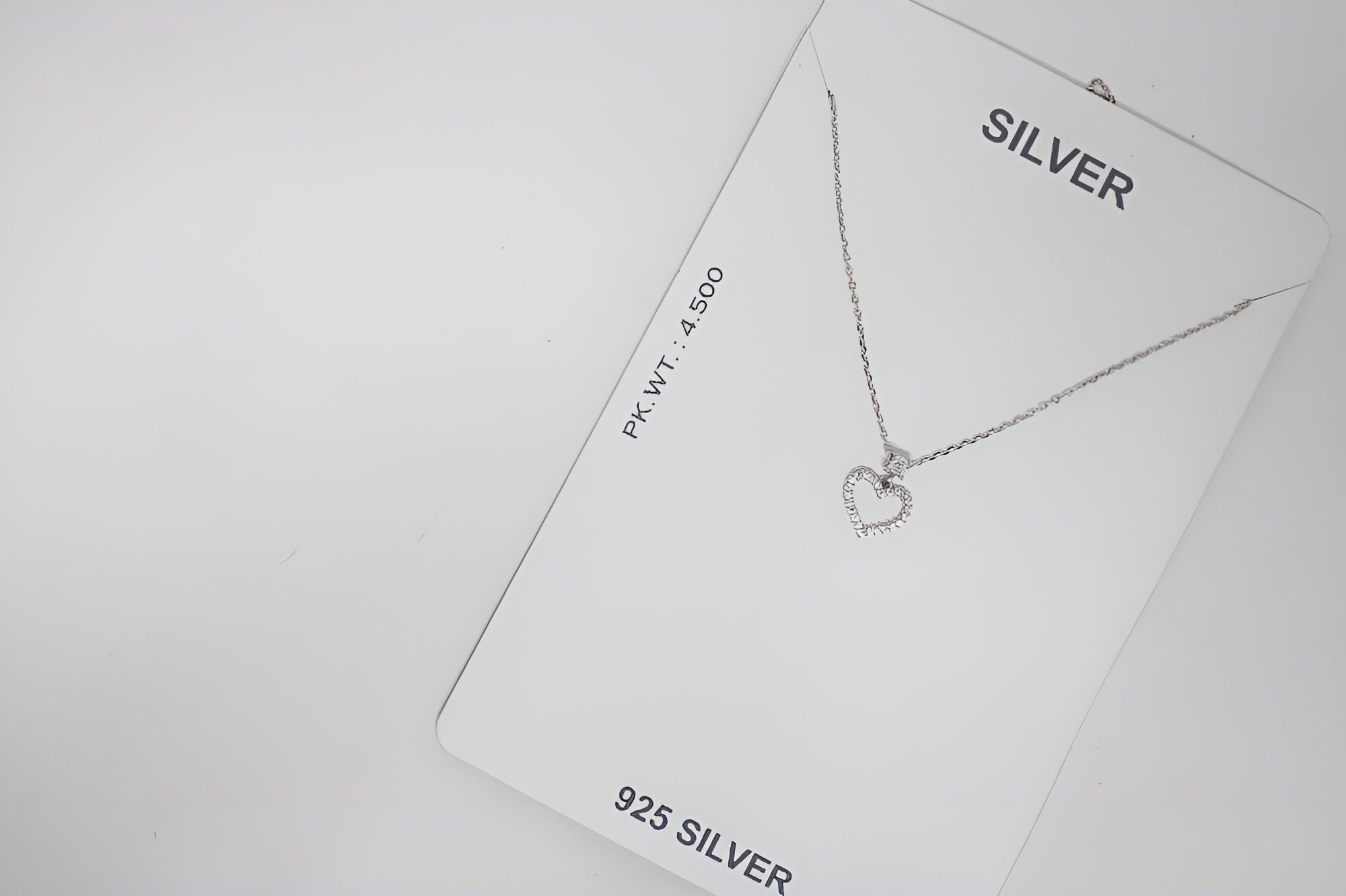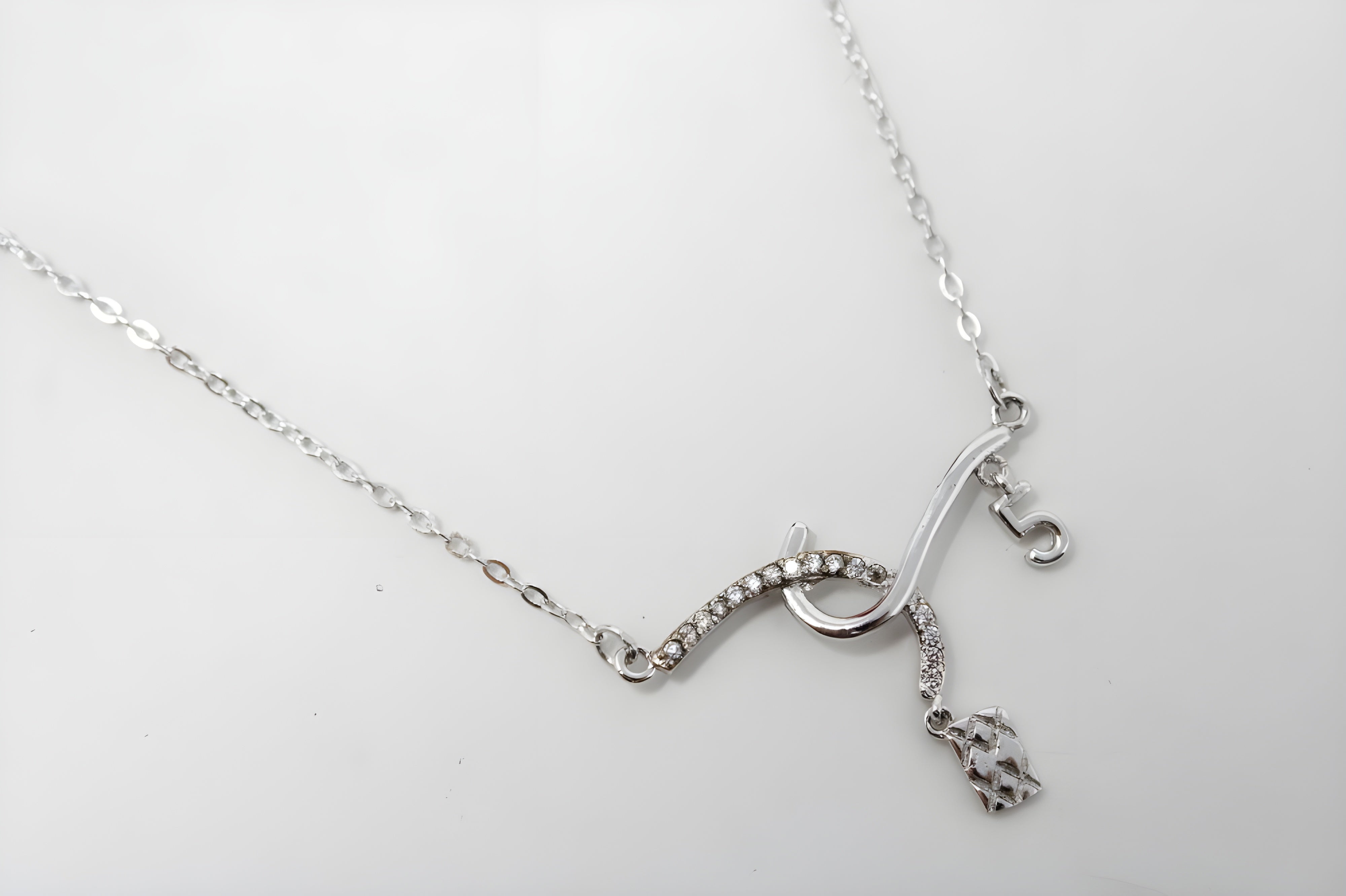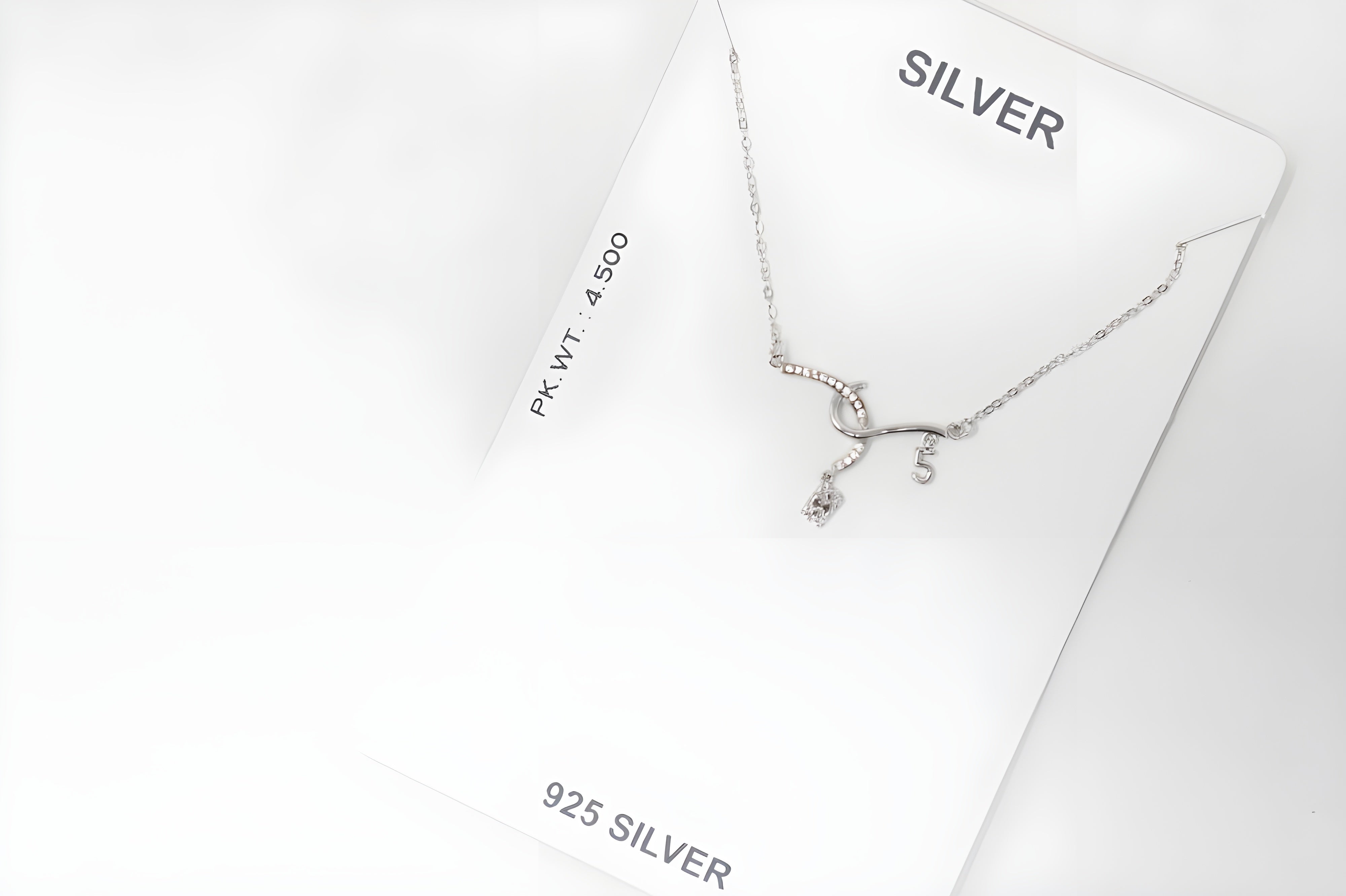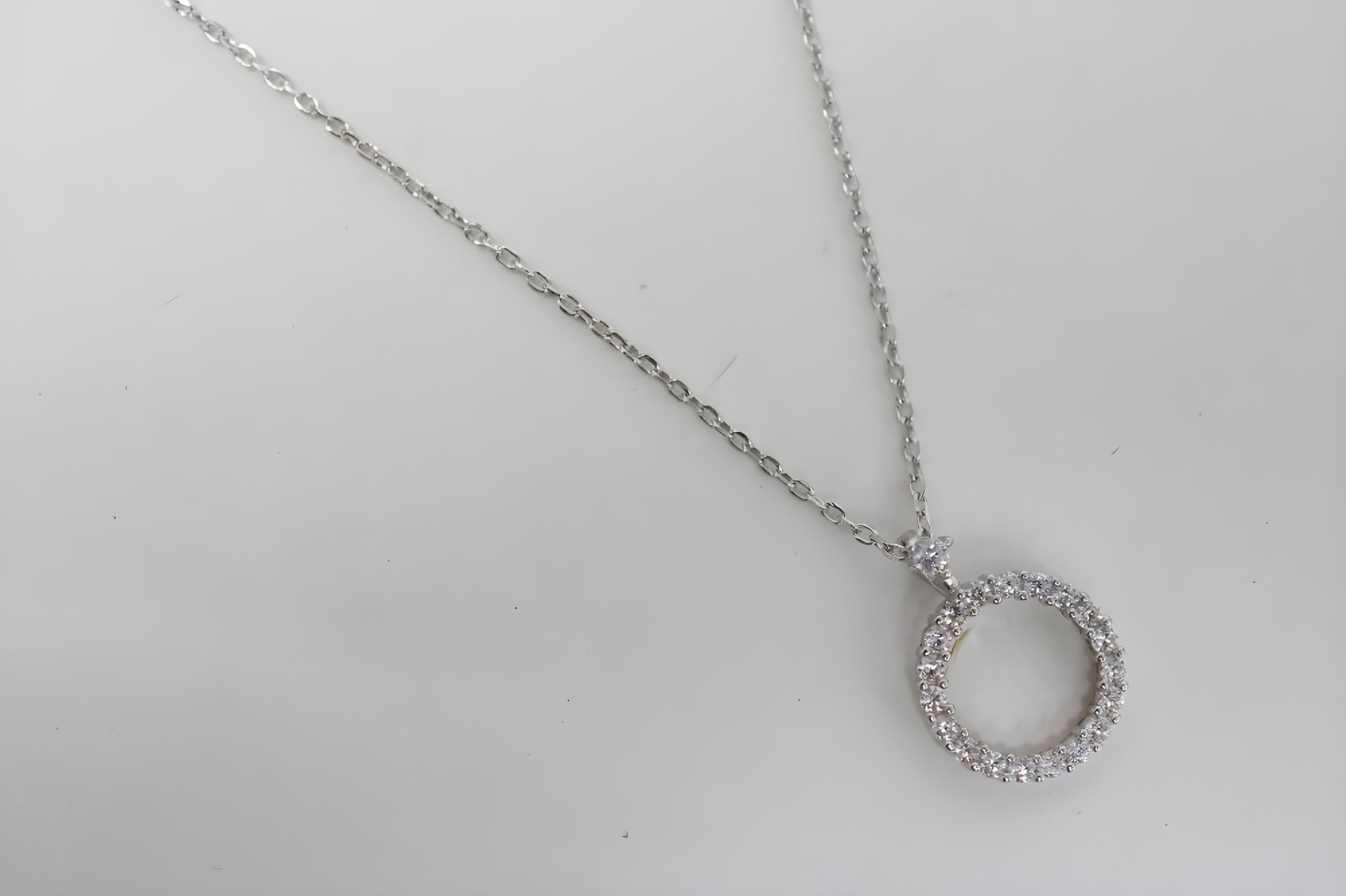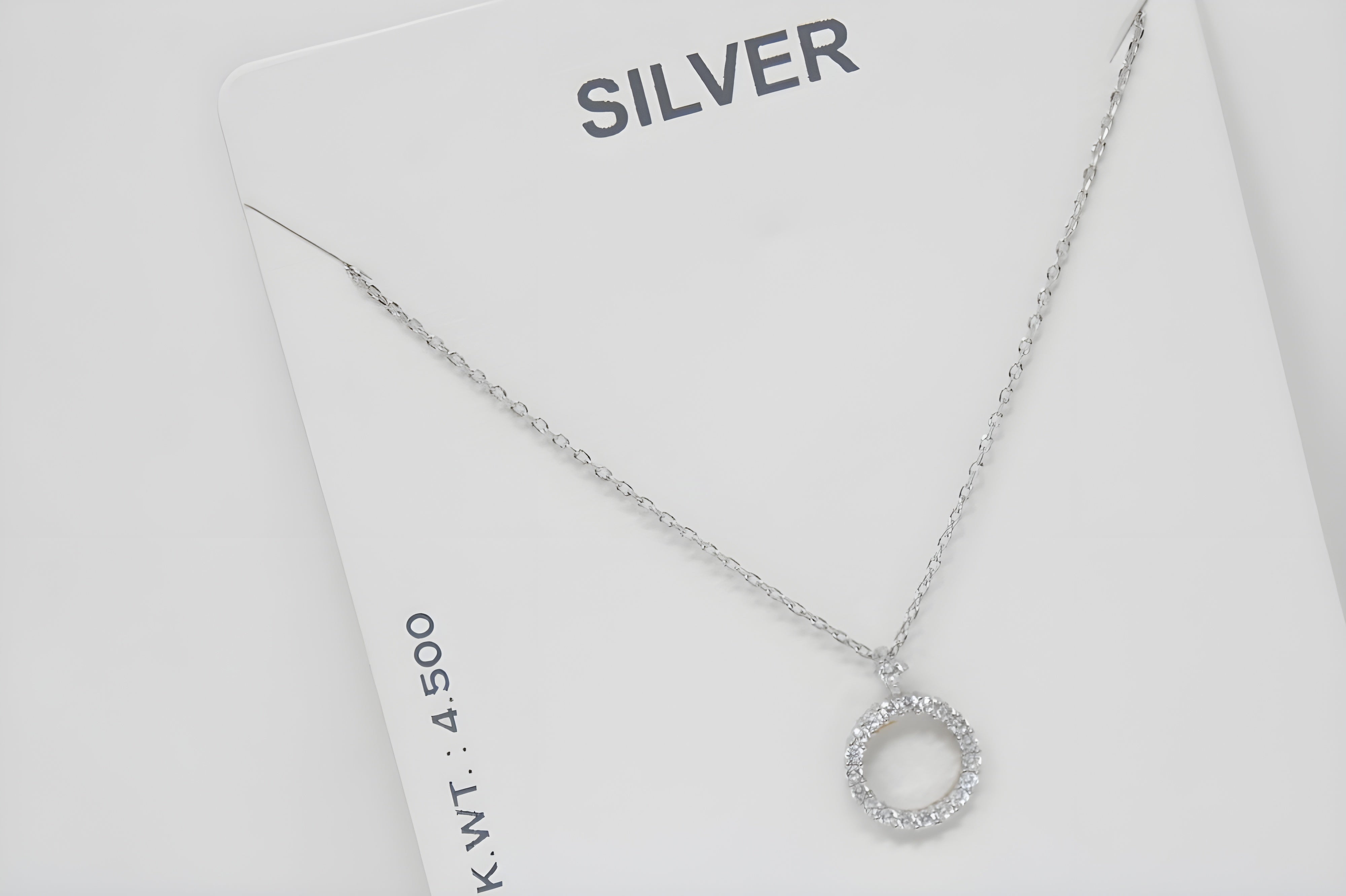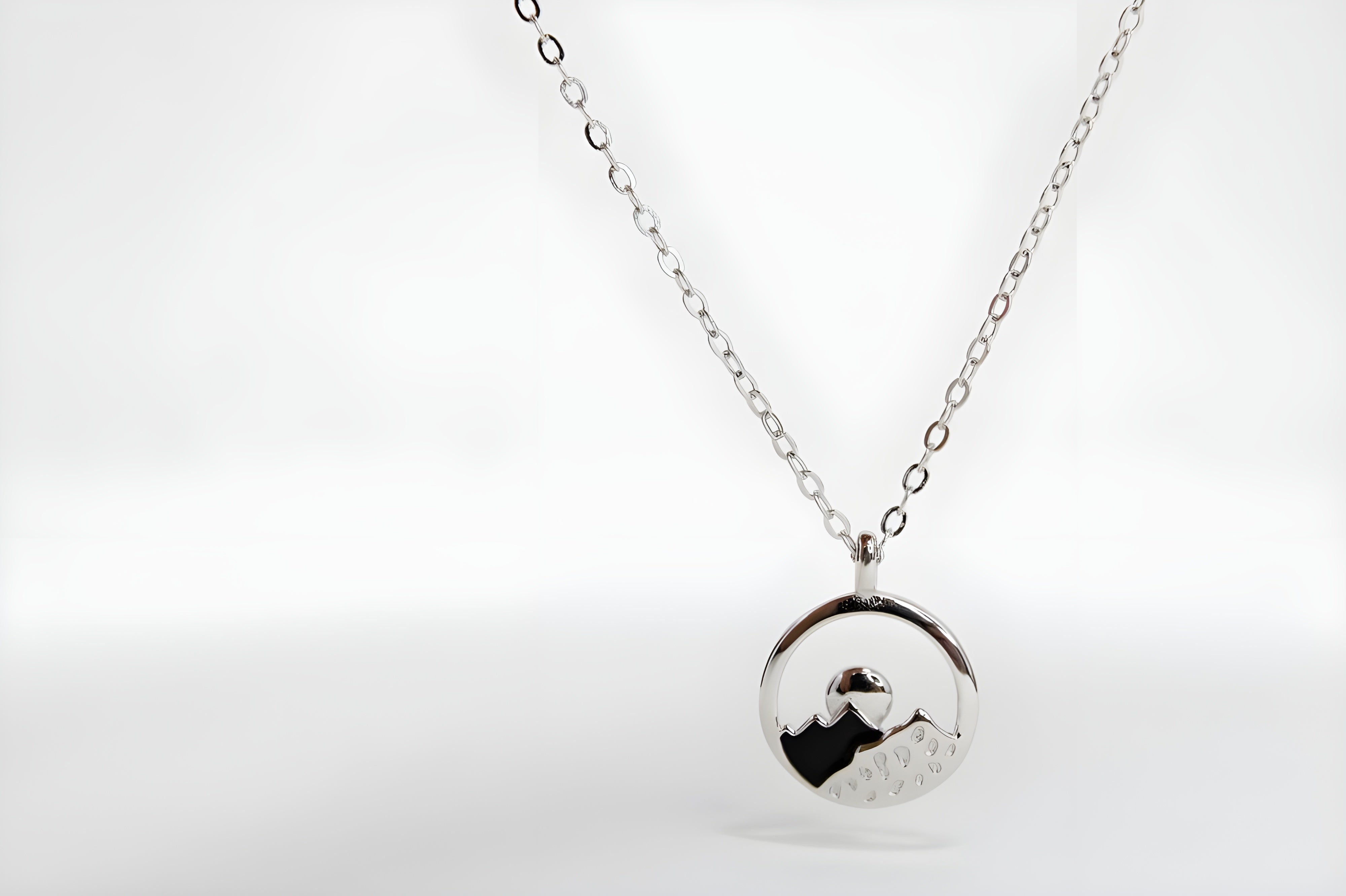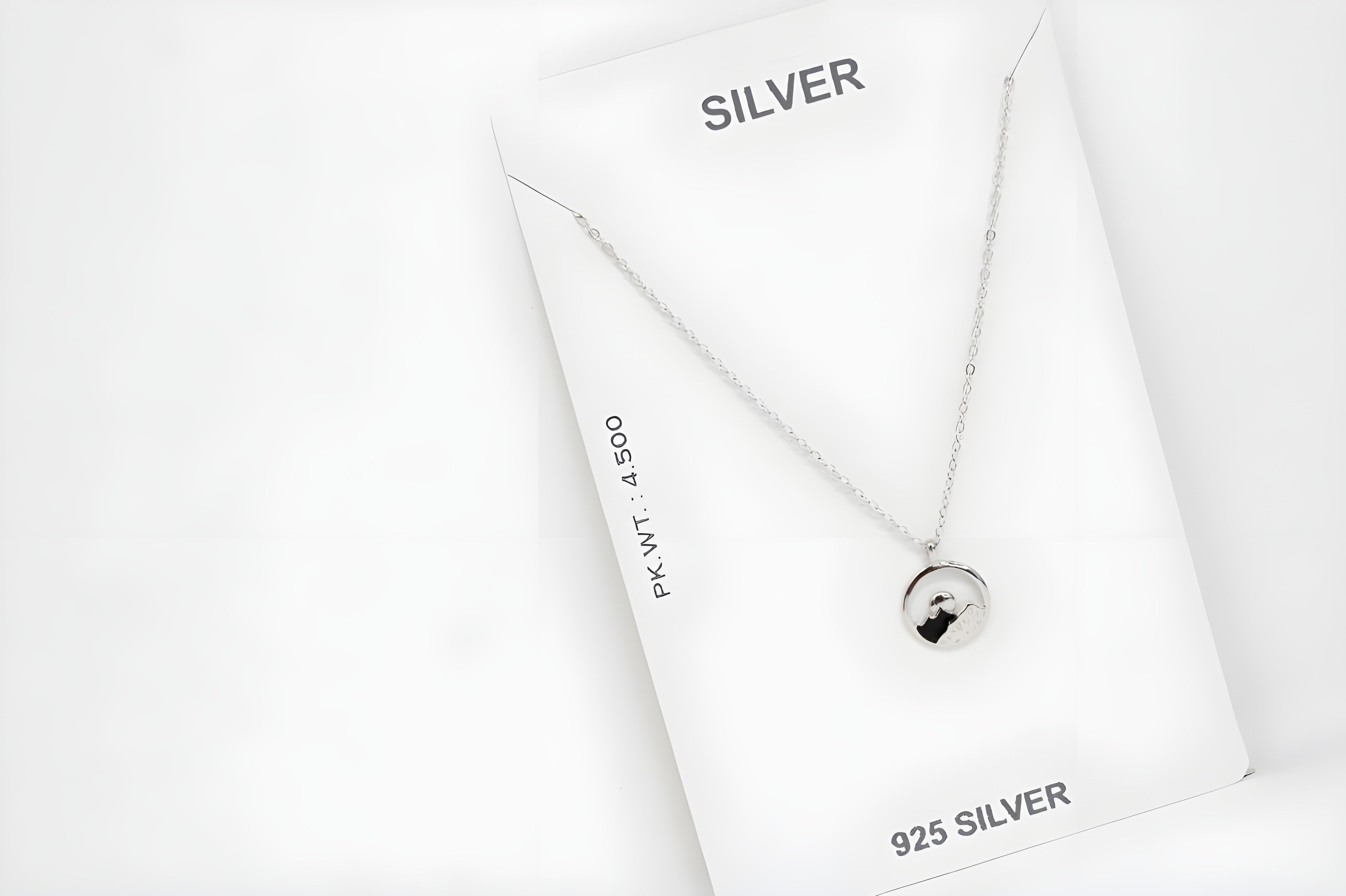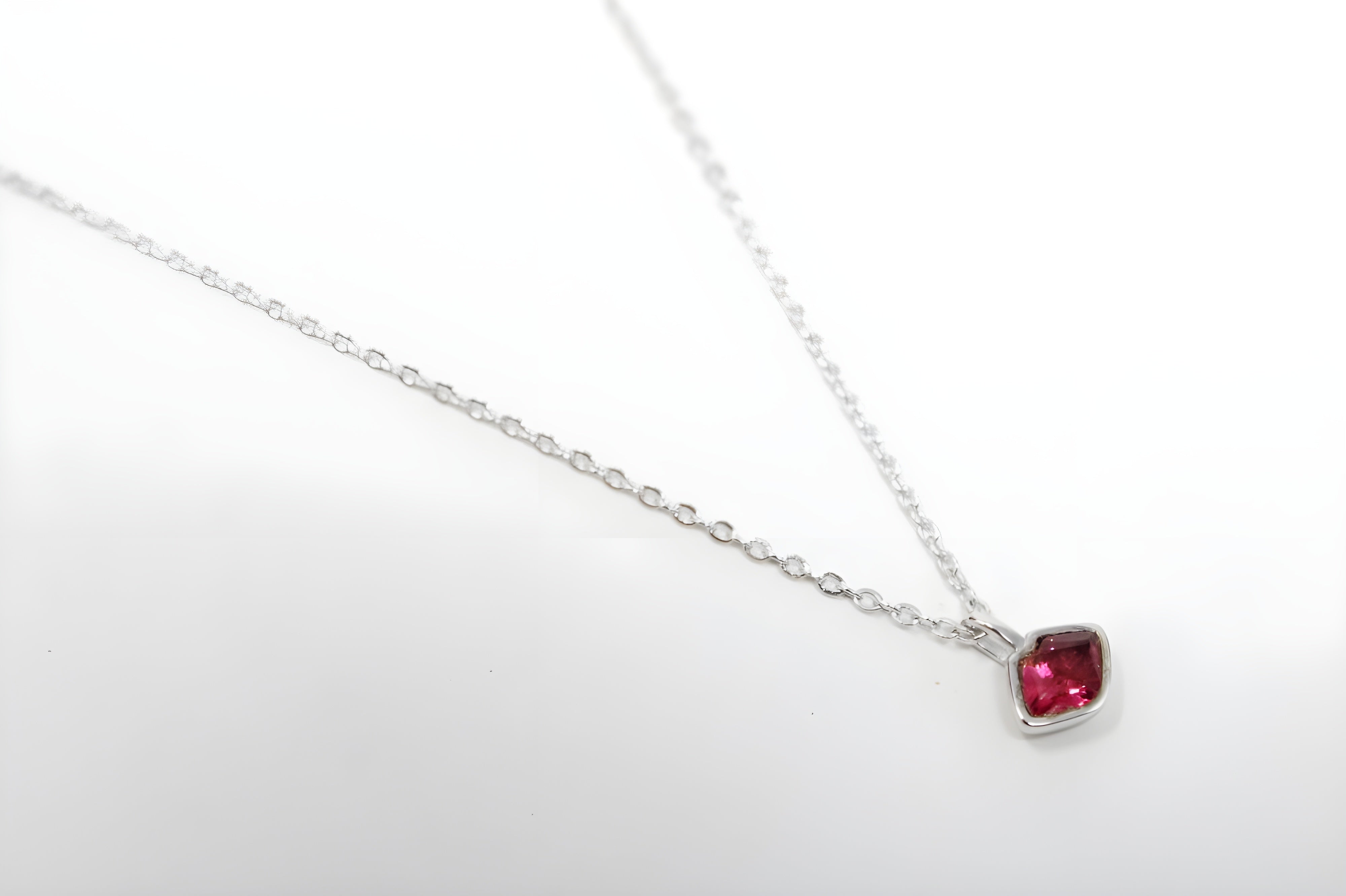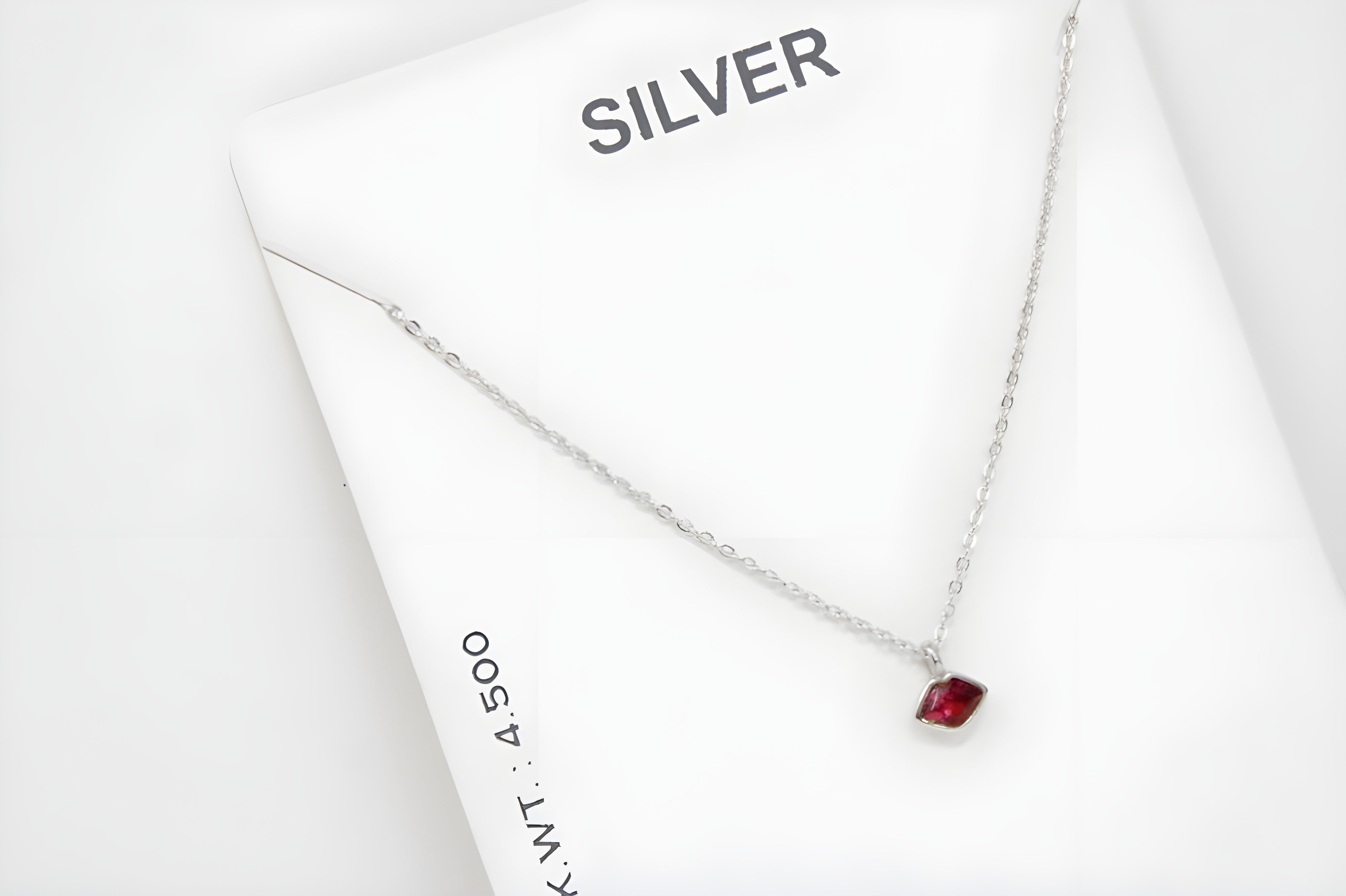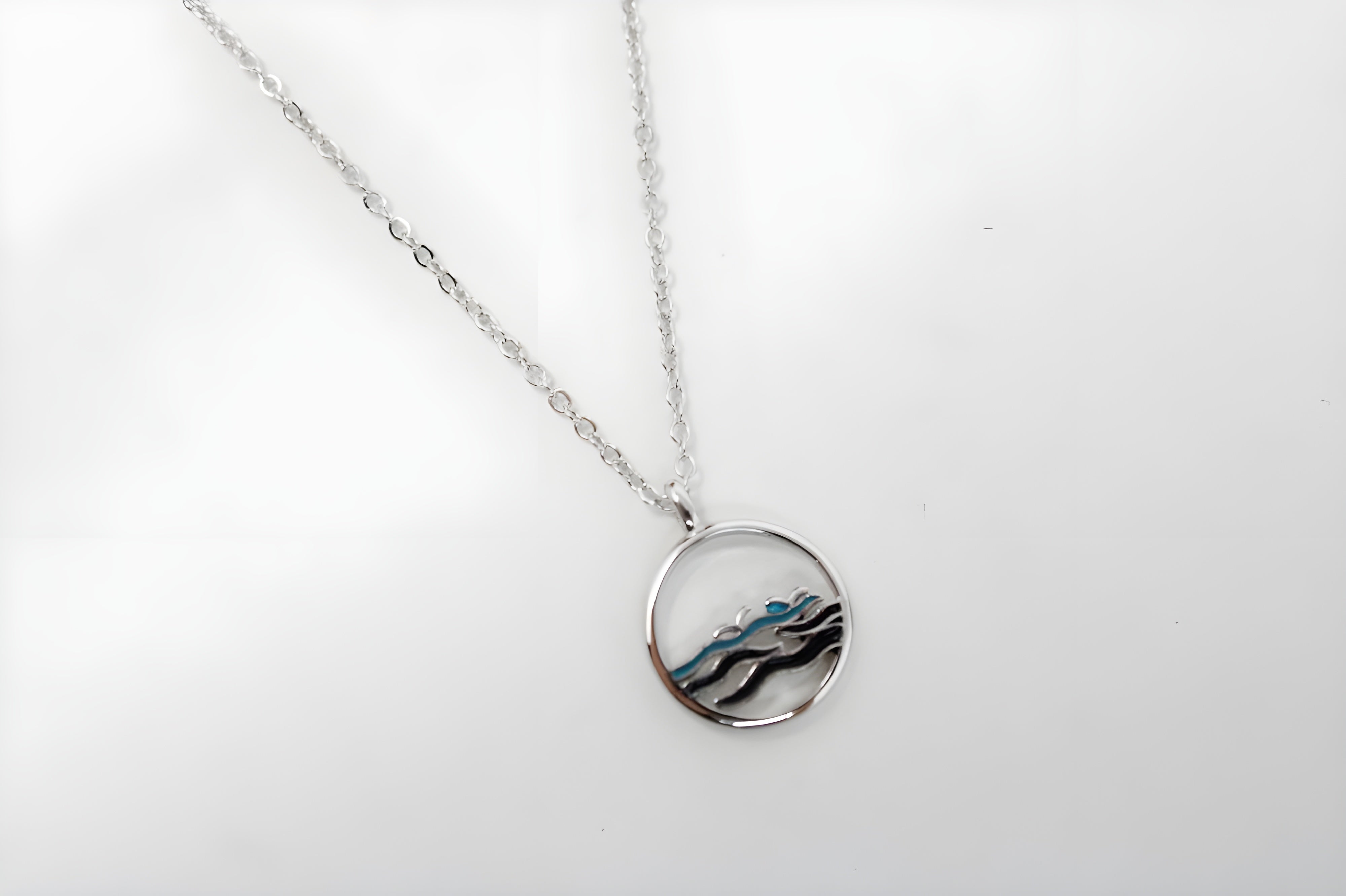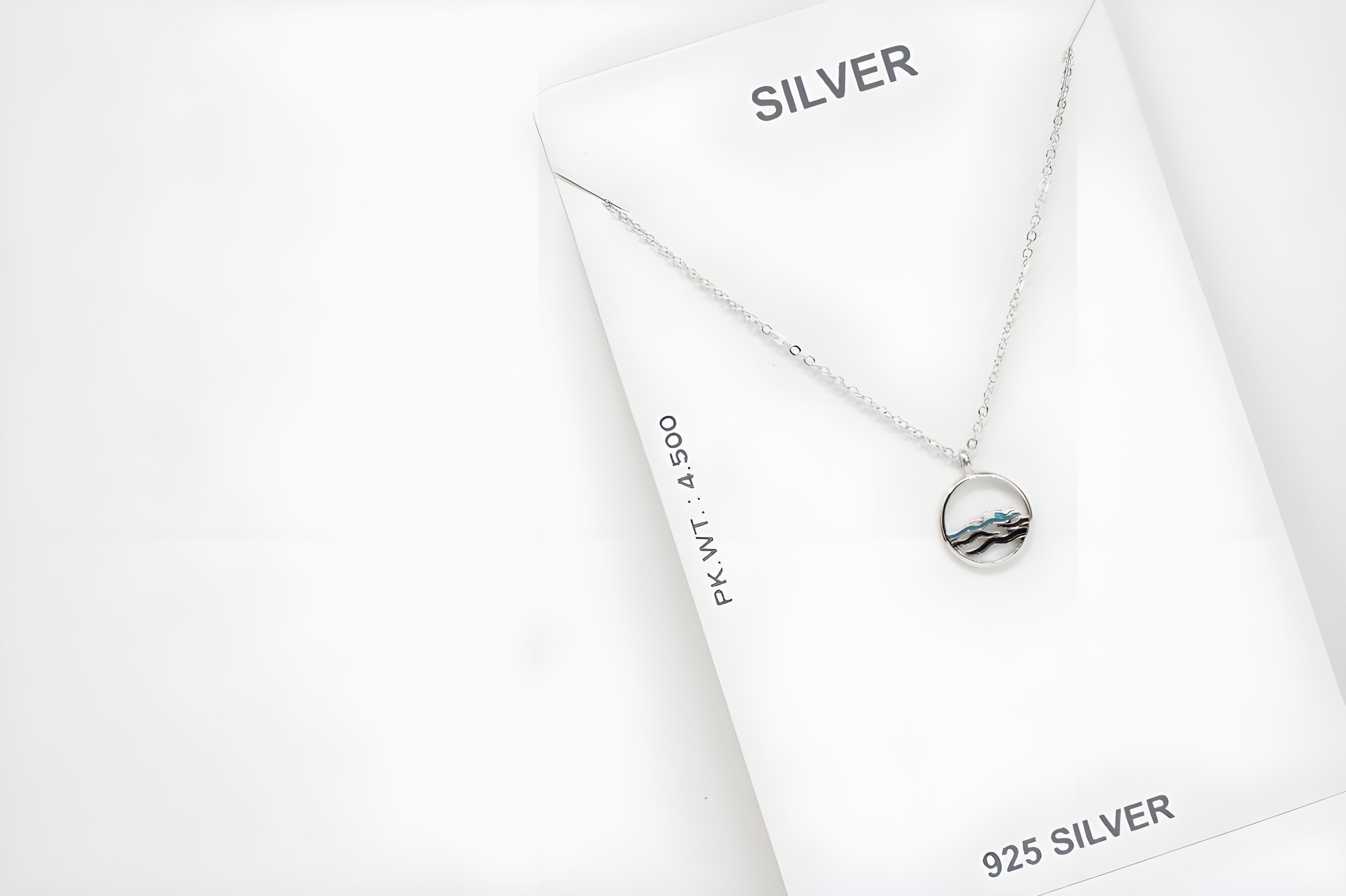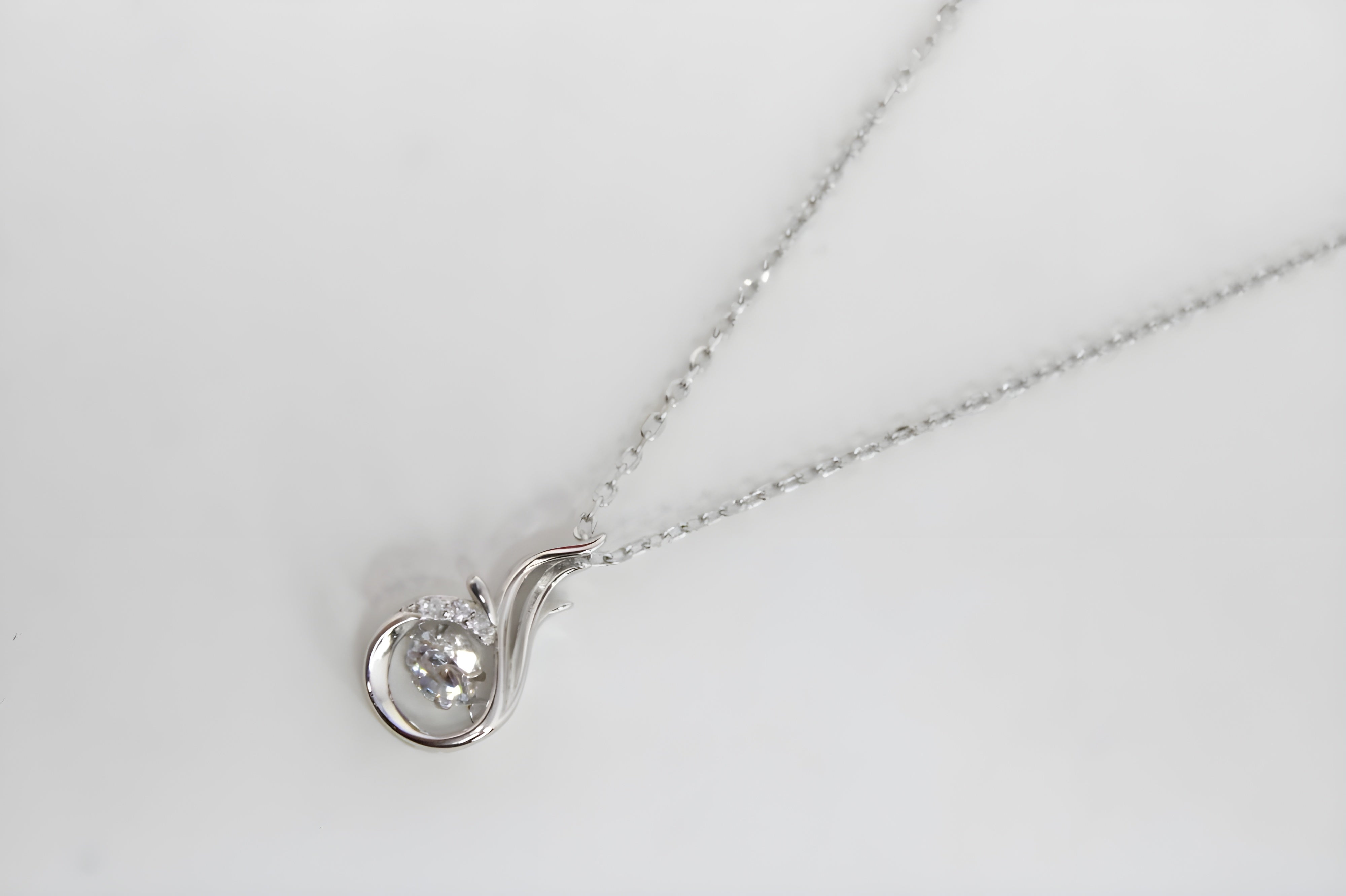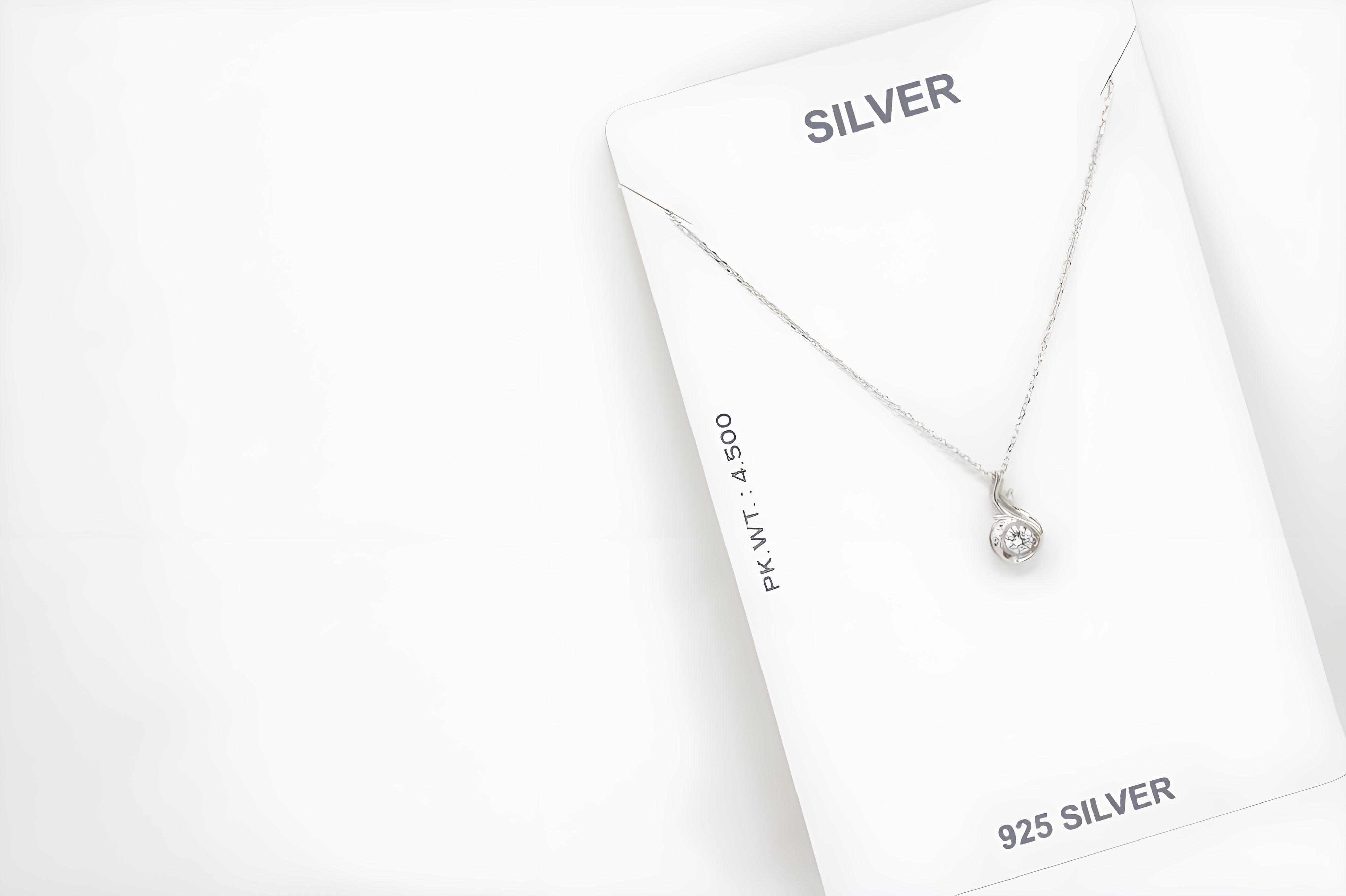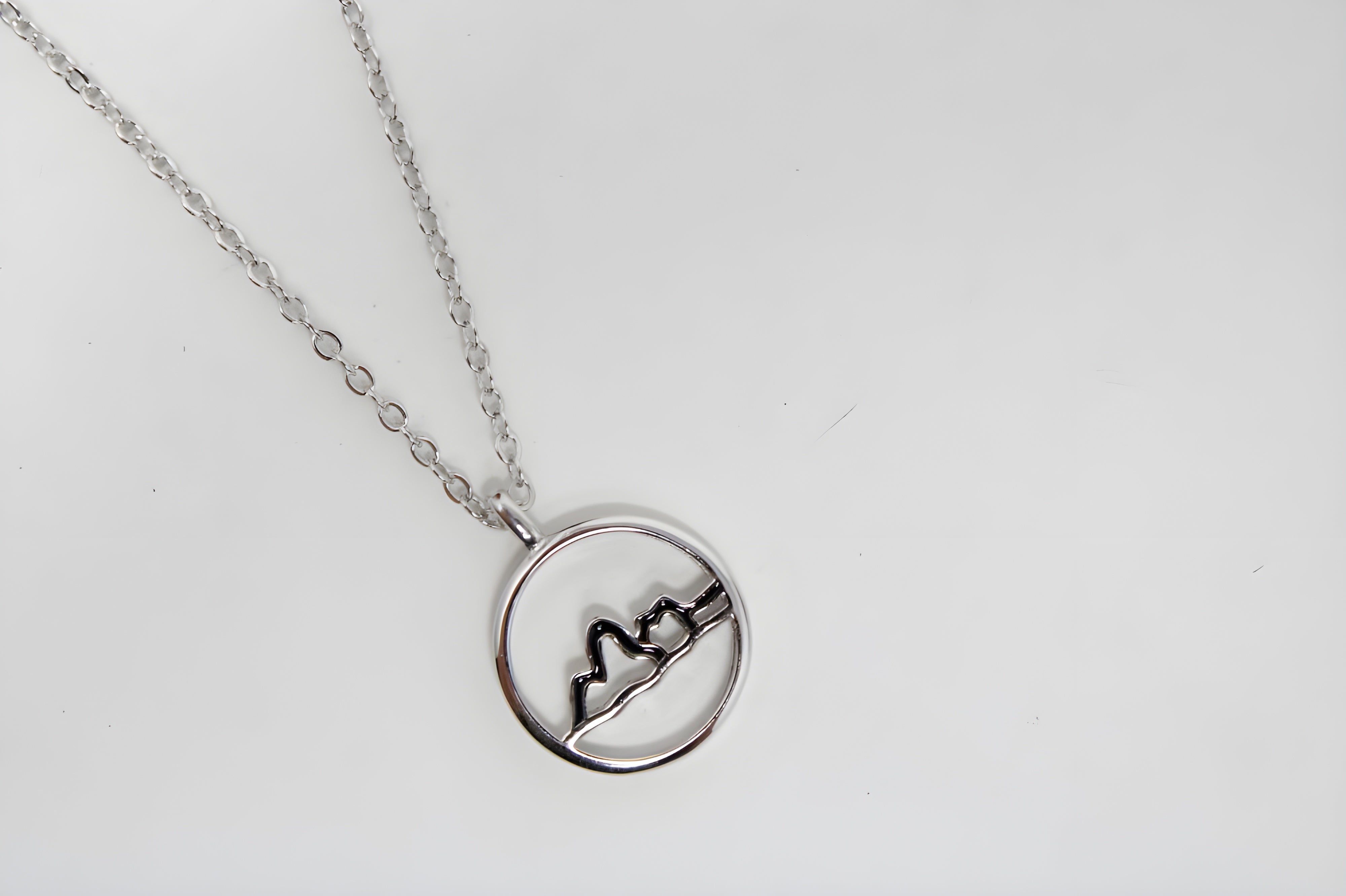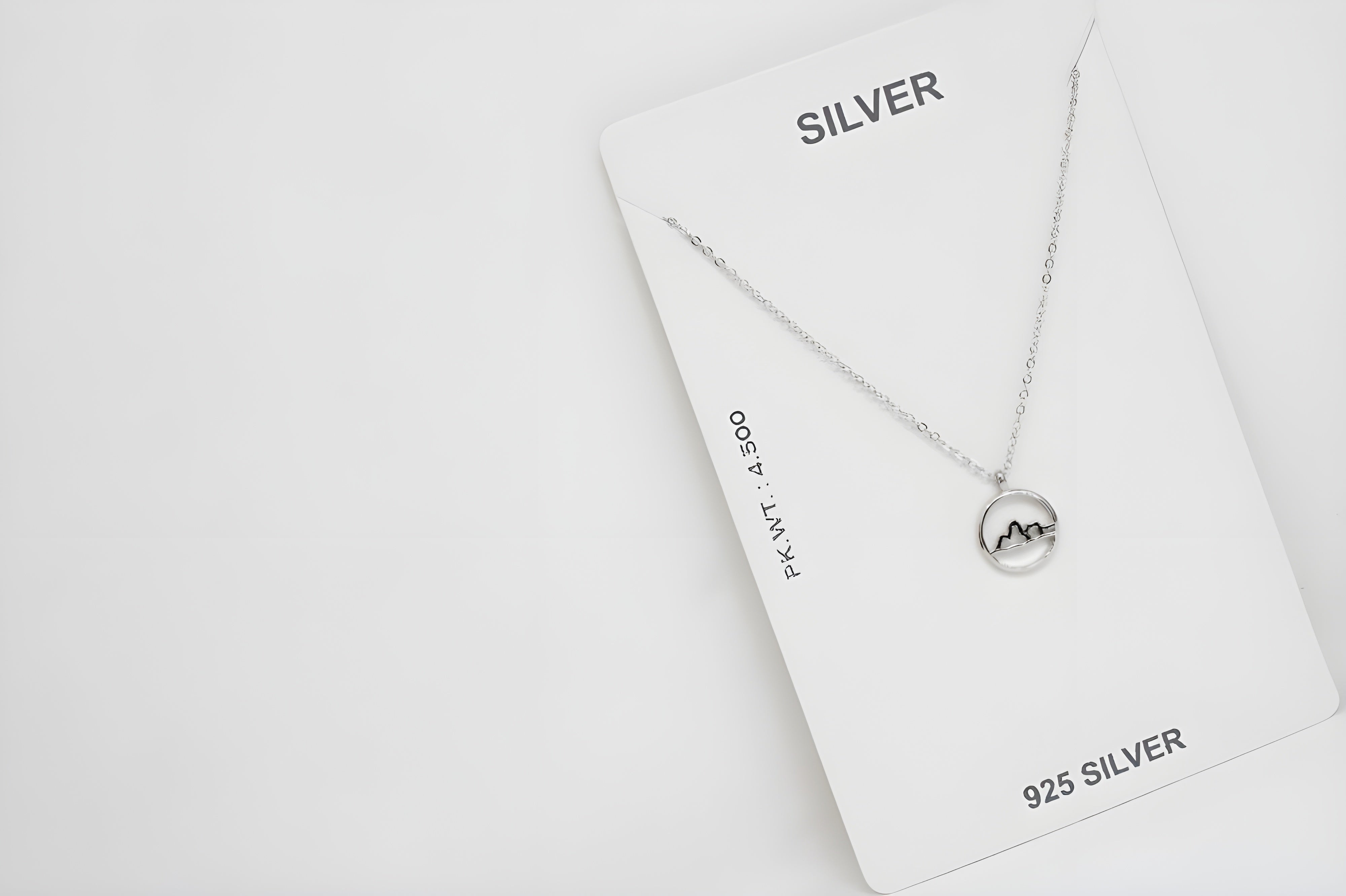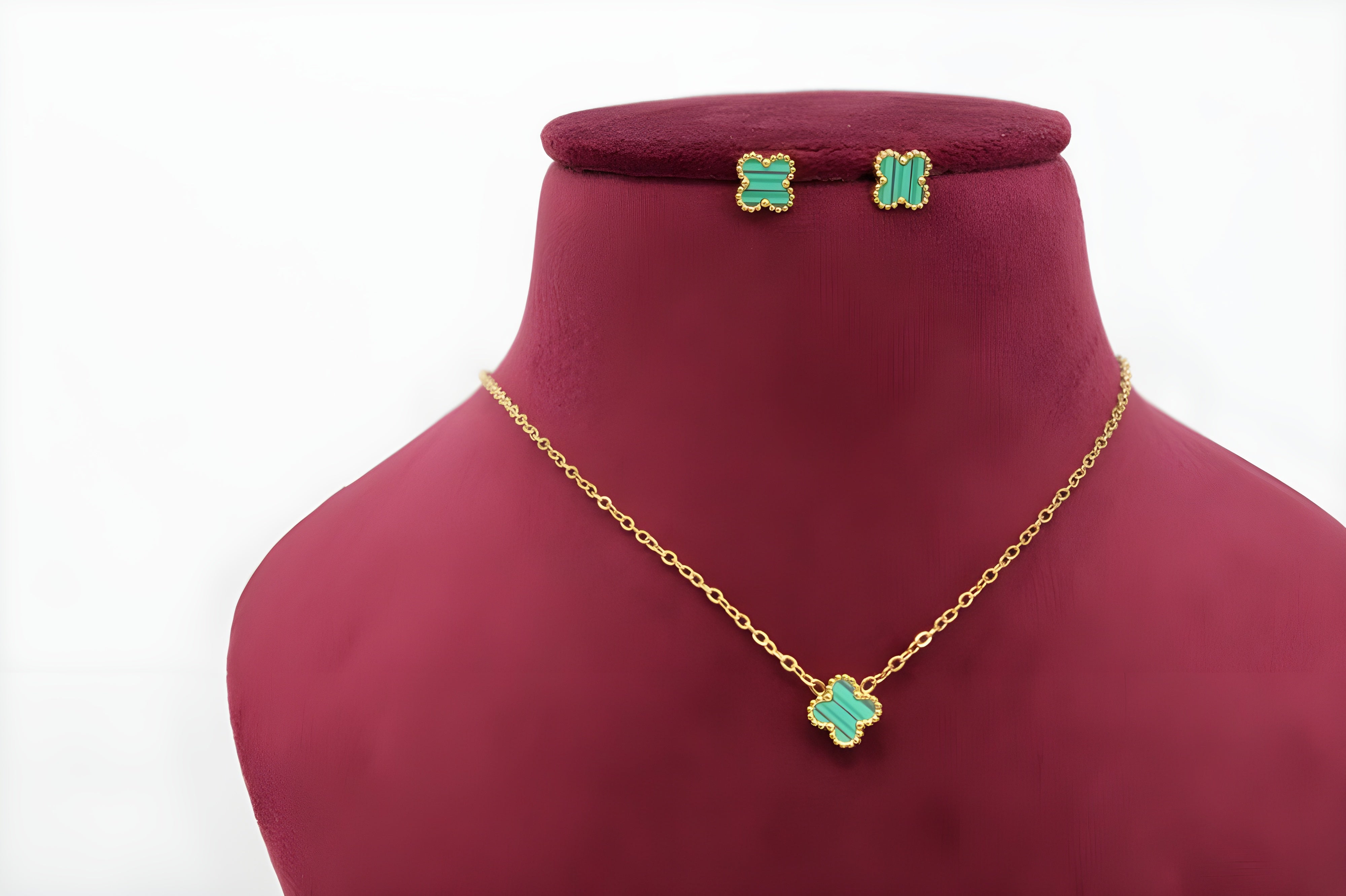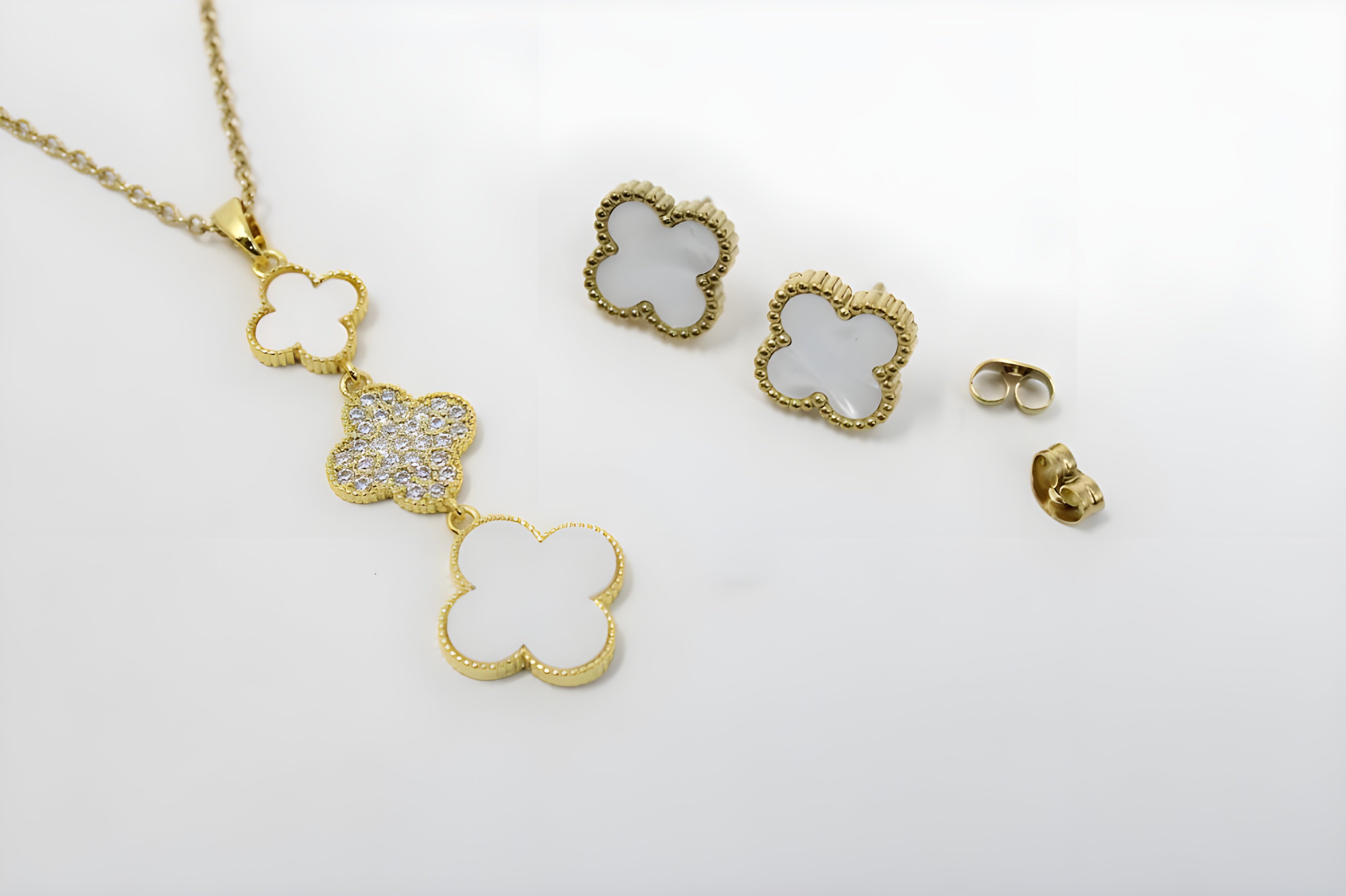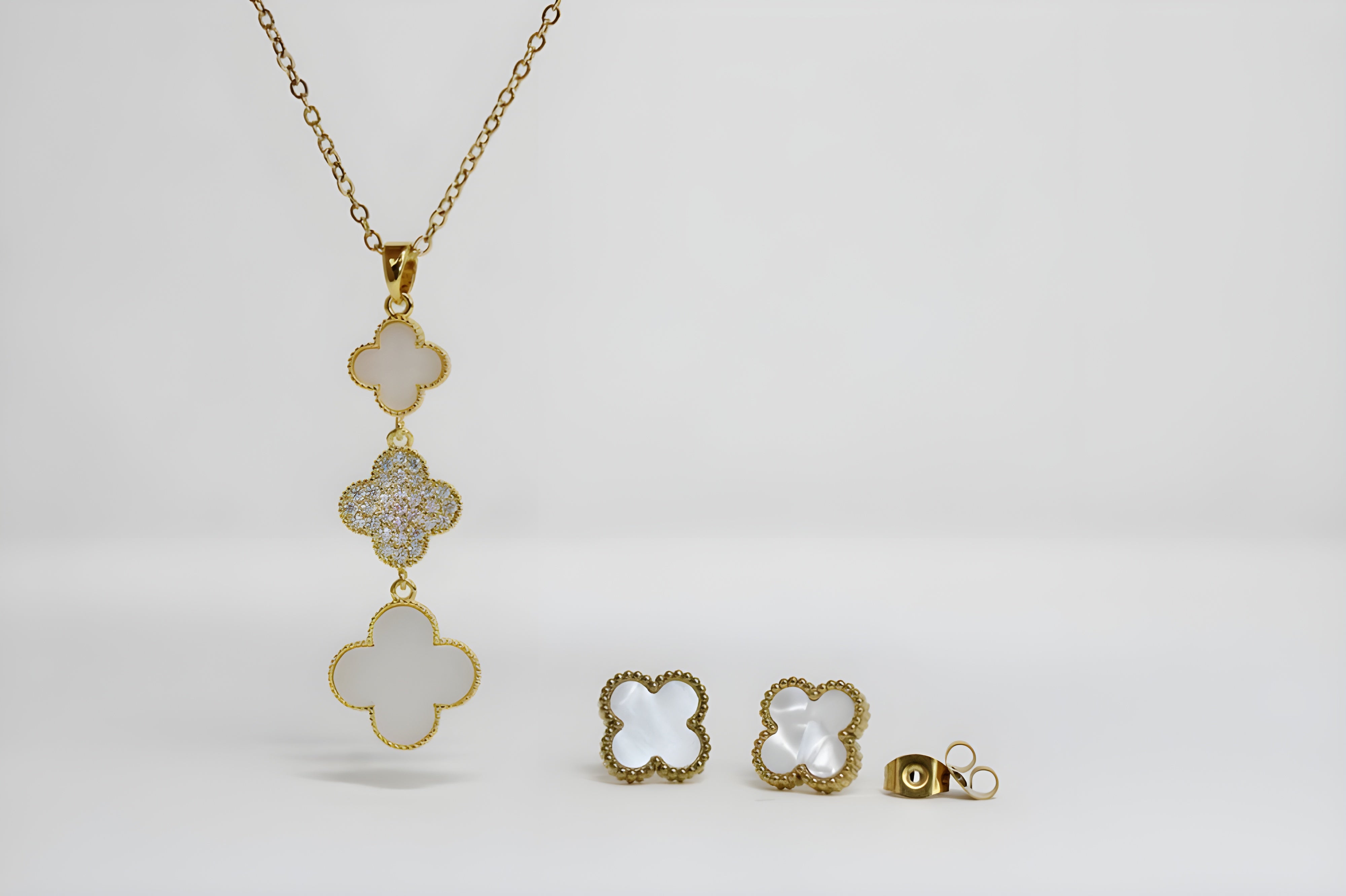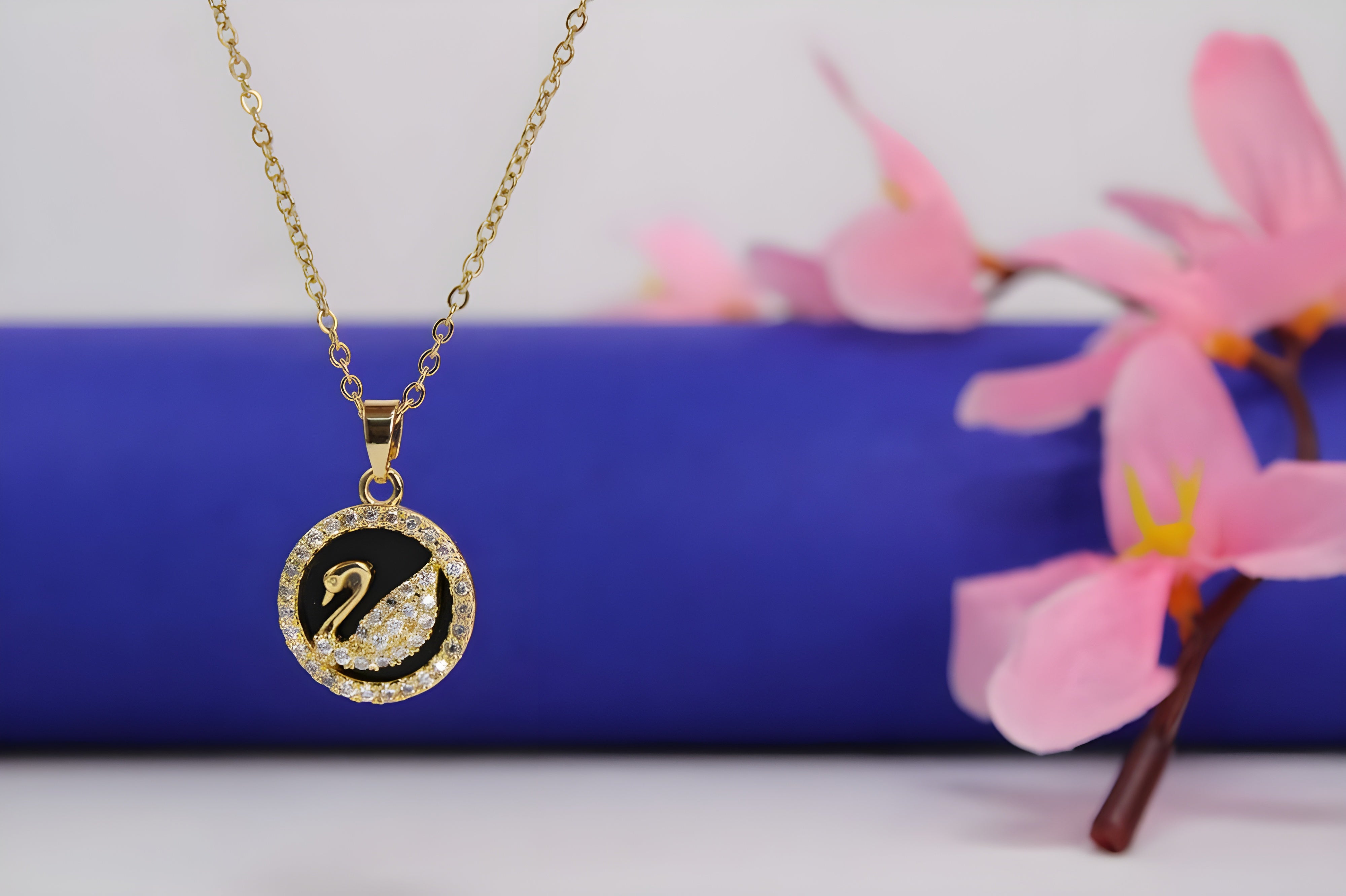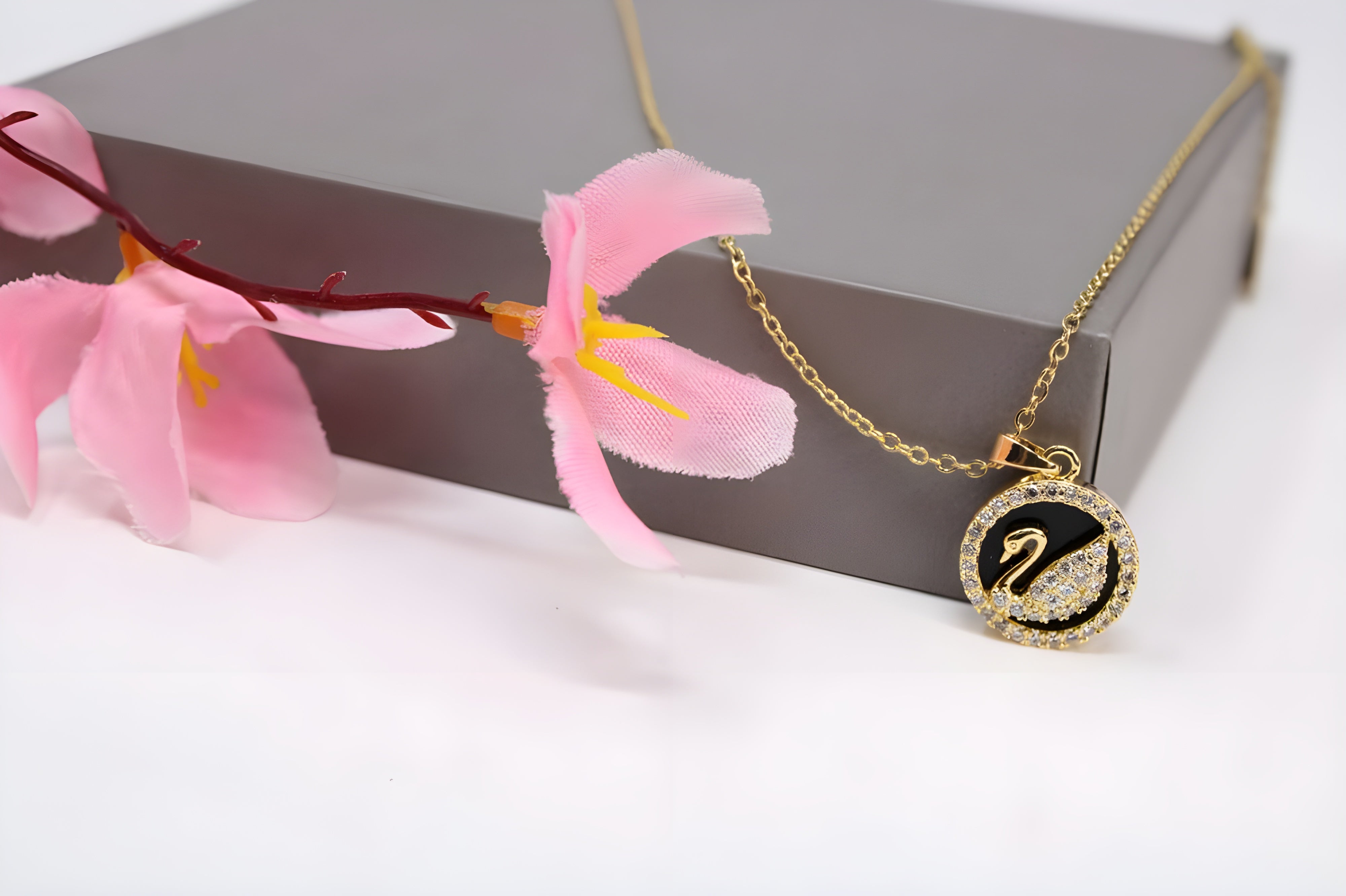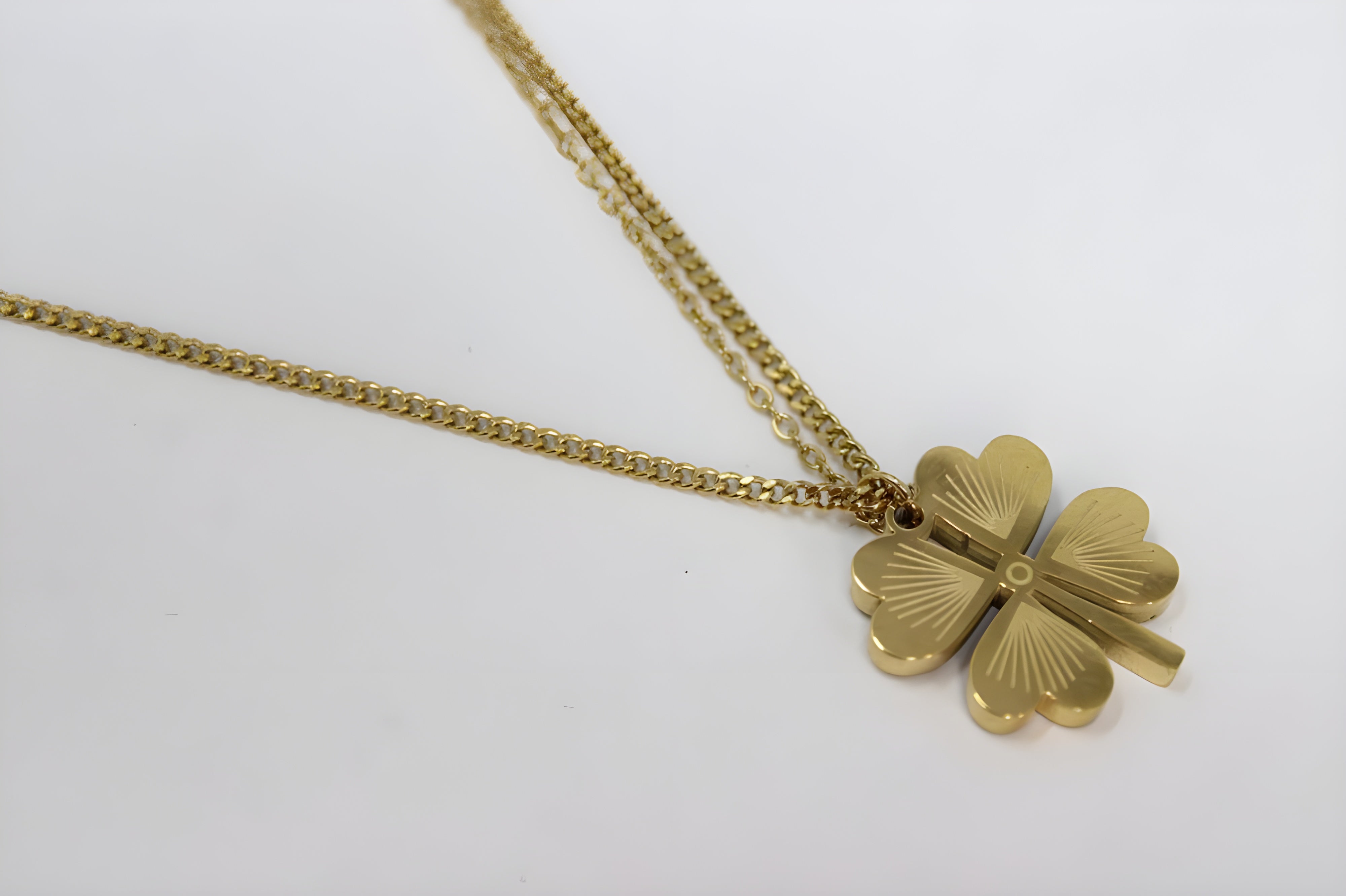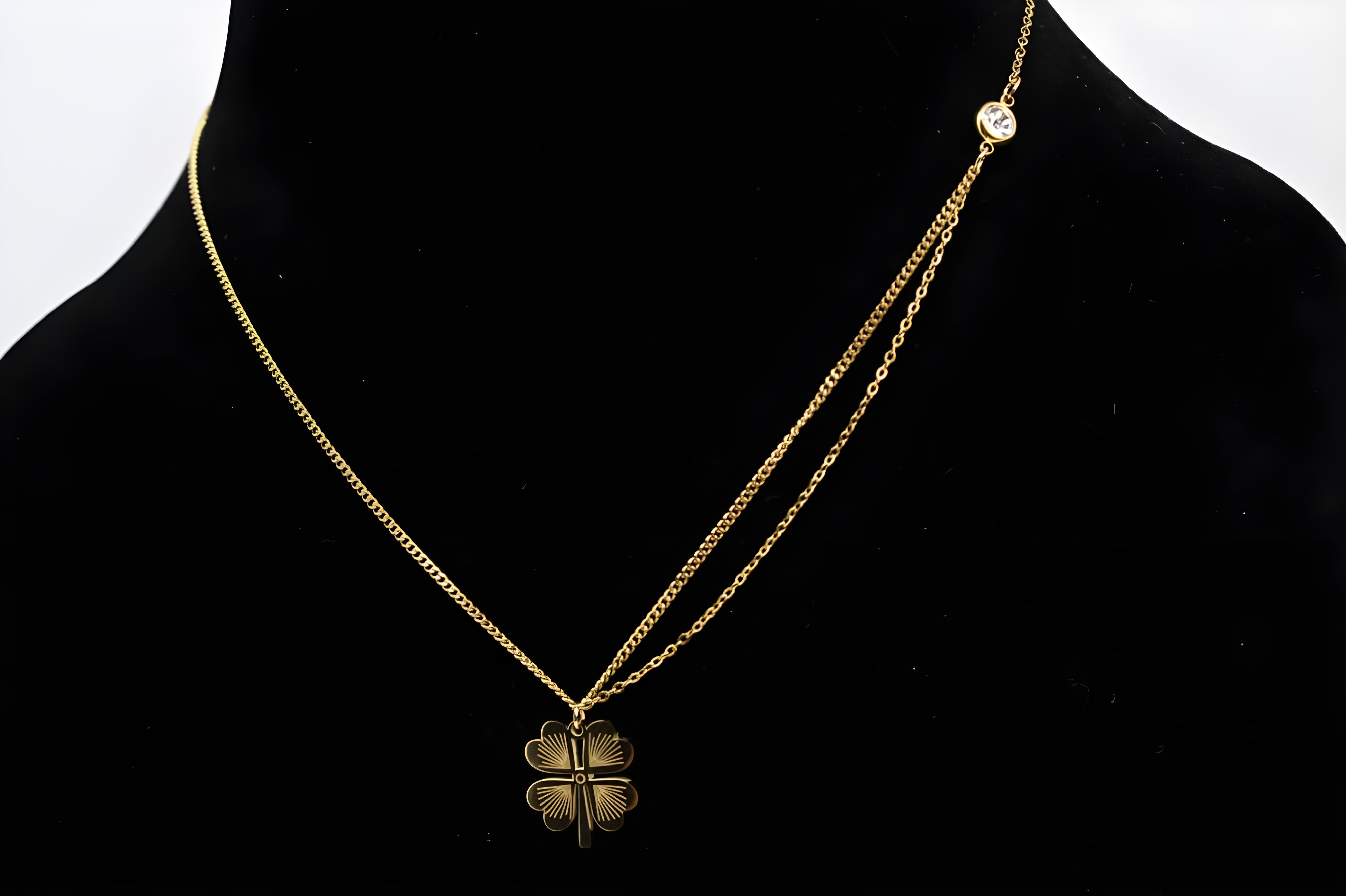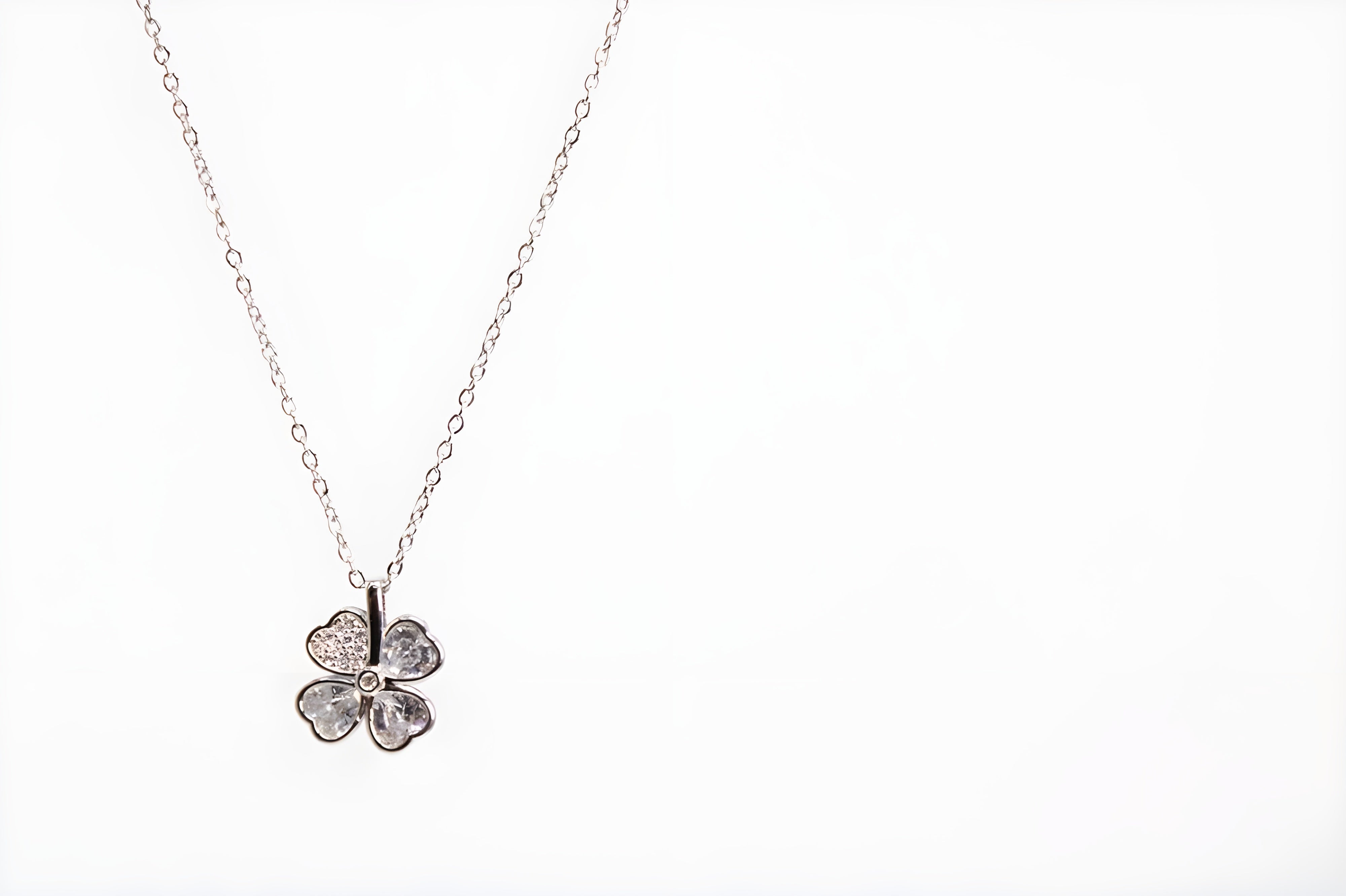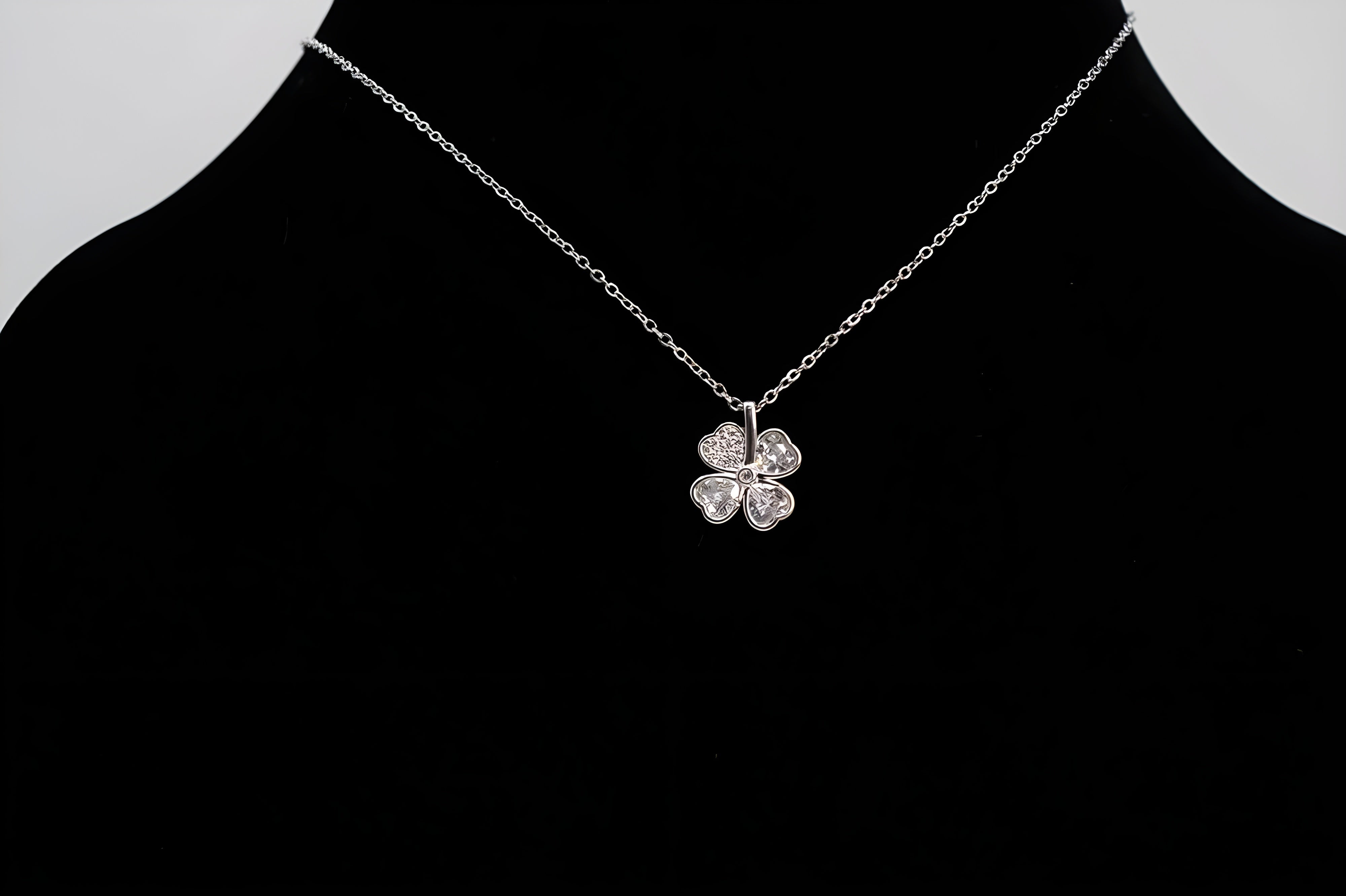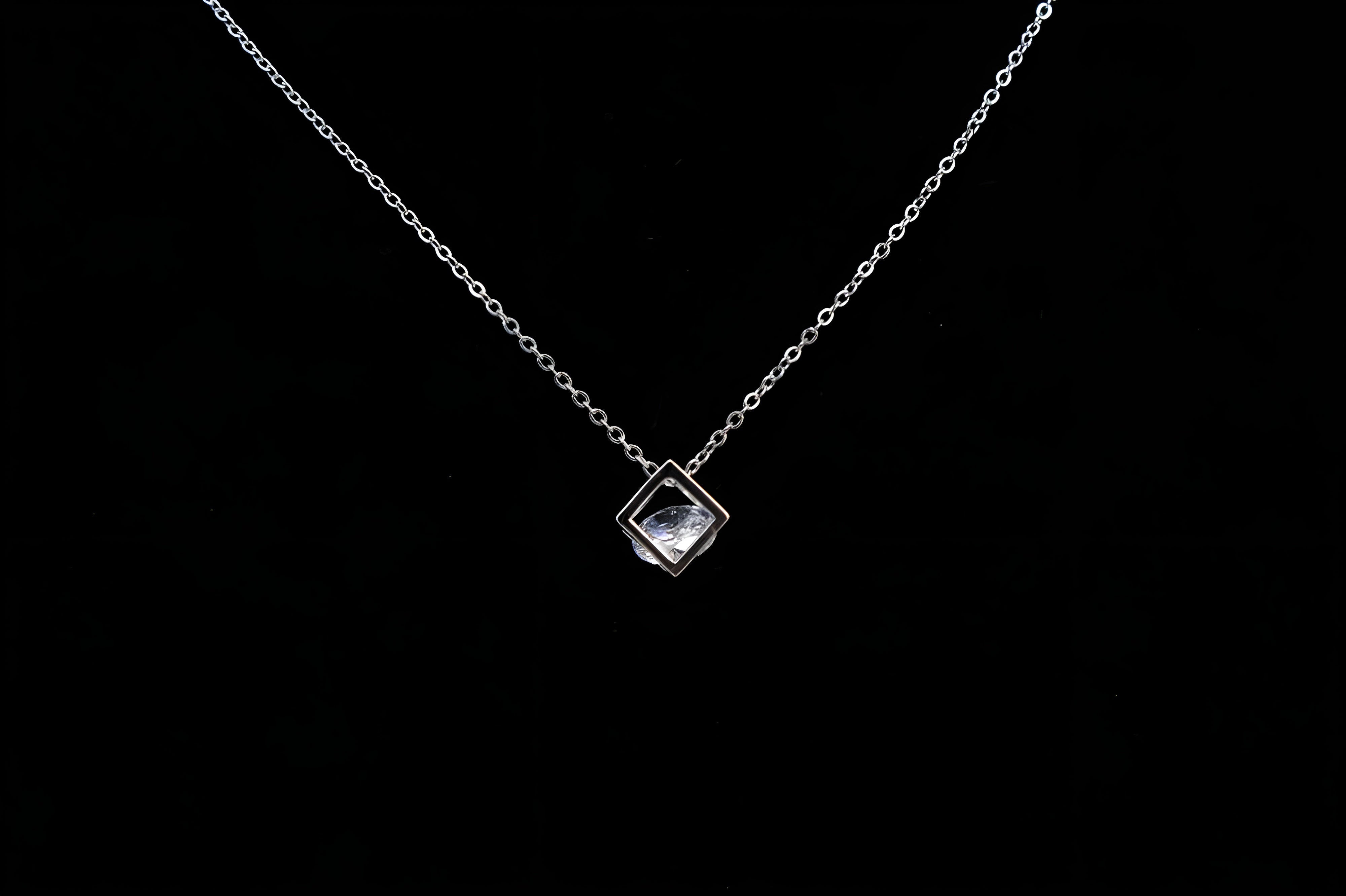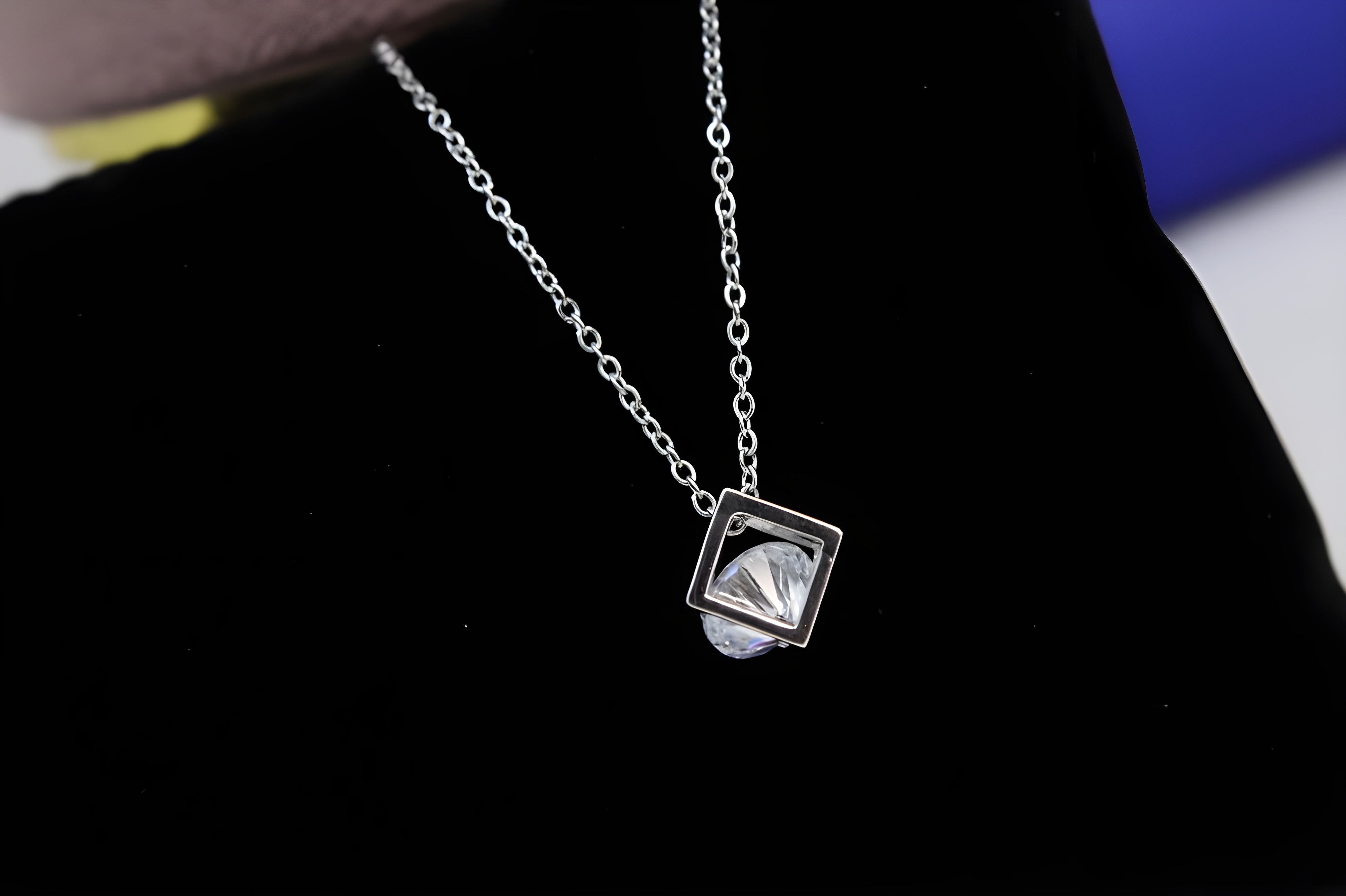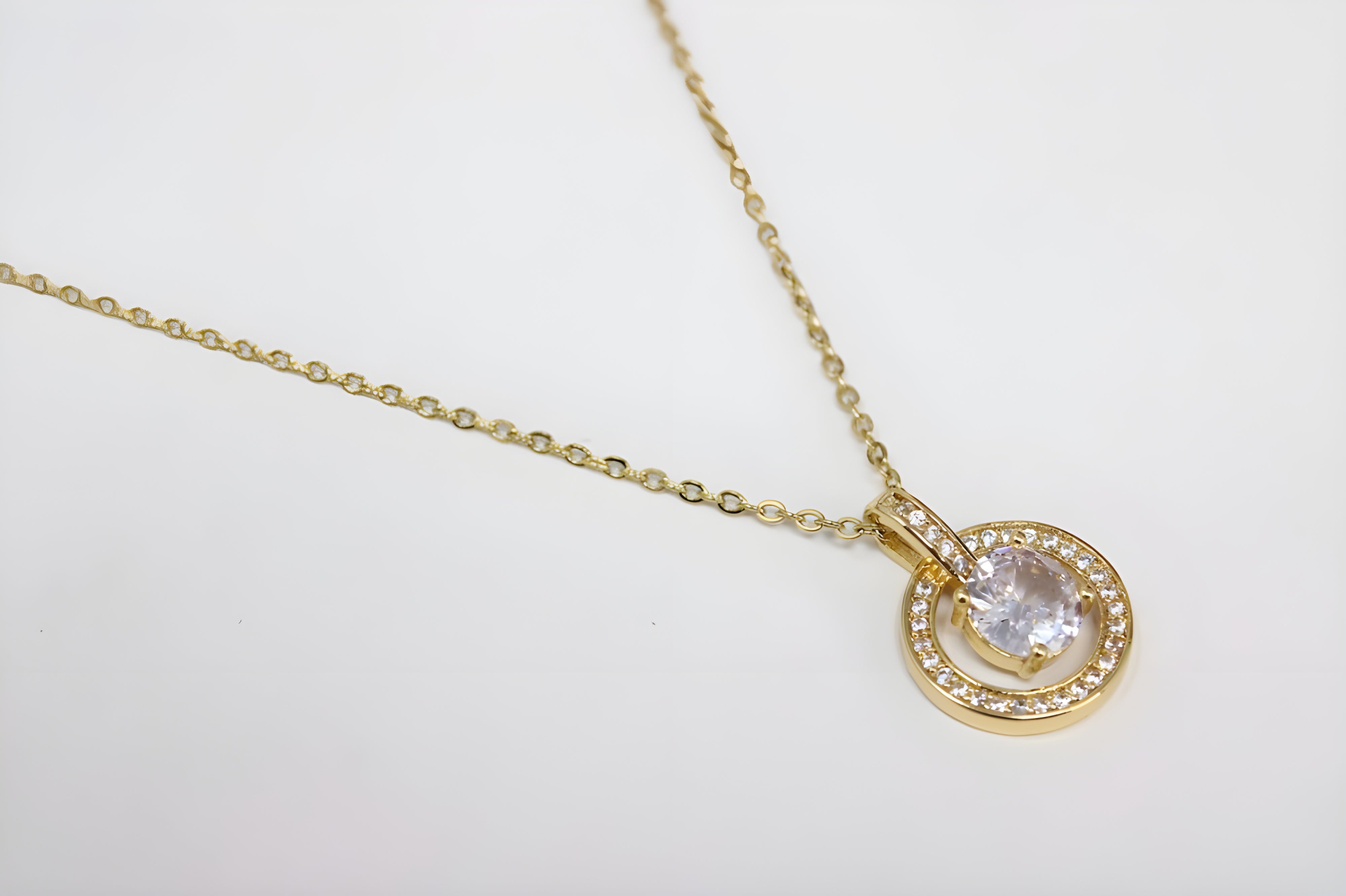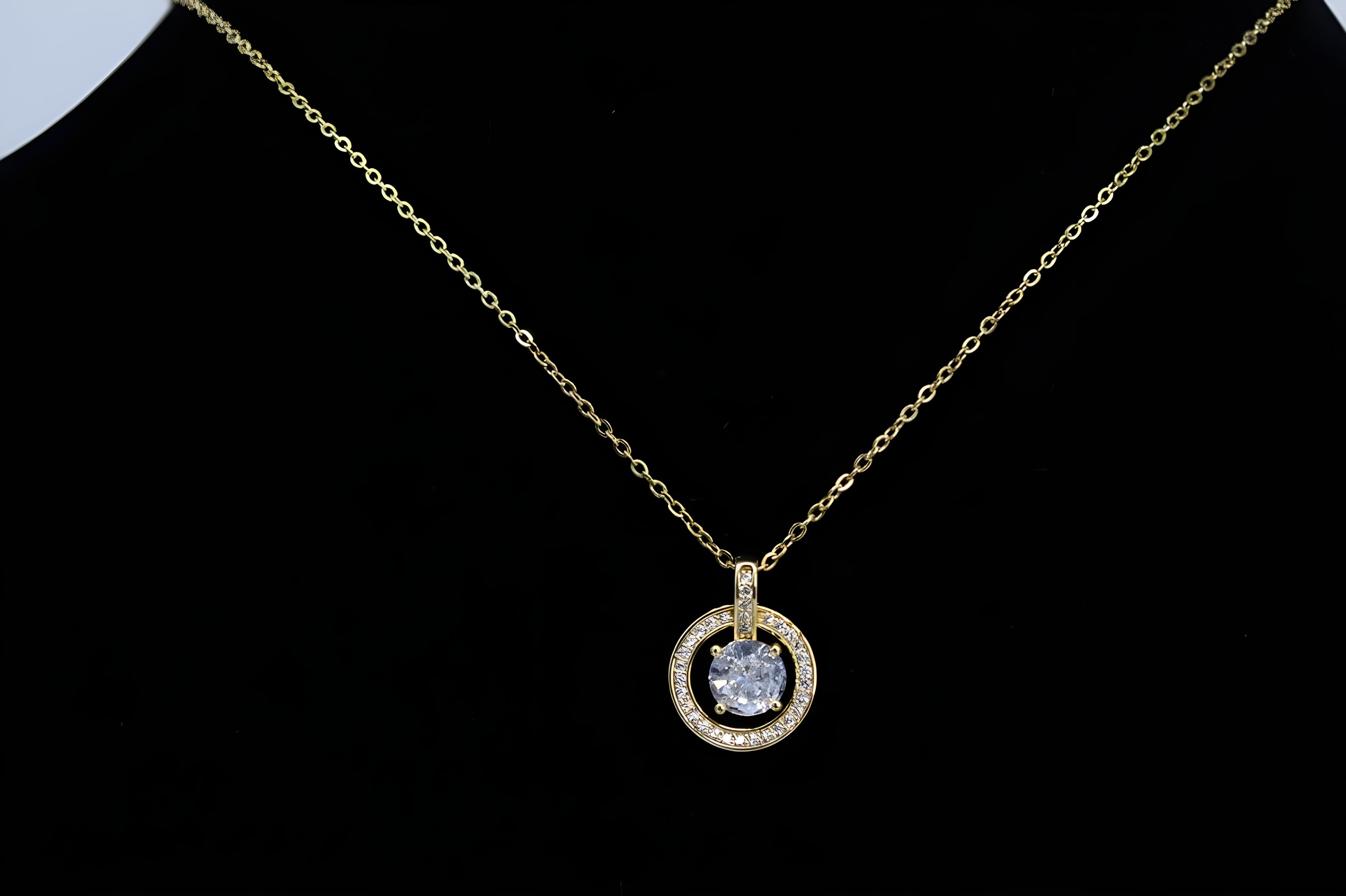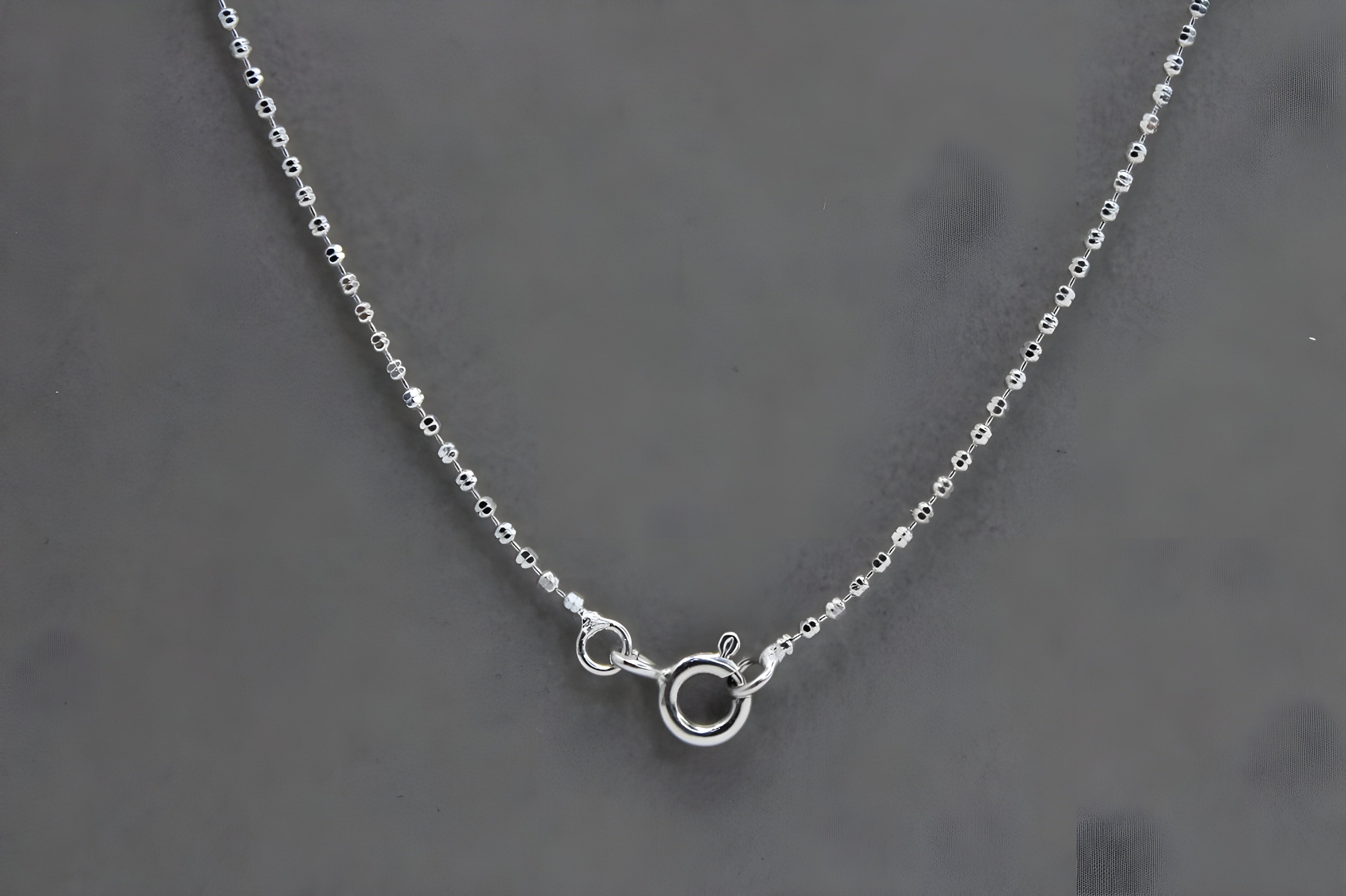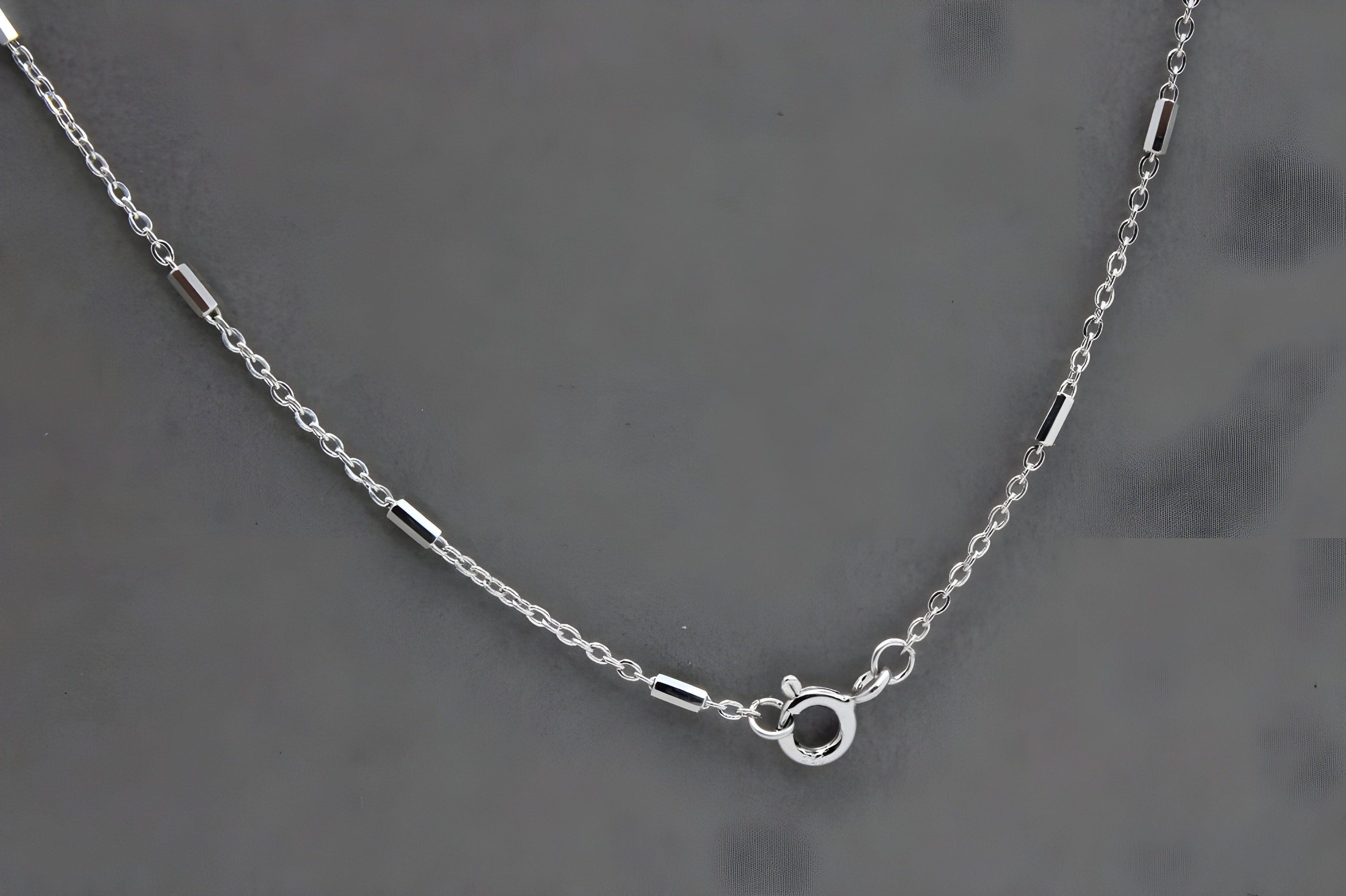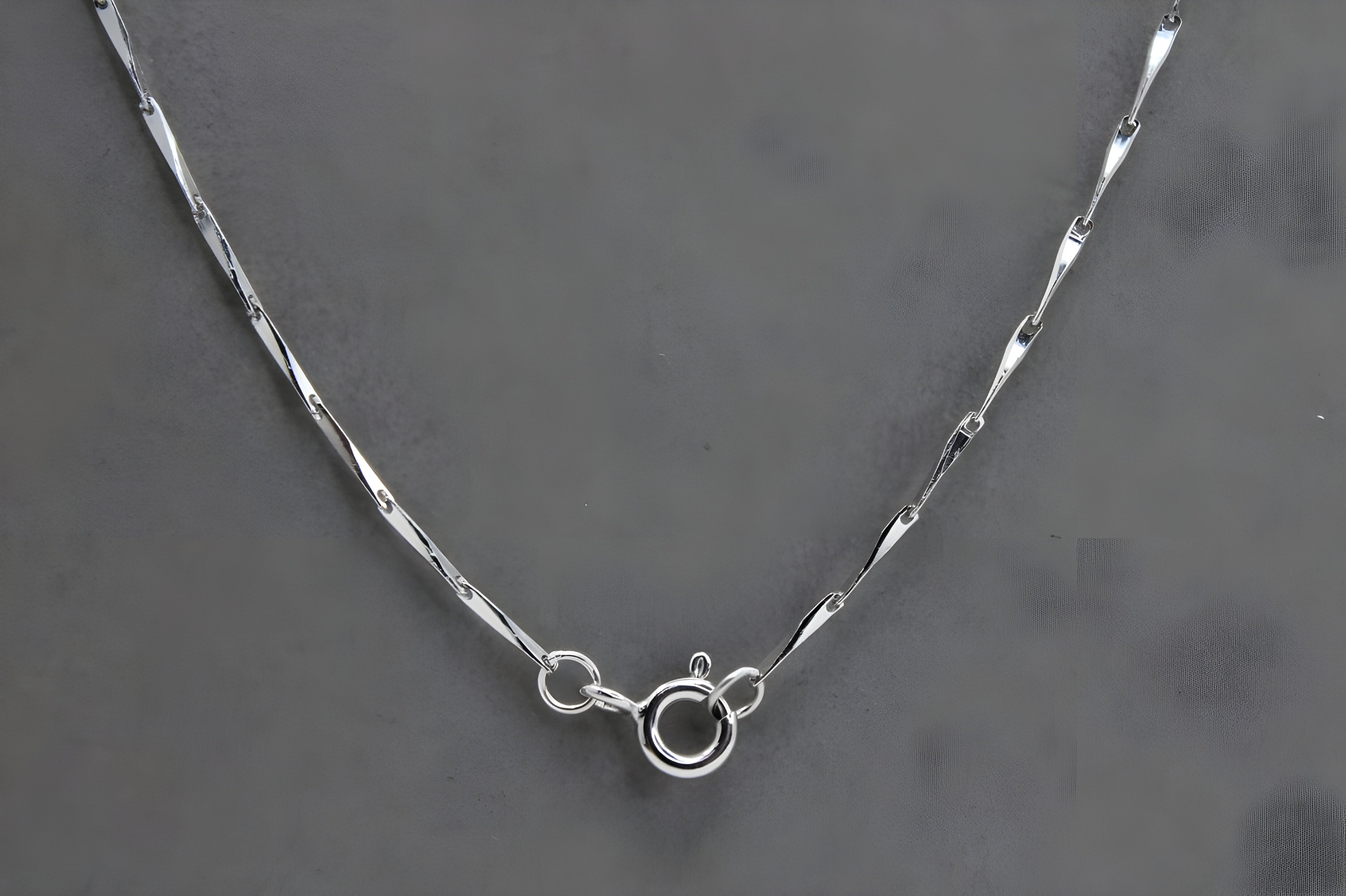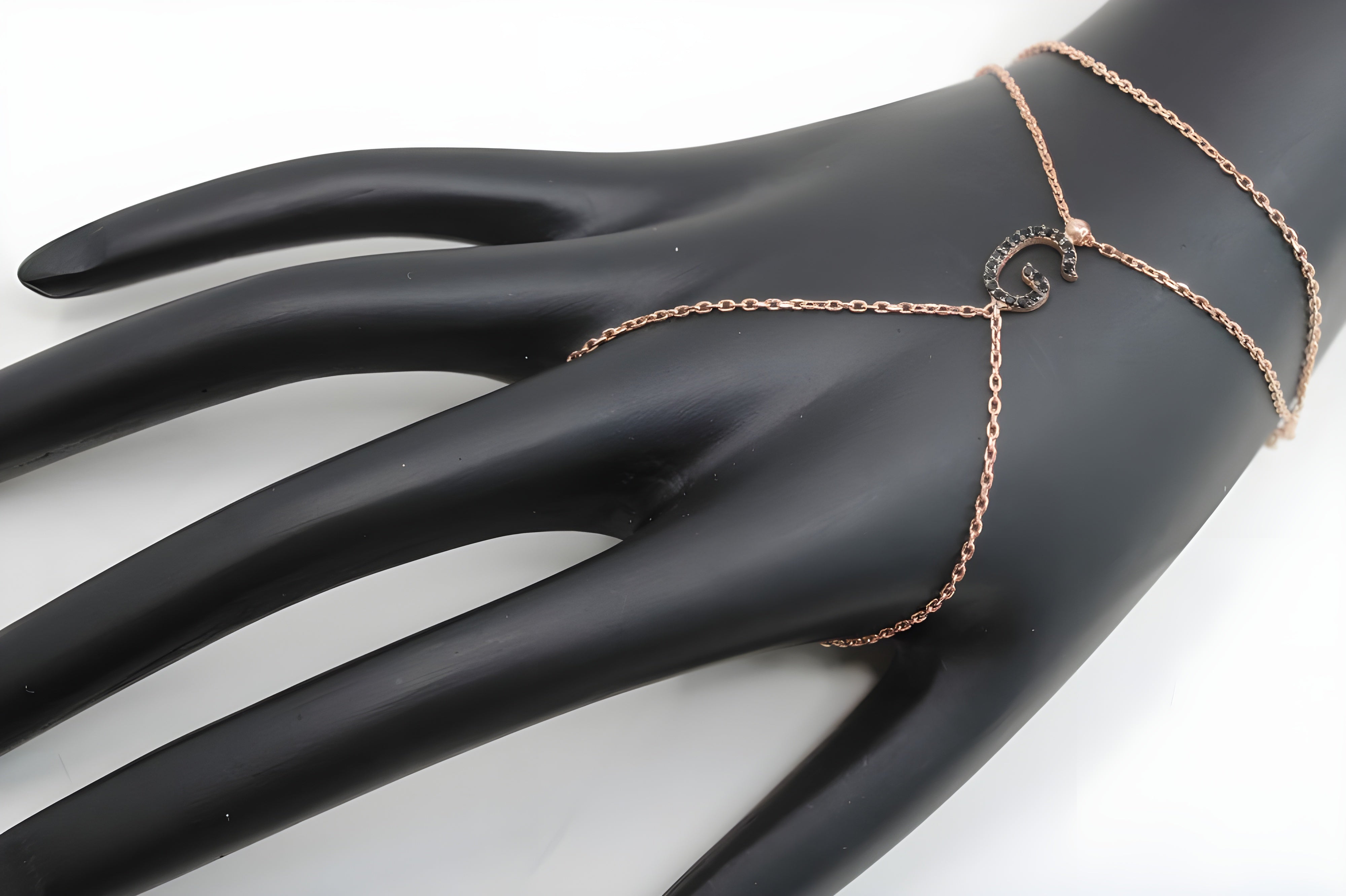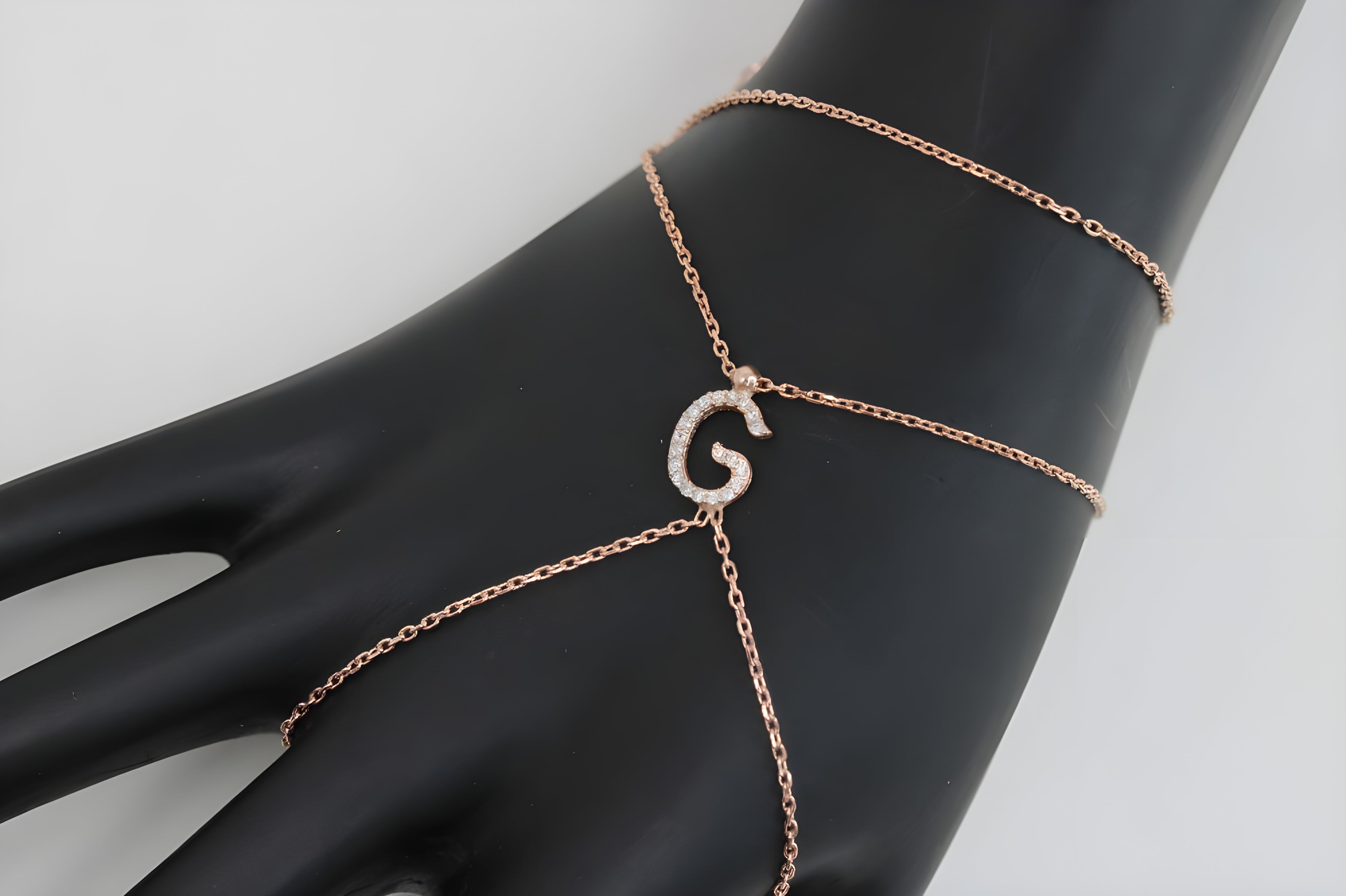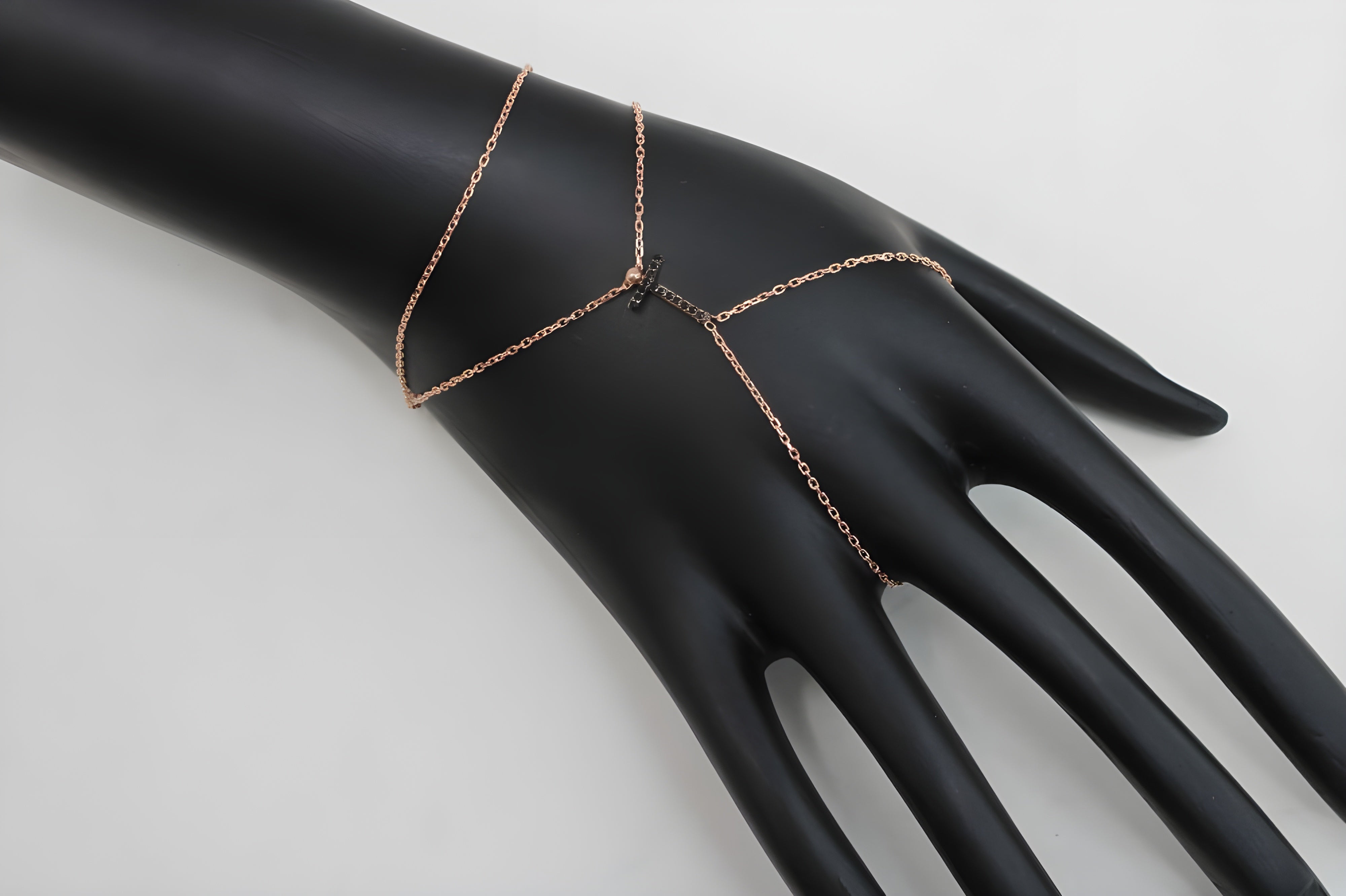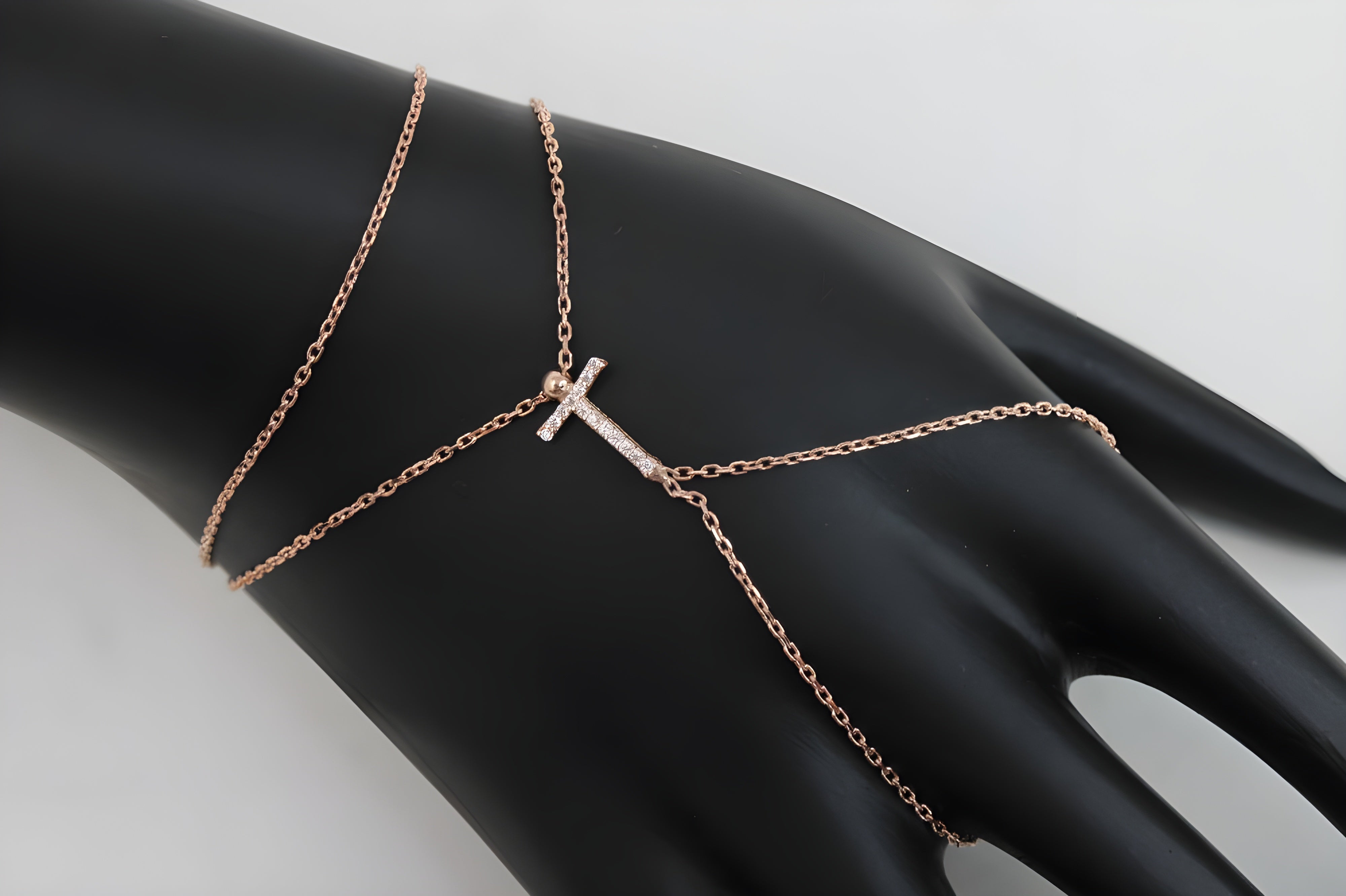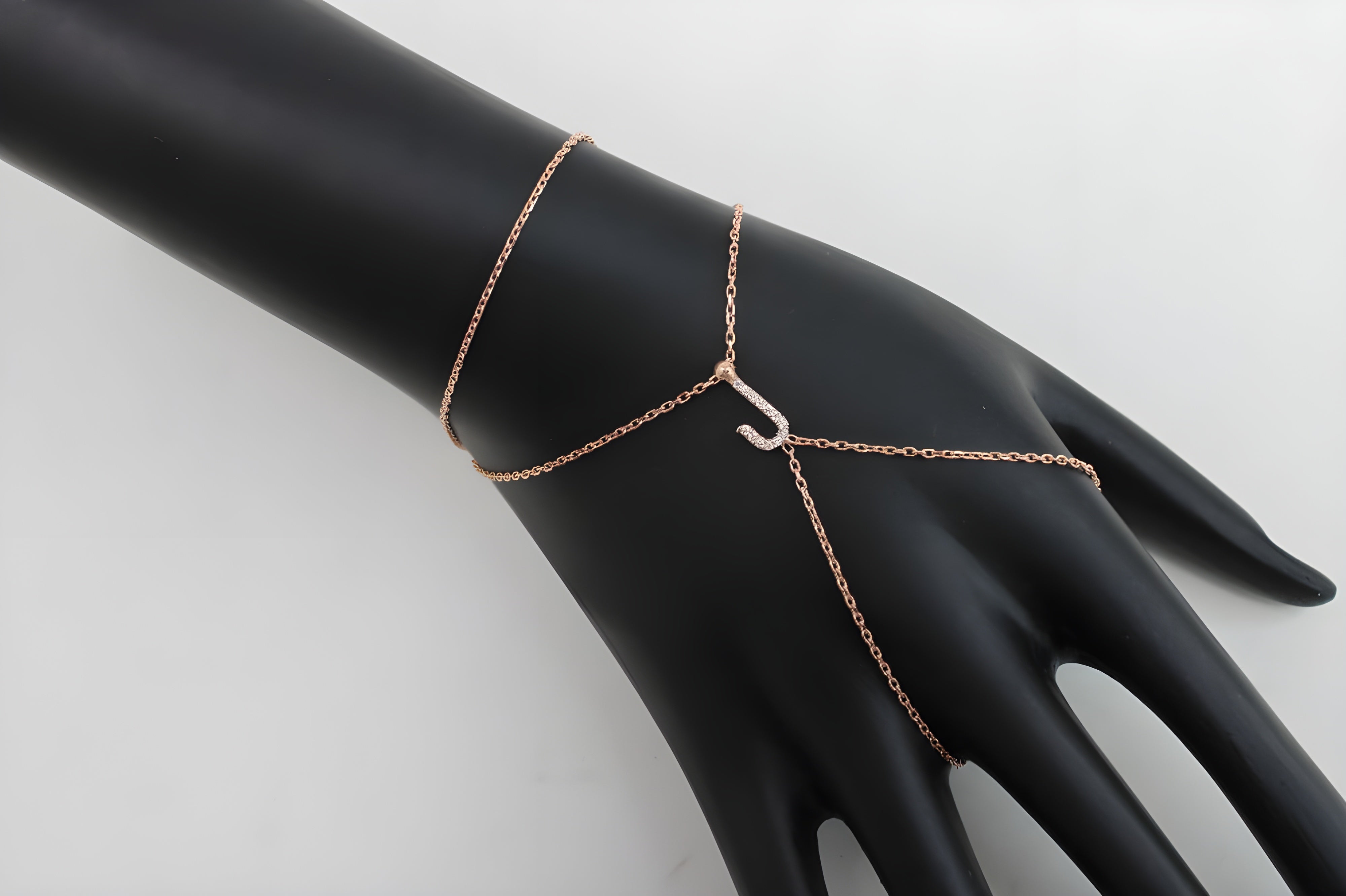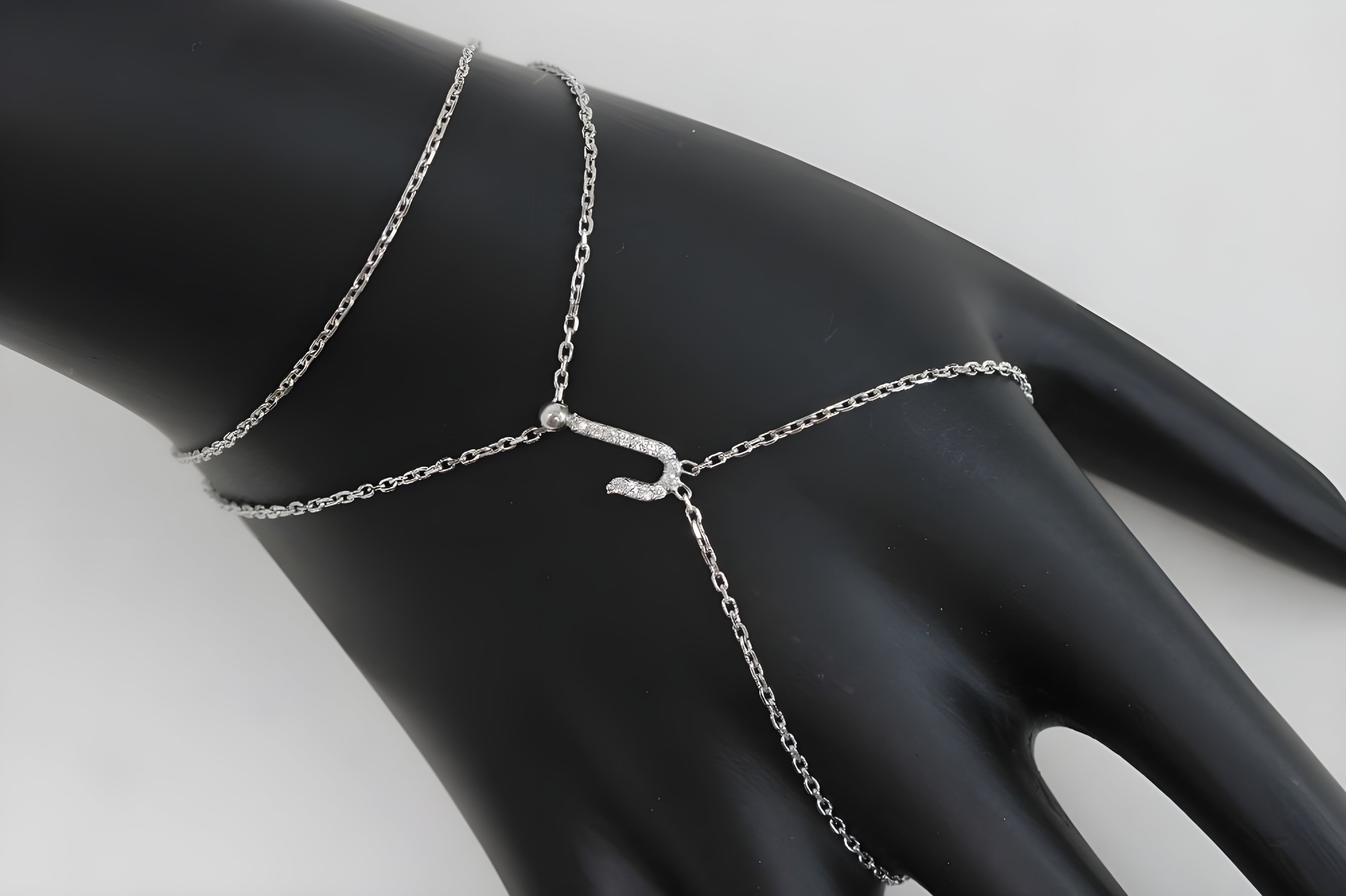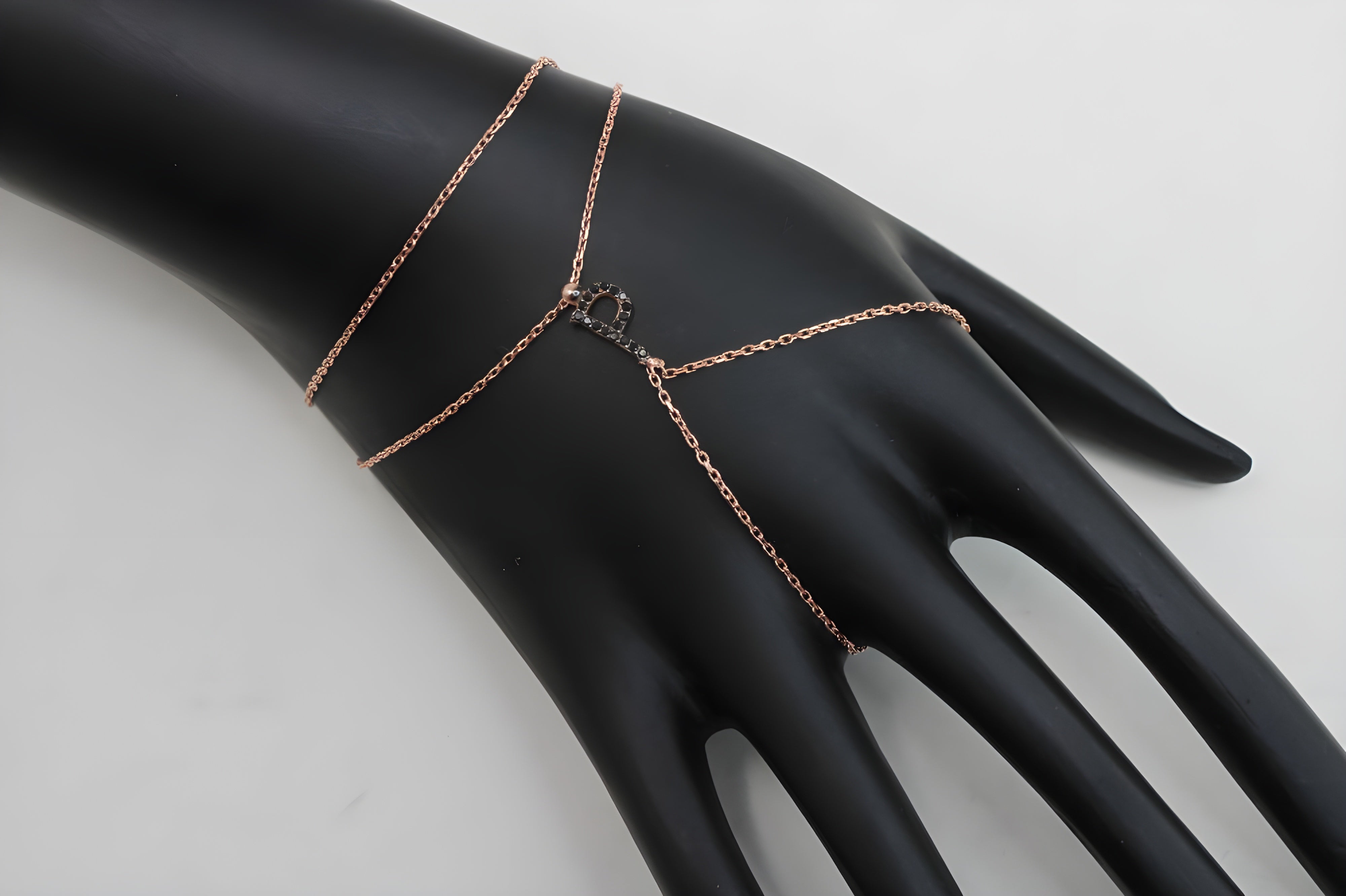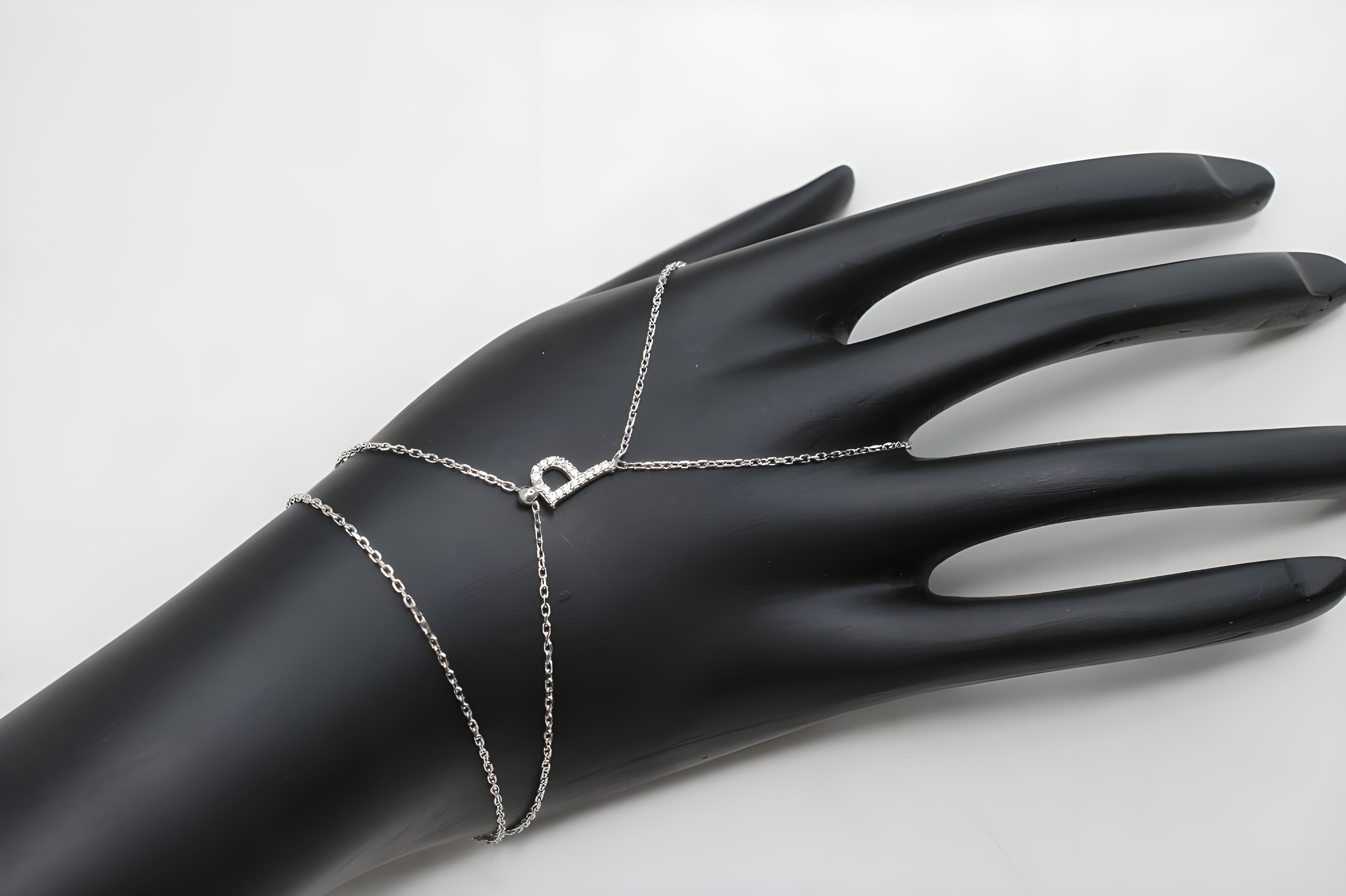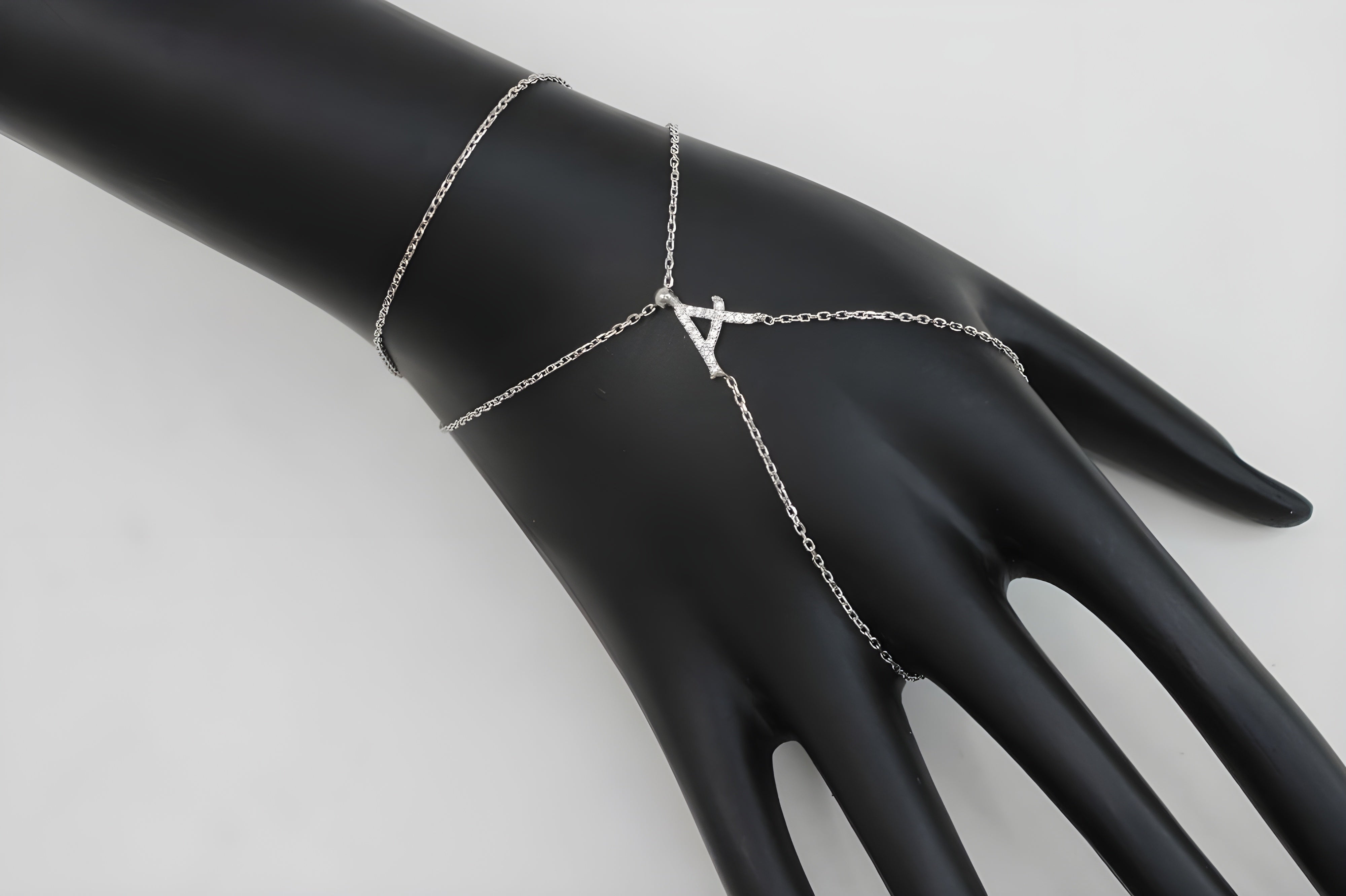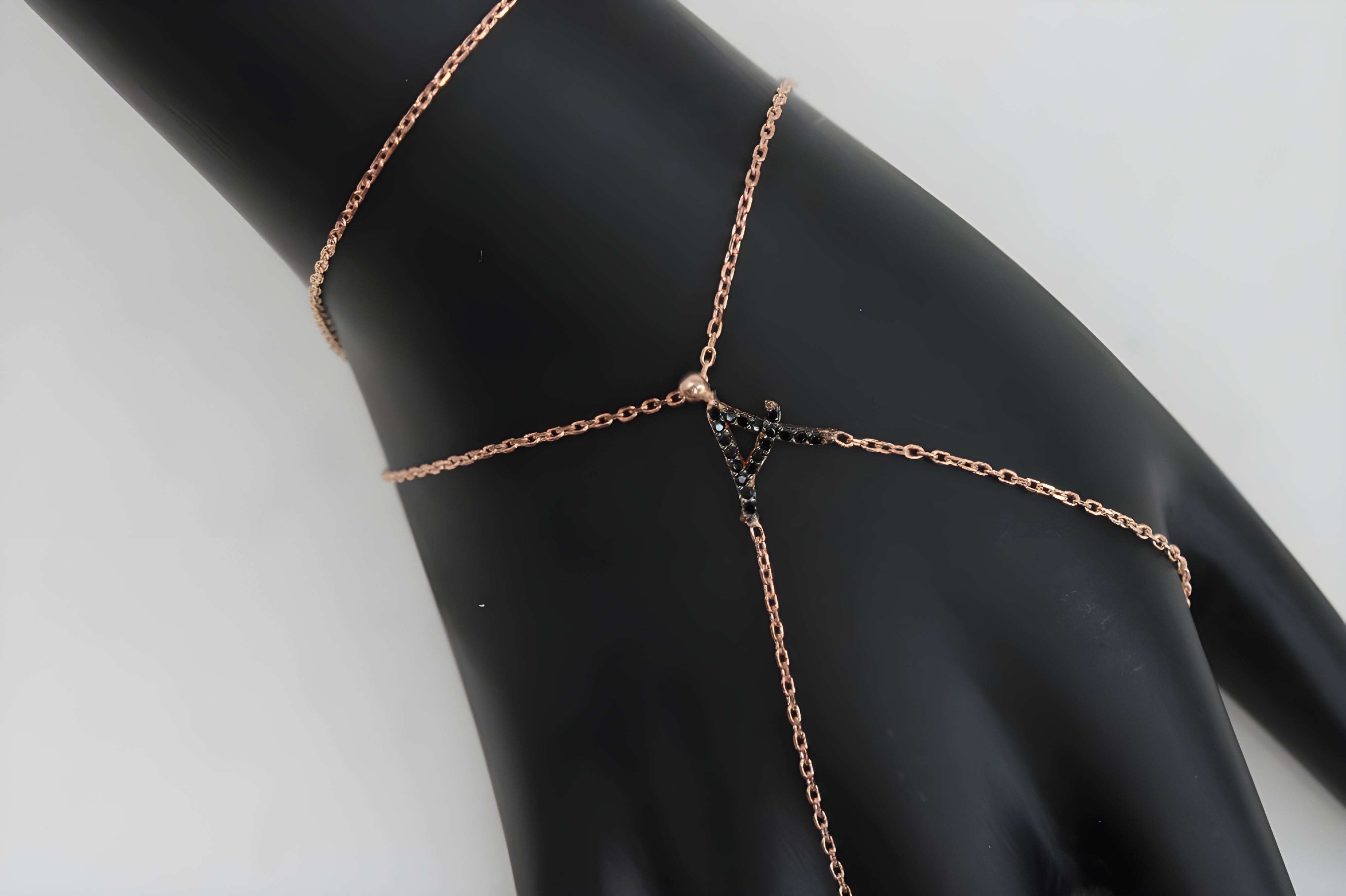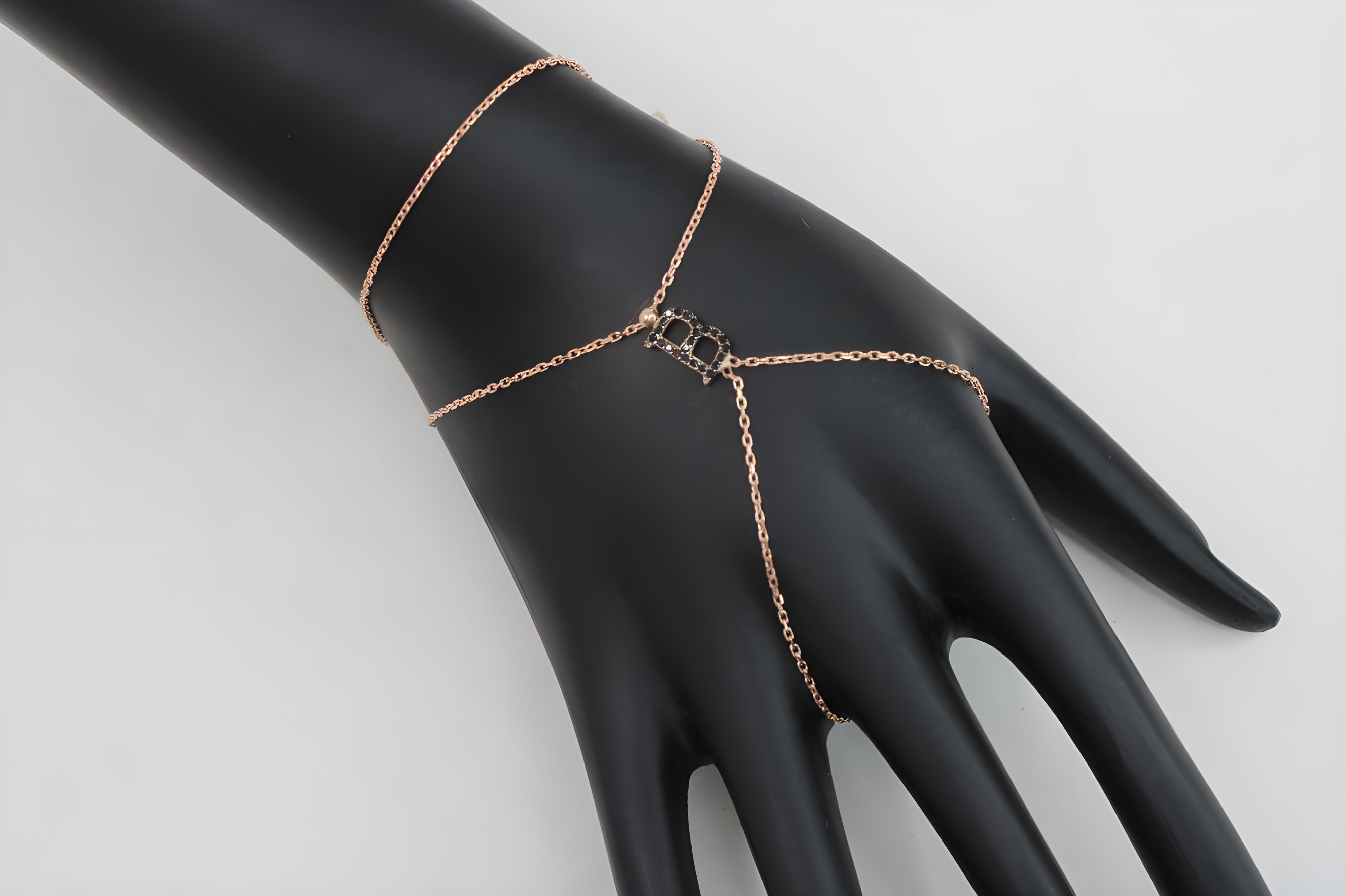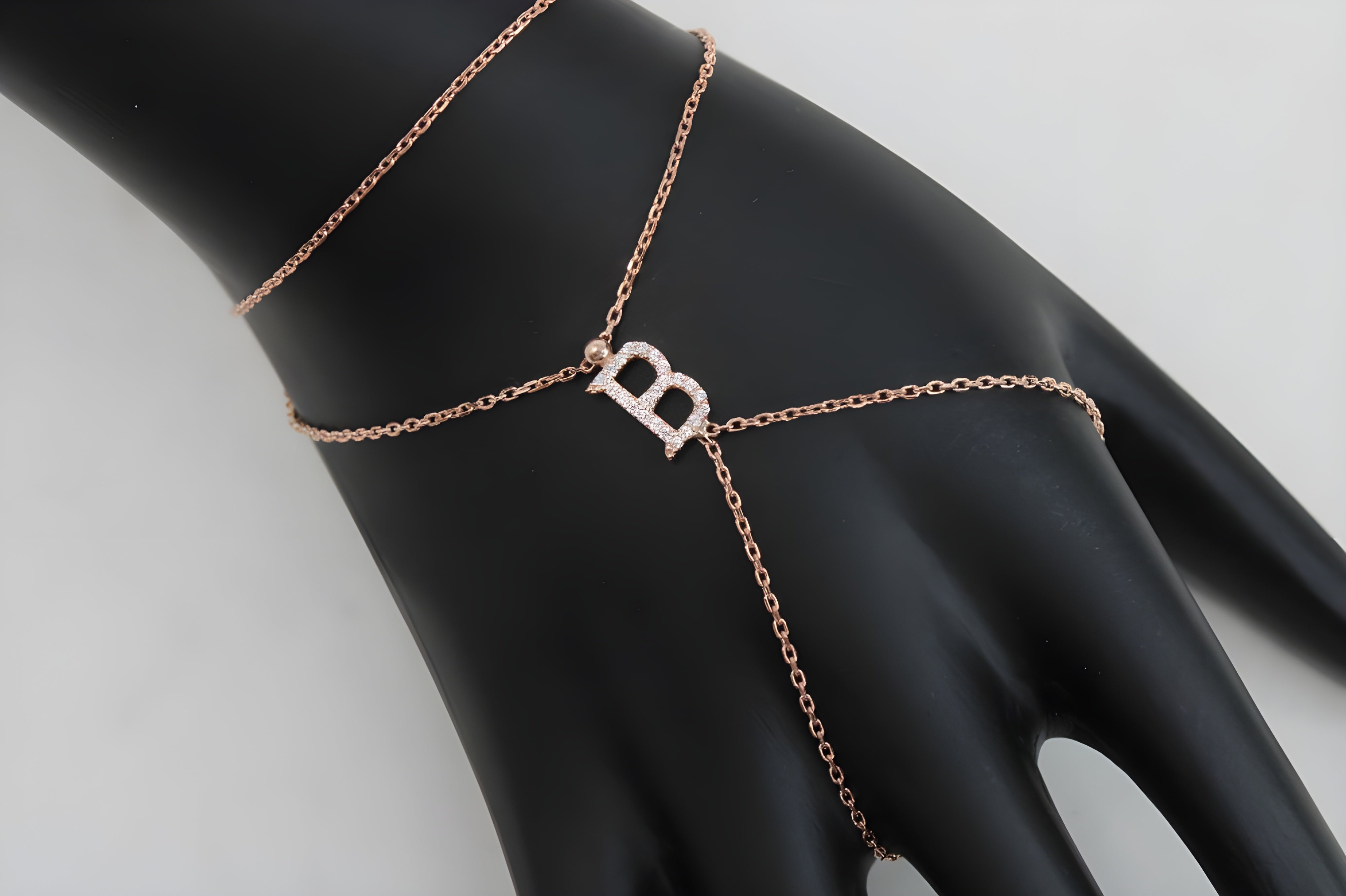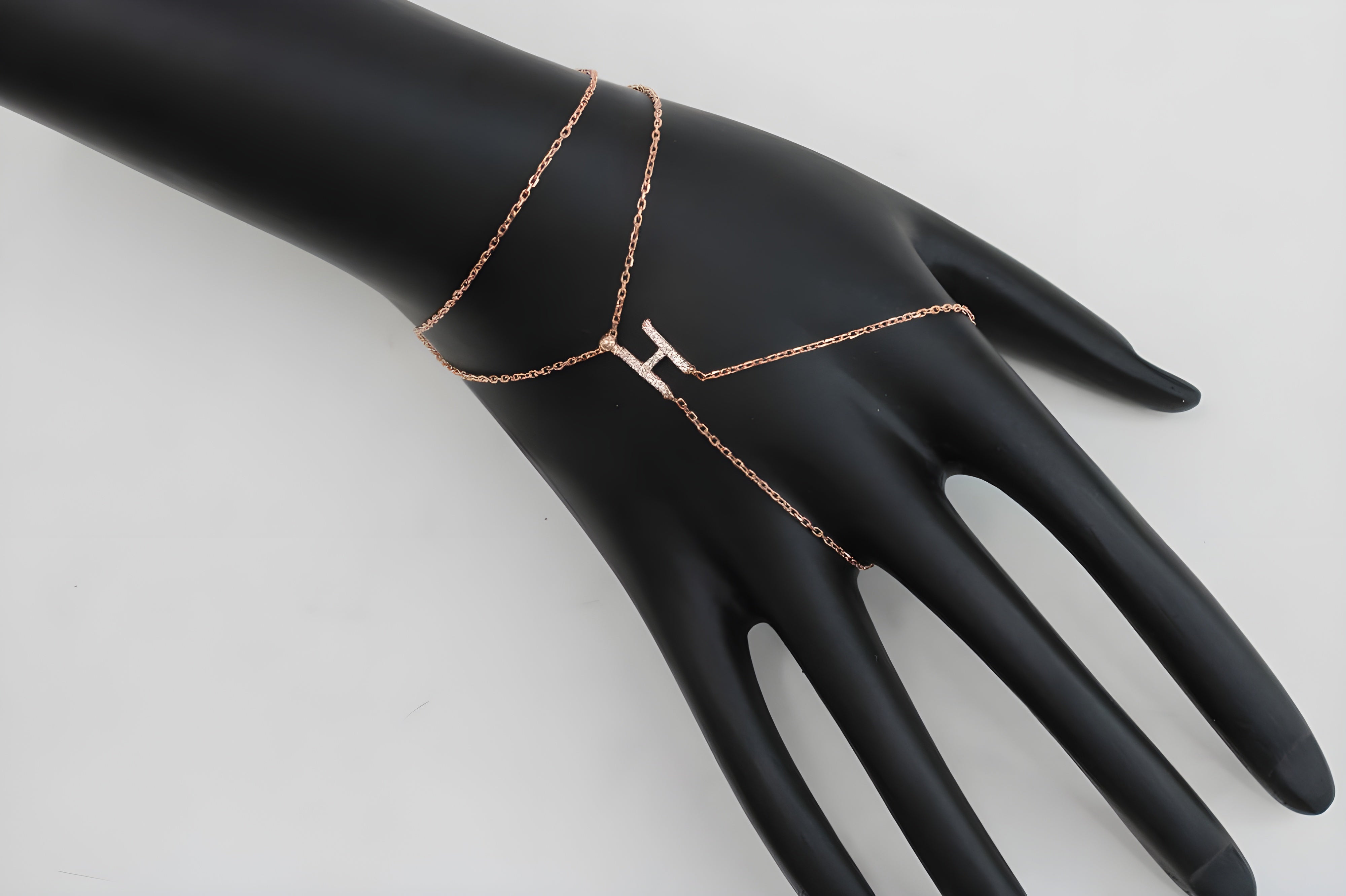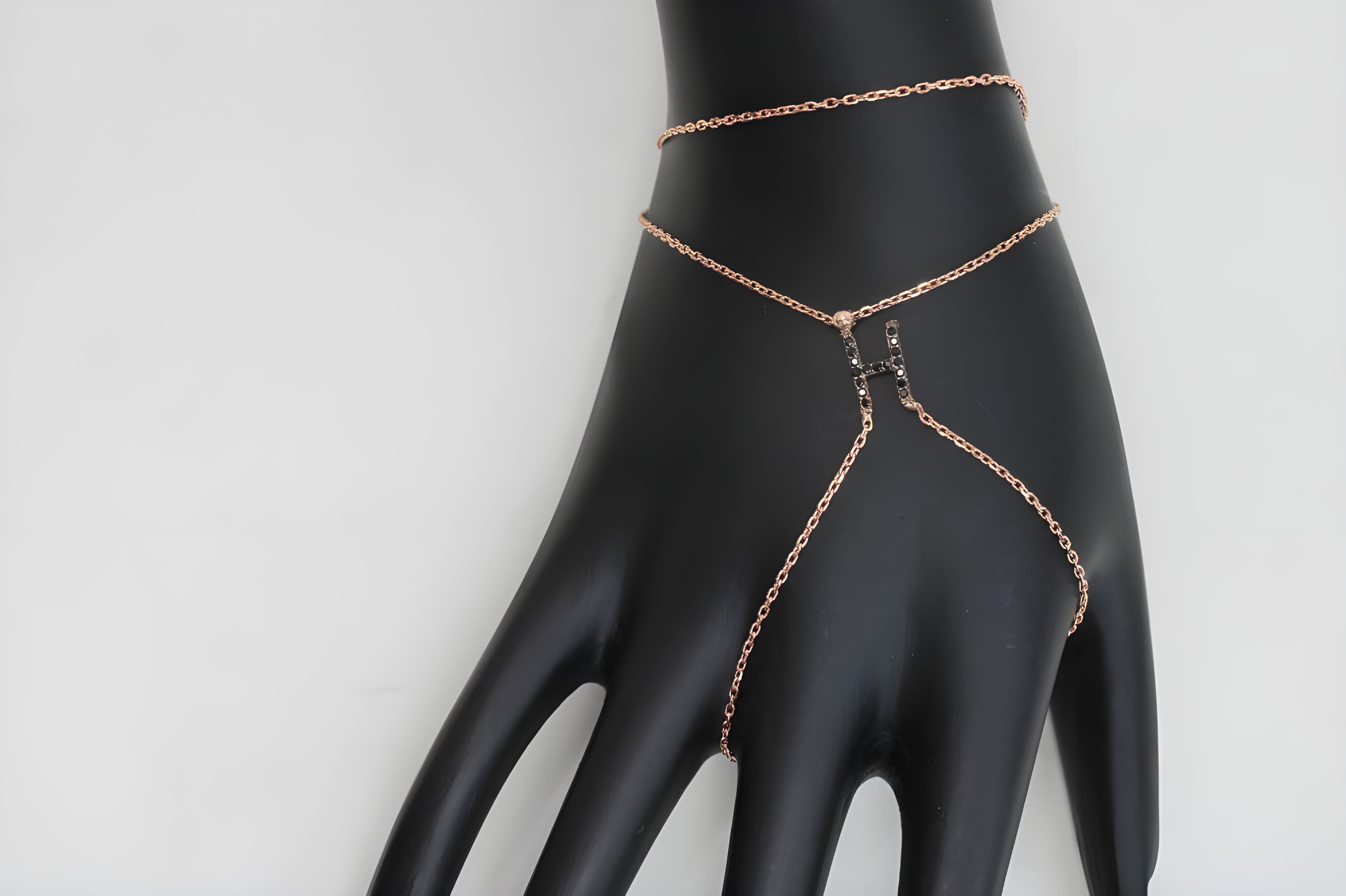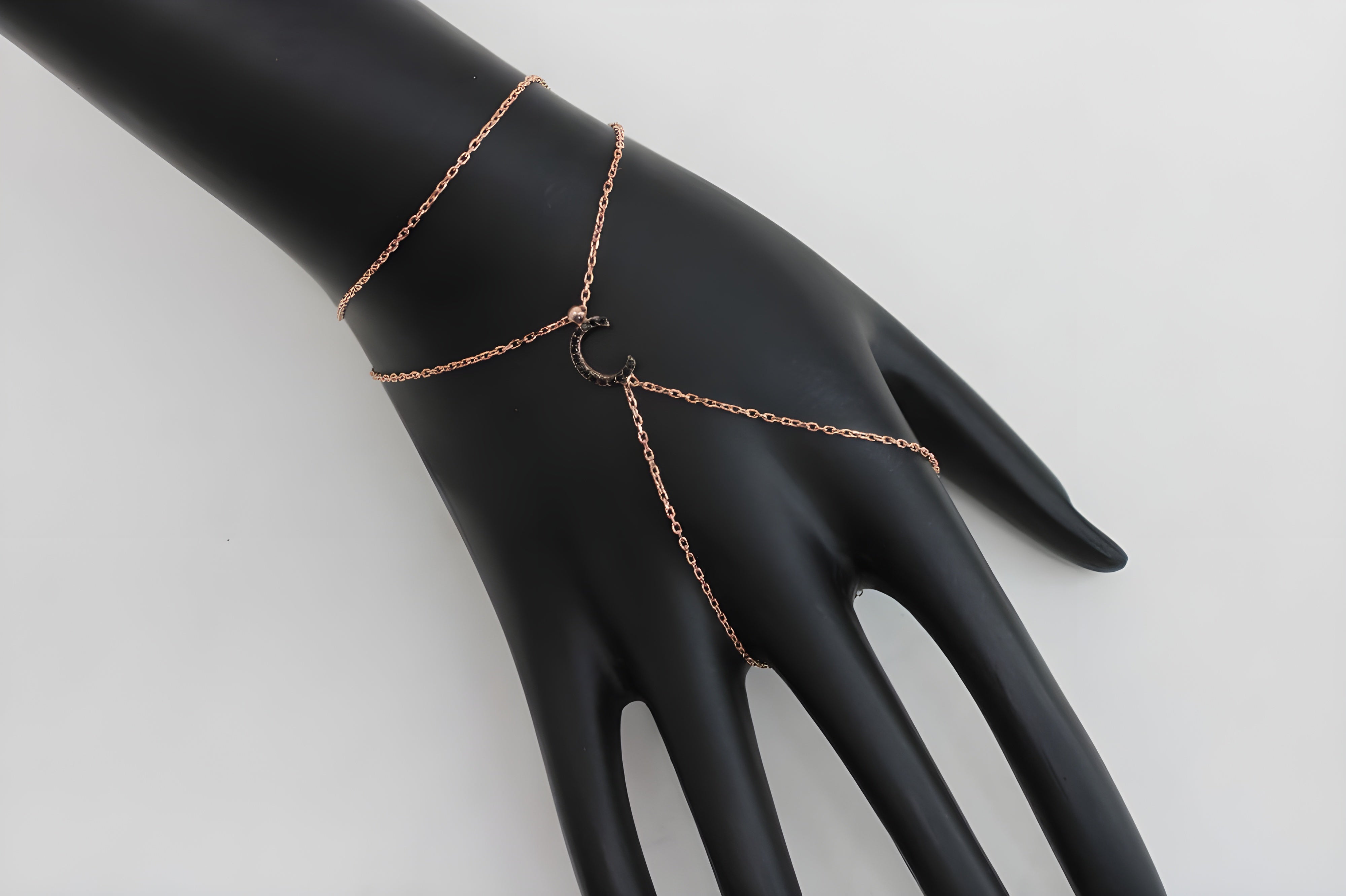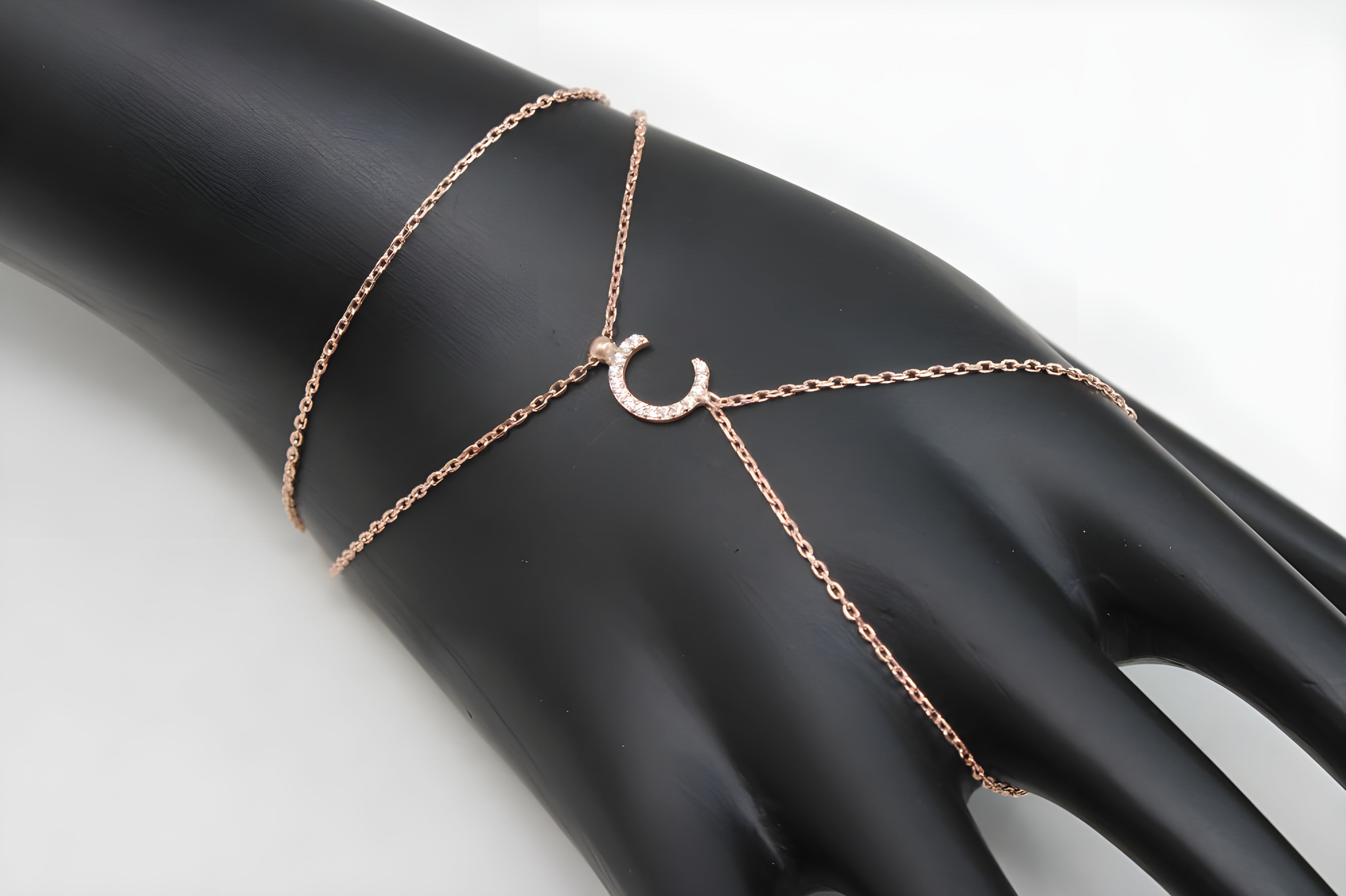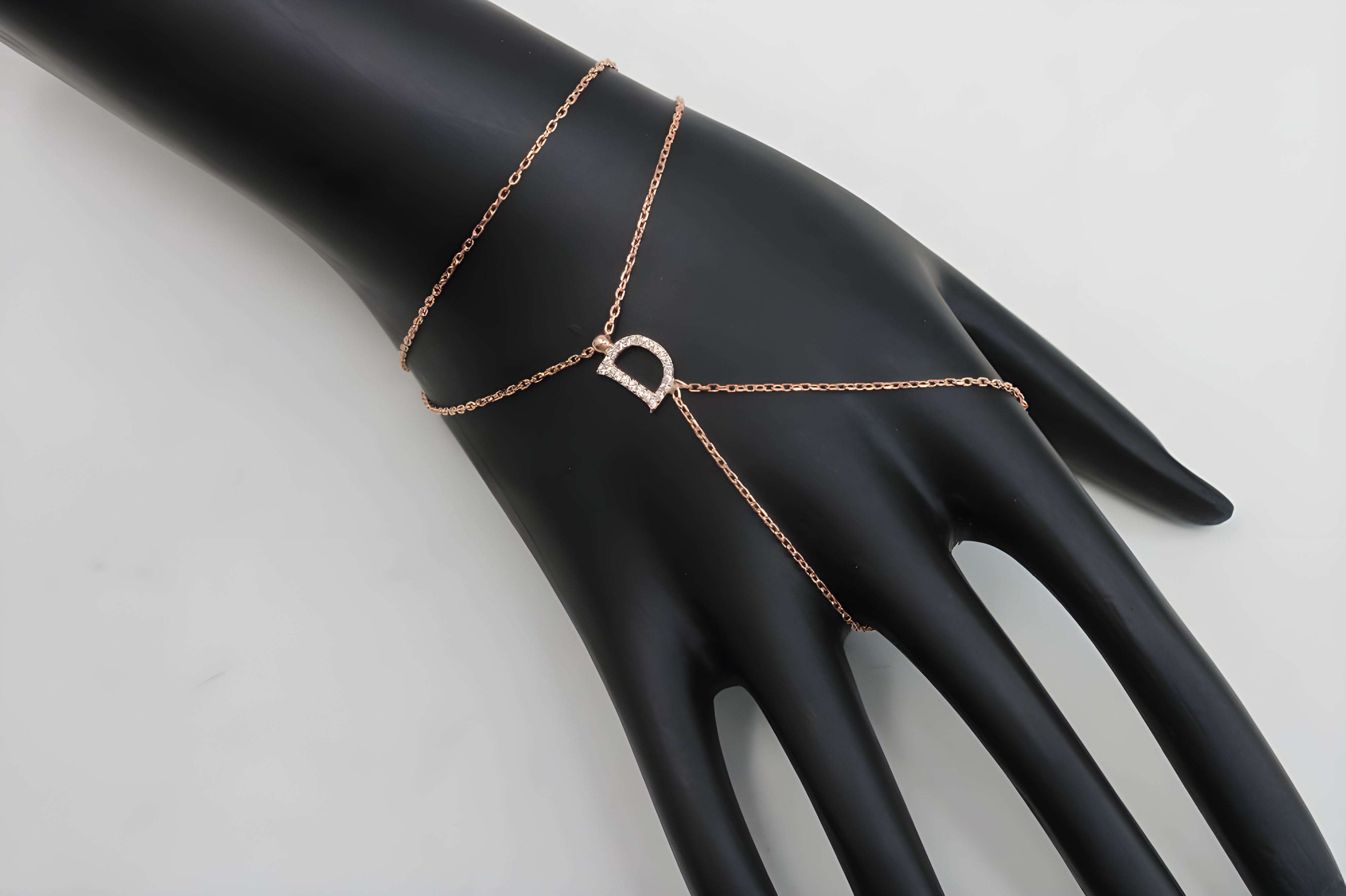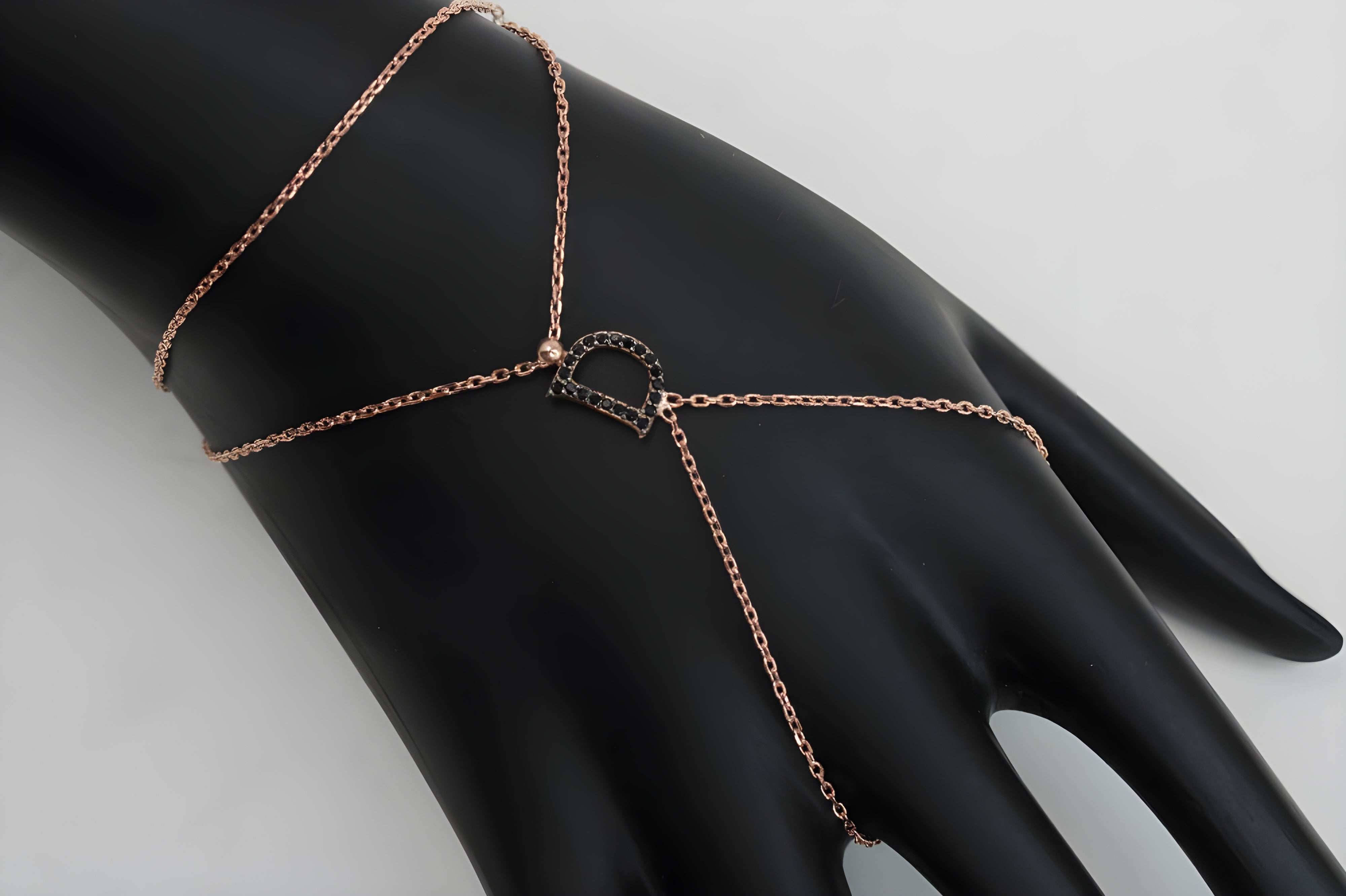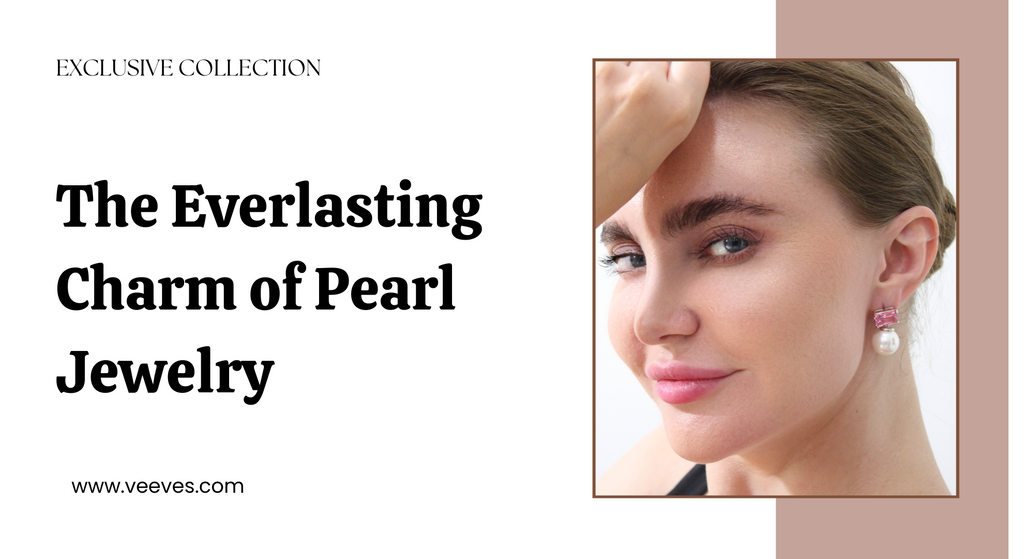
The Everlasting Charm of Pearl Jewelry

Pearl jewelry has long been a symbol of elegance, sophistication, and timeless beauty. Whether worn by ancient royalty or modern fashion icons, pearls have maintained their allure through centuries. As organic gems formed within mollusks, pearls offer a unique blend of natural beauty and cultural significance, distinguishing them from other gemstones.
In this blog, we’ll explore the enduring charm of pearl jewelry, diving into its rich history, unique qualities, styling tips, and practical advice on how to care for your pearls. Whether you’re a first-time buyer or a seasoned collector, this guide will help you appreciate why pearl jewelry remains an essential part of any jewelry collection.
1. The History of Pearl Jewelry: A Timeless Treasure
Pearls have fascinated people for thousands of years, earning the title of the "Queen of Gems" in many ancient cultures. From the Egyptians and Romans to the Chinese and Greeks, pearls were treasured for their natural luster and rarity. Cleopatra, for example, famously crushed a pearl and drank it in wine to display her wealth and power.
Pearl jewelry was historically reserved for royalty and the elite due to its scarcity. Before the advent of pearl farming in the 19th century, natural pearls were rare and difficult to find, often requiring divers to search the depths of oceans and rivers. The introduction of cultured pearls revolutionized the industry, making pearls more accessible to the public without compromising their beauty. Today, pearls are cherished worldwide, symbolizing purity, wisdom, and timeless style.

2. Why Pearls Are Unique Among Gemstones
What sets pearls apart from other gemstones is their organic origin. Unlike diamonds or rubies, which are mined from the earth and require cutting and polishing, pearls are created naturally within mollusks, primarily oysters or mussels. This process begins when an irritant, such as a grain of sand, enters the mollusk's shell, prompting the creature to secrete layers of nacre around it. Over time, these layers build up to form a pearl.
Pearls are the only gems that come directly from a living organism, which makes them inherently unique. Their creation is a combination of natural processes and the delicate balance of the ocean or freshwater environments. This gives pearls a soft, lustrous quality that is unlike the sharp brilliance of faceted stones. The fact that no two pearls are exactly alike adds to their charm and appeal.
3. How to Style Pearl Jewelry for Any Occasion
One of the reasons for the enduring appeal of pearl jewelry is its versatility. Whether you're attending a formal event or running errands, pearls can be styled to suit any occasion. Here are some ideas for incorporating pearls into your wardrobe:
Casual Chic:
For a casual yet sophisticated look, opt for a simple pearl pendant or a pair of pearl stud earrings. These minimalist pieces can easily be paired with a sundress, jeans, or a business-casual outfit, adding a touch of elegance without being too overpowering.
Professional Elegance:
Pearl jewelry is the perfect accessory to elevate your work attire. A strand of Akoya pearls or a set of pearl drop earrings can add a sense of refinement and professionalism to your business suit or office ensemble. Opt for subtle pieces that won't overshadow your overall look, allowing the pearls to shine just enough to enhance your outfit.
Evening Glamour:
When it comes to formal events, pearls can take center stage. A statement necklace made of South Sea or Tahitian pearls will immediately draw attention and complement your evening gown. Pearl-encrusted earrings or bracelets can add an extra layer of glamour, ensuring you stand out at any special event.
Bridal Beauty:
Pearls are often associated with weddings due to their classic beauty and symbolism of purity and love. Whether it’s a delicate pearl necklace, a pair of chandelier earrings, or a pearl-studded hairpiece, brides often incorporate pearls into their wedding day look for a timeless, elegant aesthetic.
4. Caring for Pearl Jewelry: Tips for Longevity and Shine
Pearls are delicate gems, requiring special care to maintain their beauty and longevity. Here are some essential tips for taking care of your pearl jewelry:
Avoid Chemicals:
Pearls are sensitive to chemicals found in perfumes, lotions, hairsprays, and cosmetics. To protect your pearls, always put on your pearl jewelry after applying any beauty products. If you're planning to wear perfume, allow it to dry before wearing your pearls.
Store Properly:
Unlike harder gemstones, pearls can be easily scratched by other jewelry. Always store your pearls in a soft pouch or a lined jewelry box, keeping them separate from other pieces to avoid scratches. Never store them in plastic bags, as plastic can release harmful chemicals over time.
Clean Gently:
After wearing your pearls, wipe them gently with a soft cloth to remove any oils or residue. For a deeper clean, use lukewarm water and mild soap, but never submerge your pearls for extended periods. It's important to avoid ultrasonic cleaners or harsh chemicals, as these can damage the nacre (the outer layer of pearls).
Wear Often:
Believe it or not, pearls benefit from being worn regularly. The natural oils from your skin help keep the pearls hydrated and shiny, preventing them from becoming dull or brittle over time. However, avoid exposing them to excessive moisture or heat.
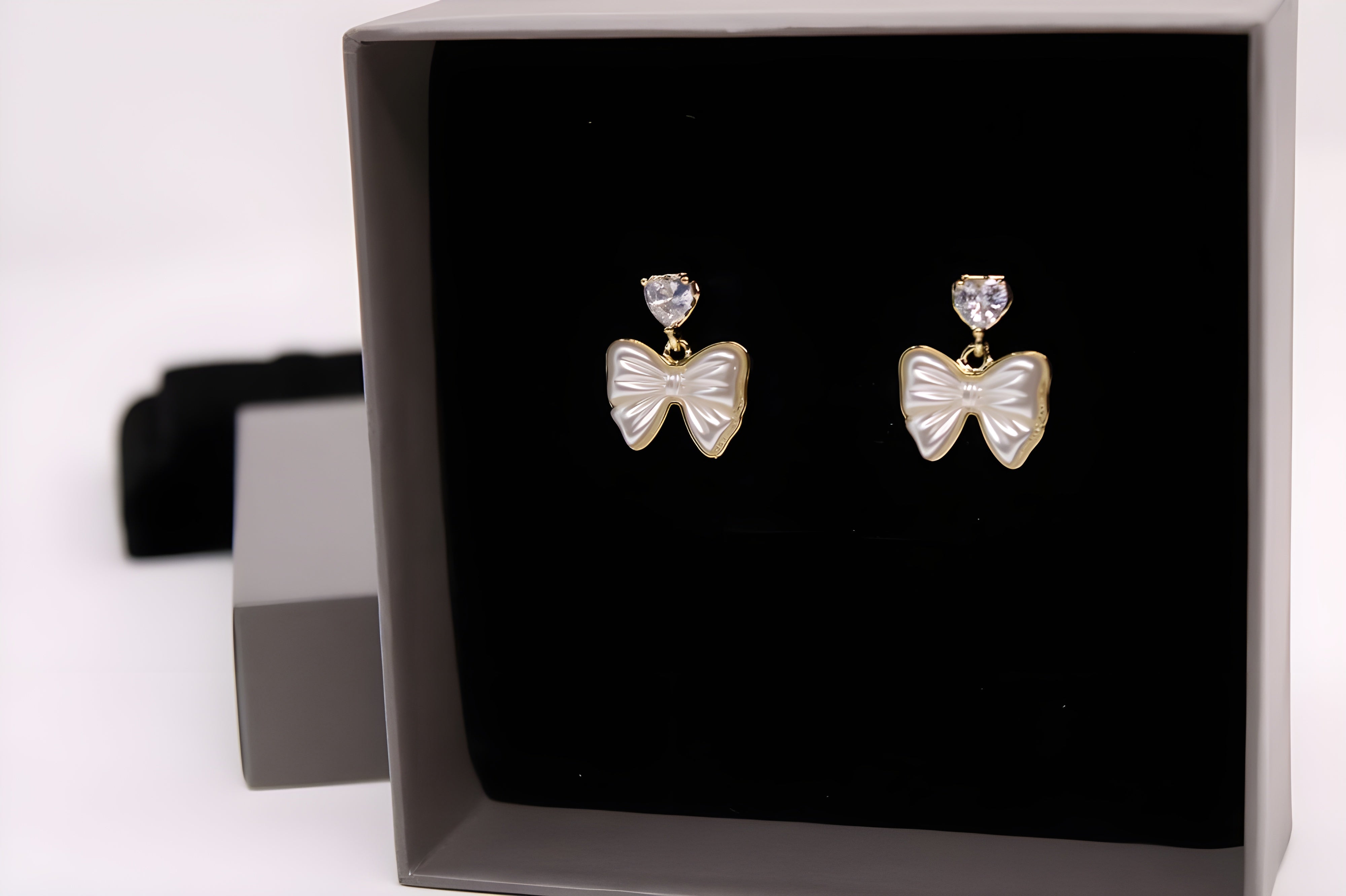
5. Frequently Asked Questions About Pearl Jewelry
Are pearls considered expensive?
The price of pearls can vary widely depending on the type, size, and quality. Akoya and South Sea pearls tend to be more expensive, while freshwater pearls offer a more affordable option. Factors like luster, surface quality, and shape also impact the cost.
Can pearls be worn every day?
Yes! Pearls are versatile and can be worn daily. Just be sure to take extra care to avoid chemicals and store them properly when not in use to maintain their beauty.
What is the difference between natural and cultured pearls?
Natural pearls are formed without human intervention, making them extremely rare and valuable. Cultured pearls, on the other hand, are grown with human assistance by inserting a bead or tissue into a mollusk. Both natural and cultured pearls are beautiful, but cultured pearls are more common and accessible.
How do I know if a pearl is high-quality?
When assessing pearl quality, consider the following:
- Luster: The shine and reflection of the pearl’s surface. The higher the luster, the more valuable the pearl.
- Surface: Look for smoothness and minimal imperfections.
- Shape: Round pearls are generally more valuable, but baroque pearls offer a unique, artistic appeal.
- Color: Pearl colors can range from classic white to exotic black and gold. Choose the color that best complements your personal style.
Conclusion
Pearl jewelry remains a beloved accessory for its timeless elegance, versatility, and natural beauty. Whether you’re drawn to the classic appeal of Akoya pearls or the exotic allure of Tahitian pearls, there’s a perfect pearl piece for every style and occasion. With proper care, pearl jewelry can last for generations, making it a valuable investment and a cherished heirloom. Add a touch of sophistication to your jewelry collection with pearls and embrace their enduring charm.



